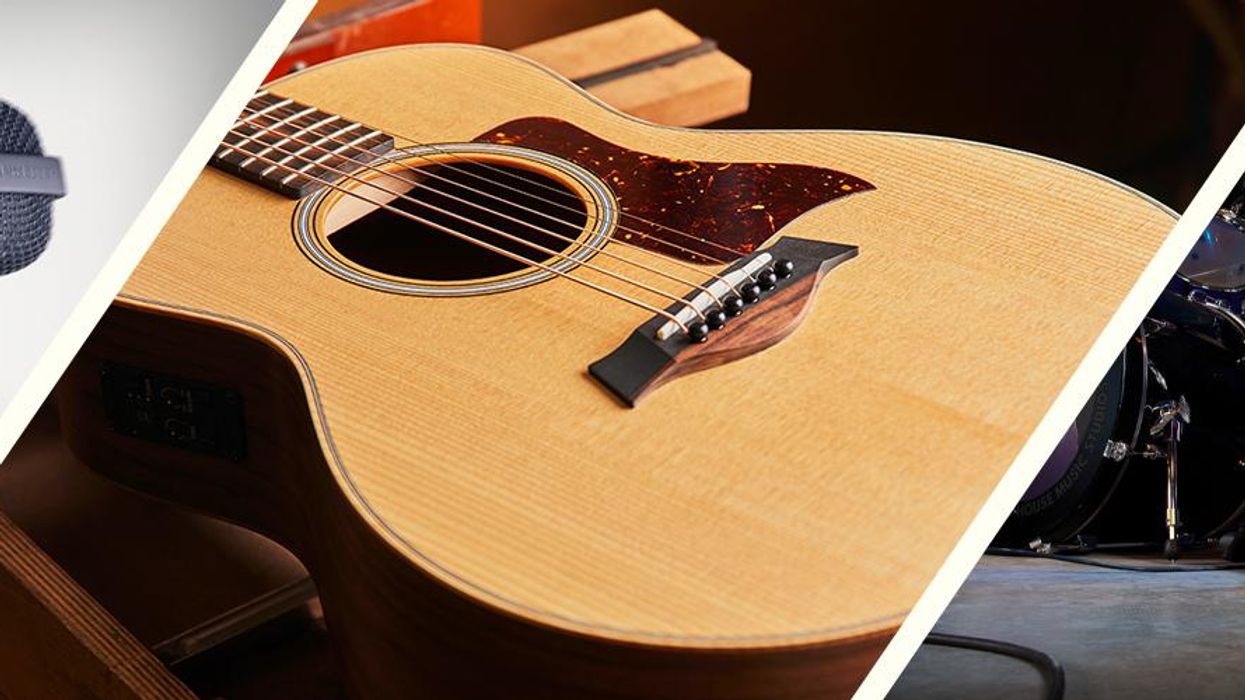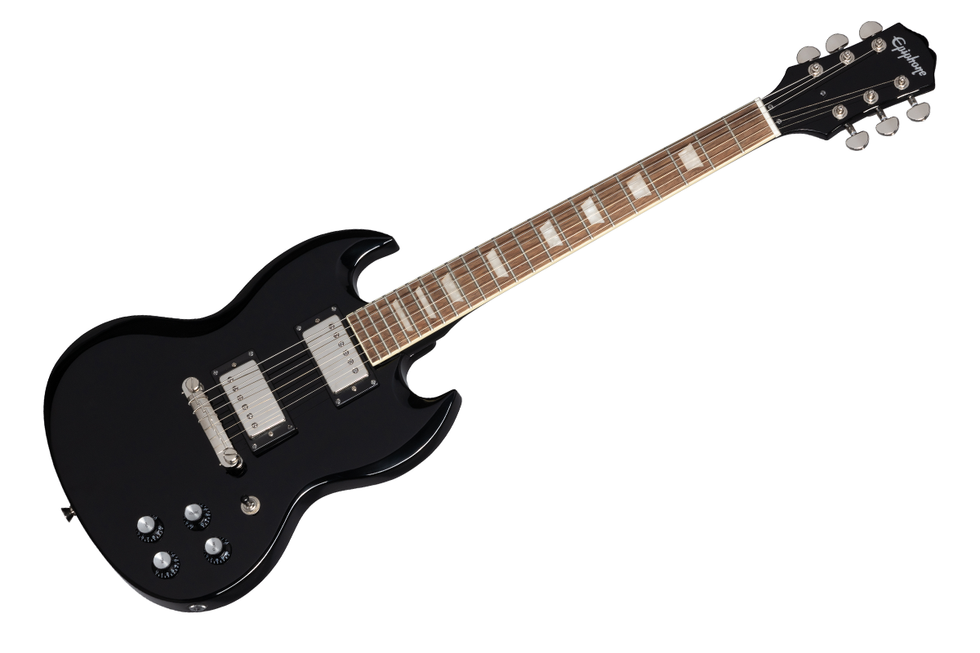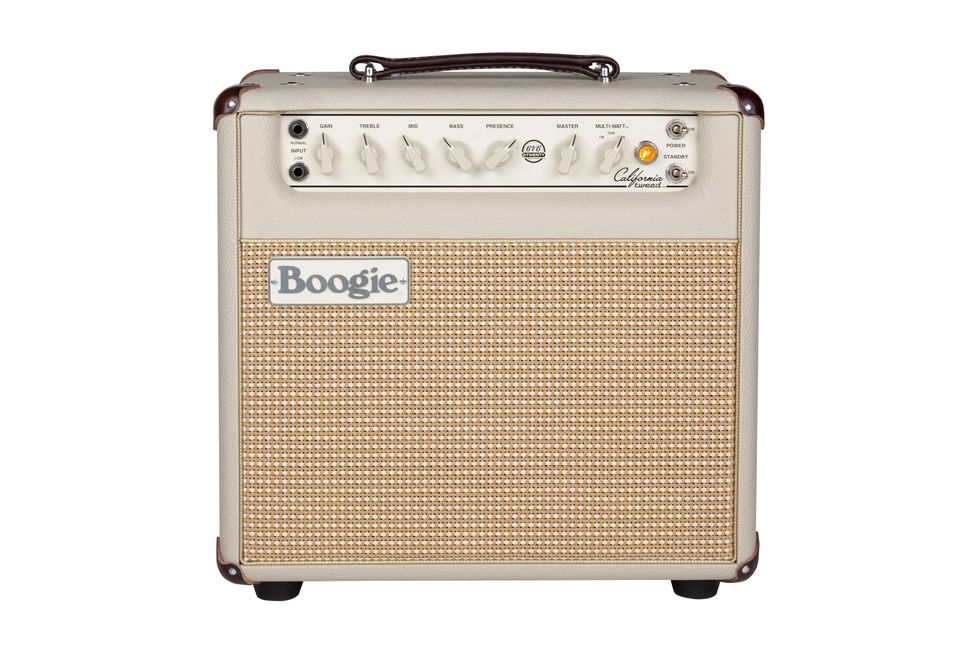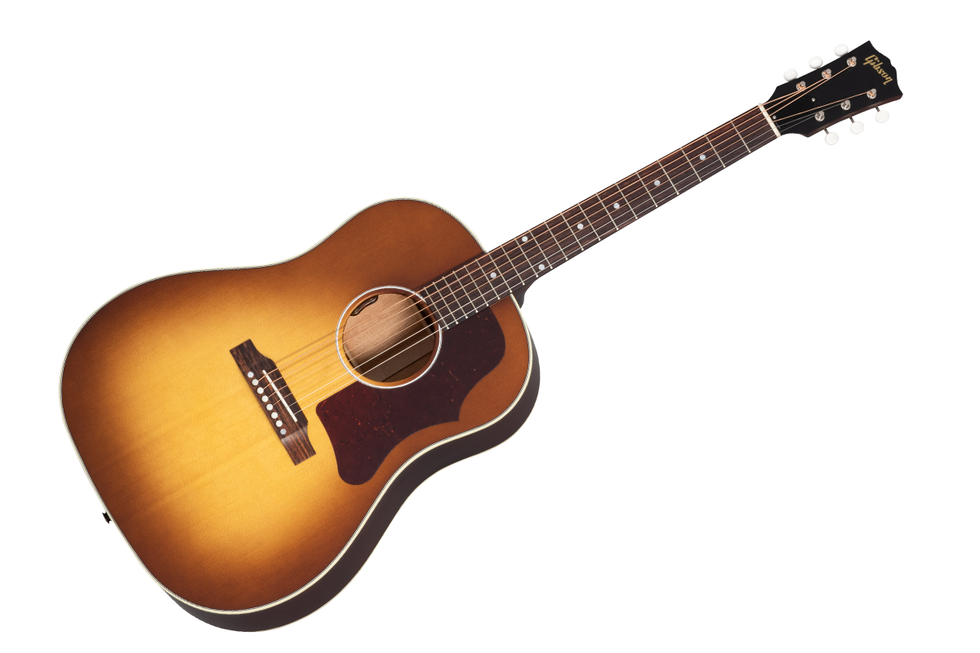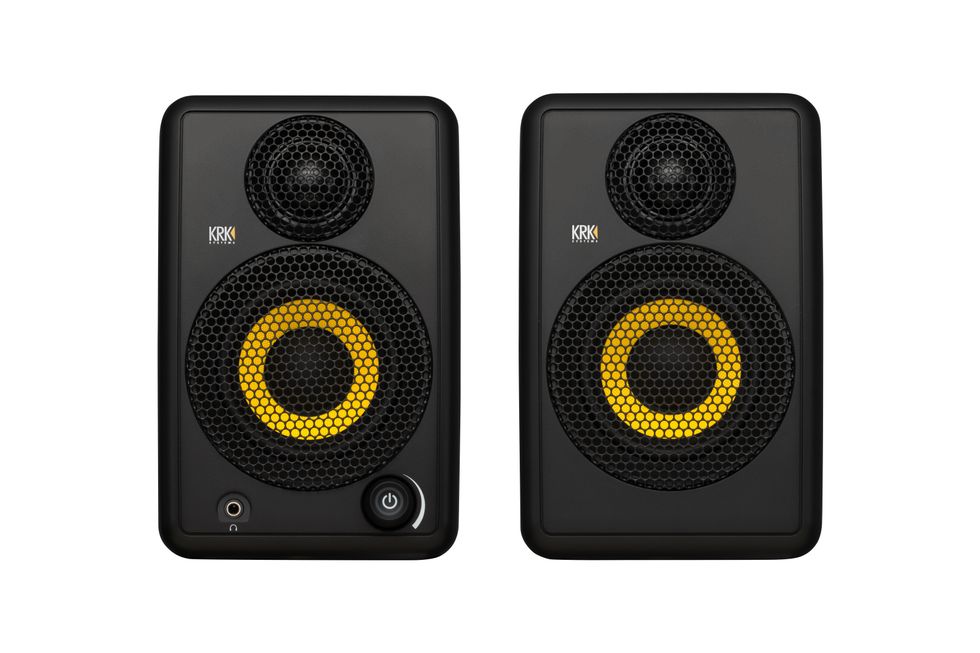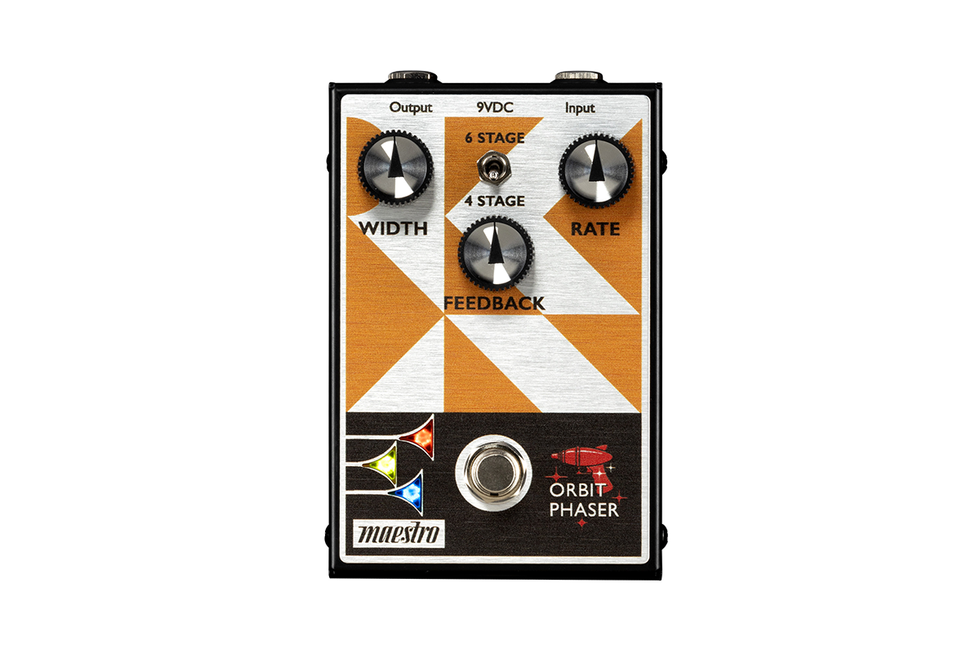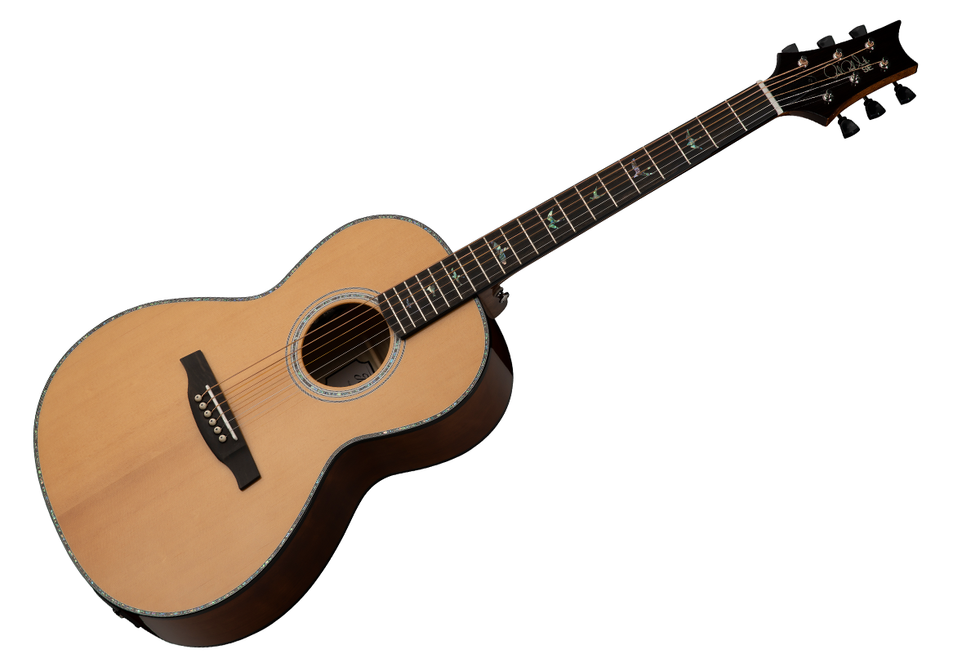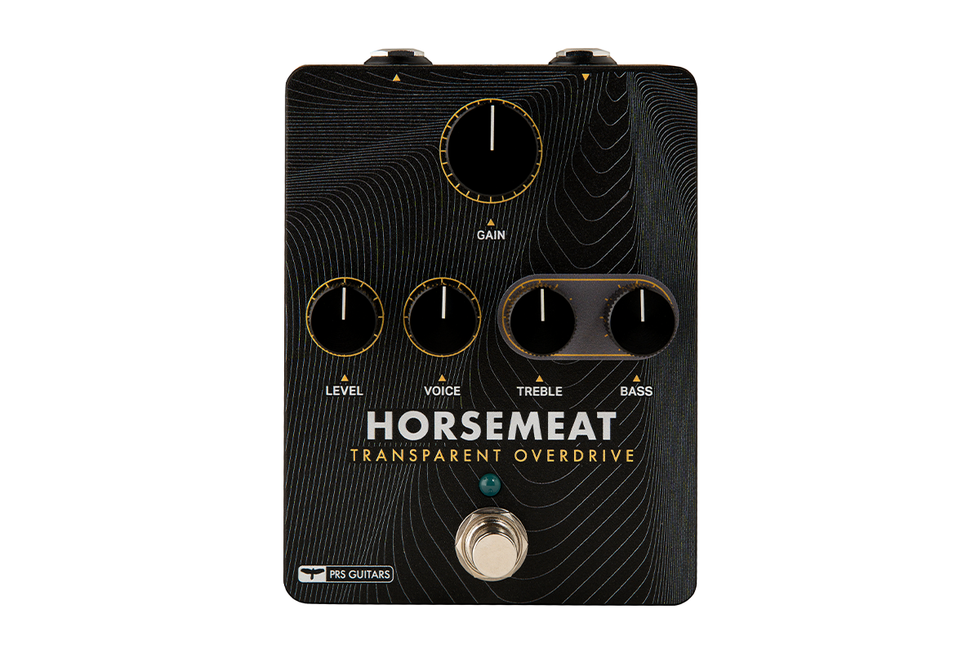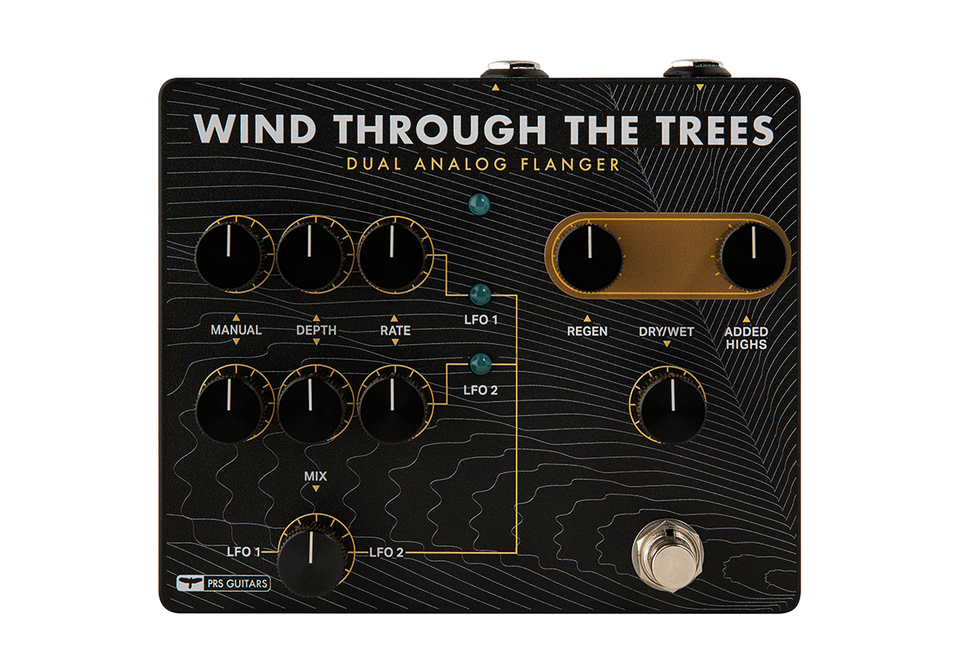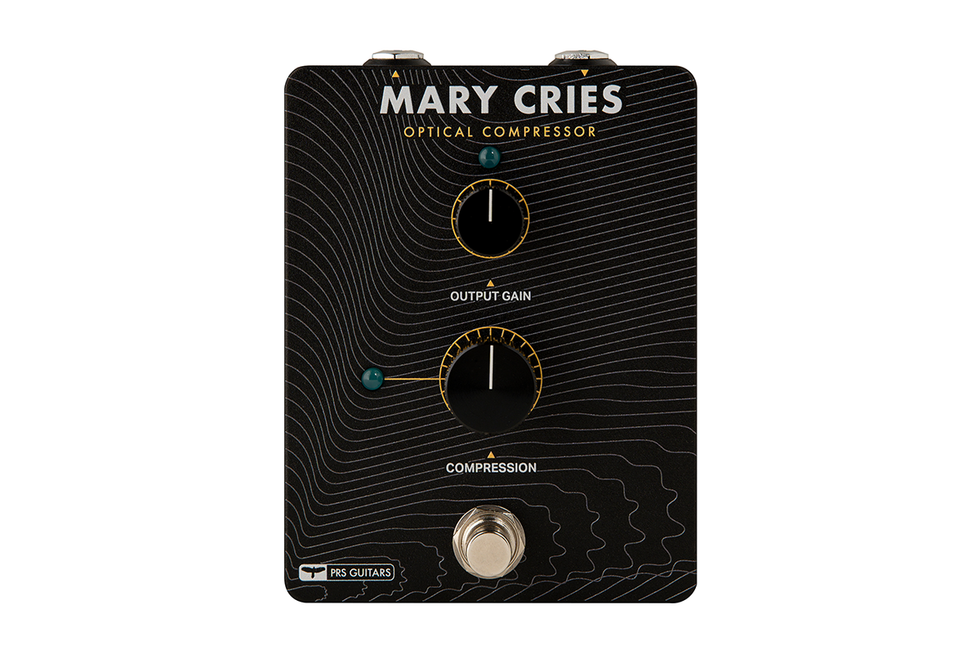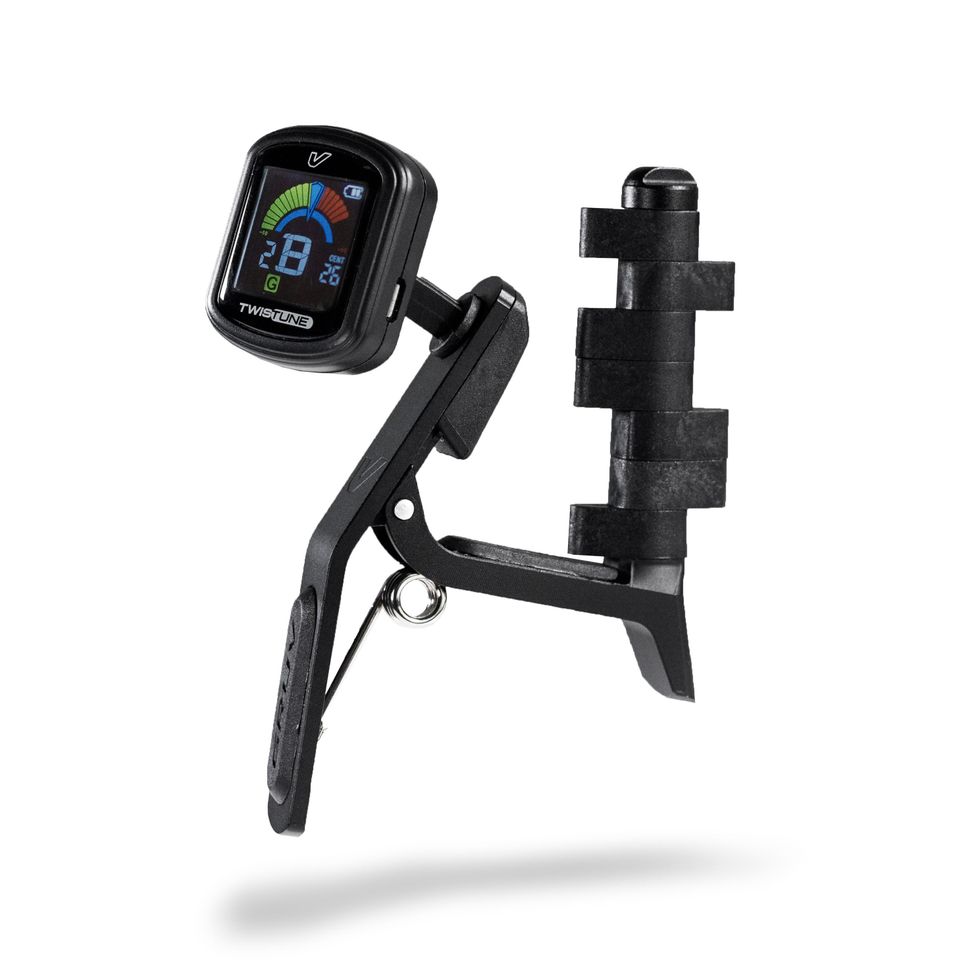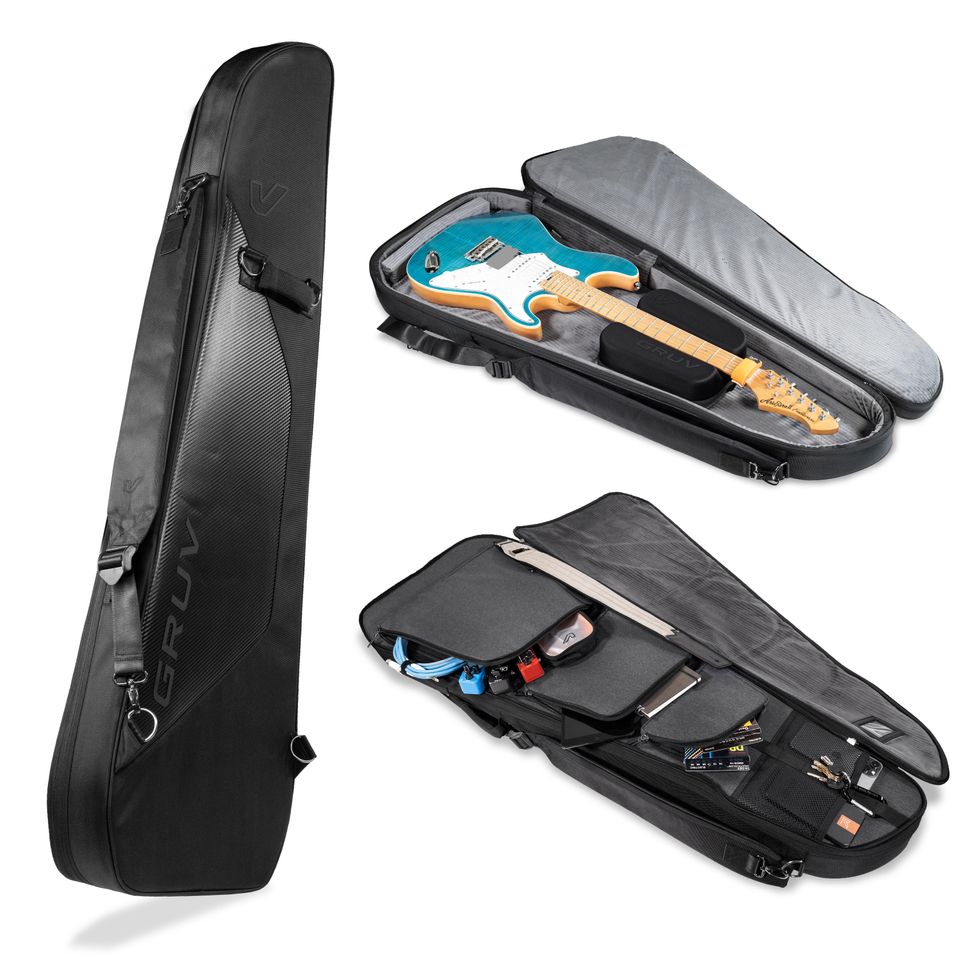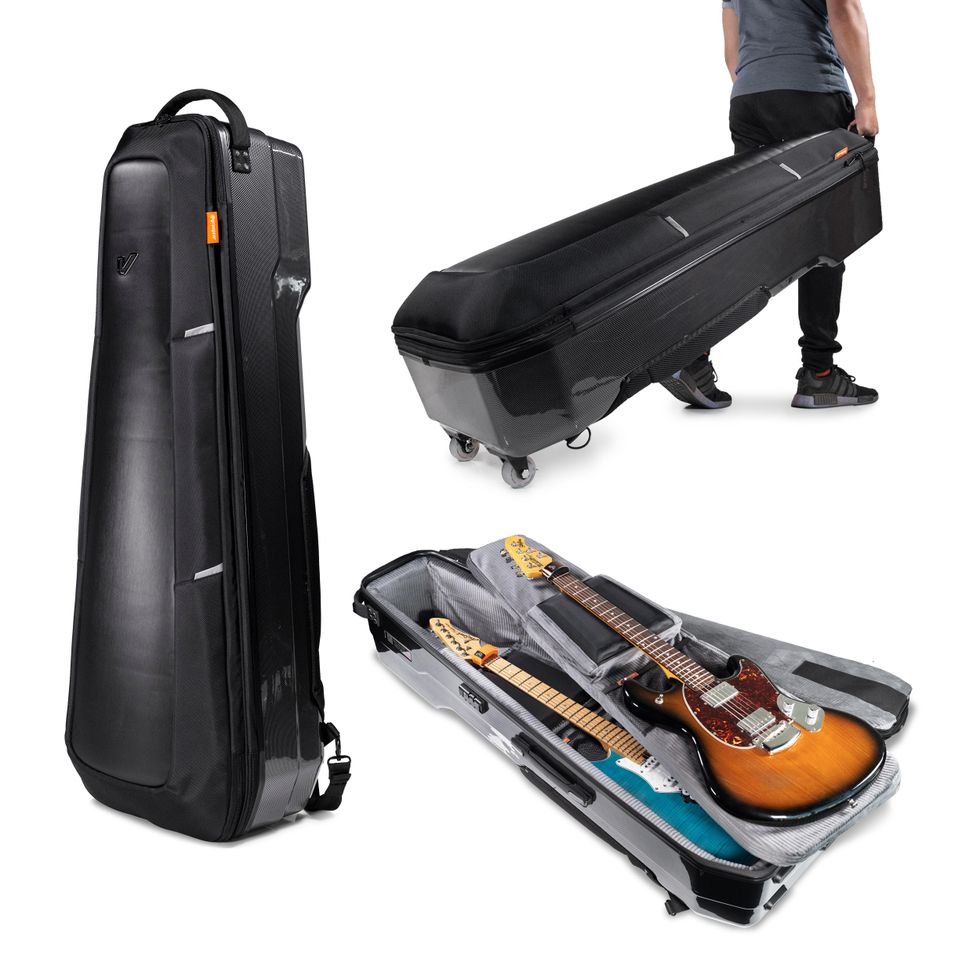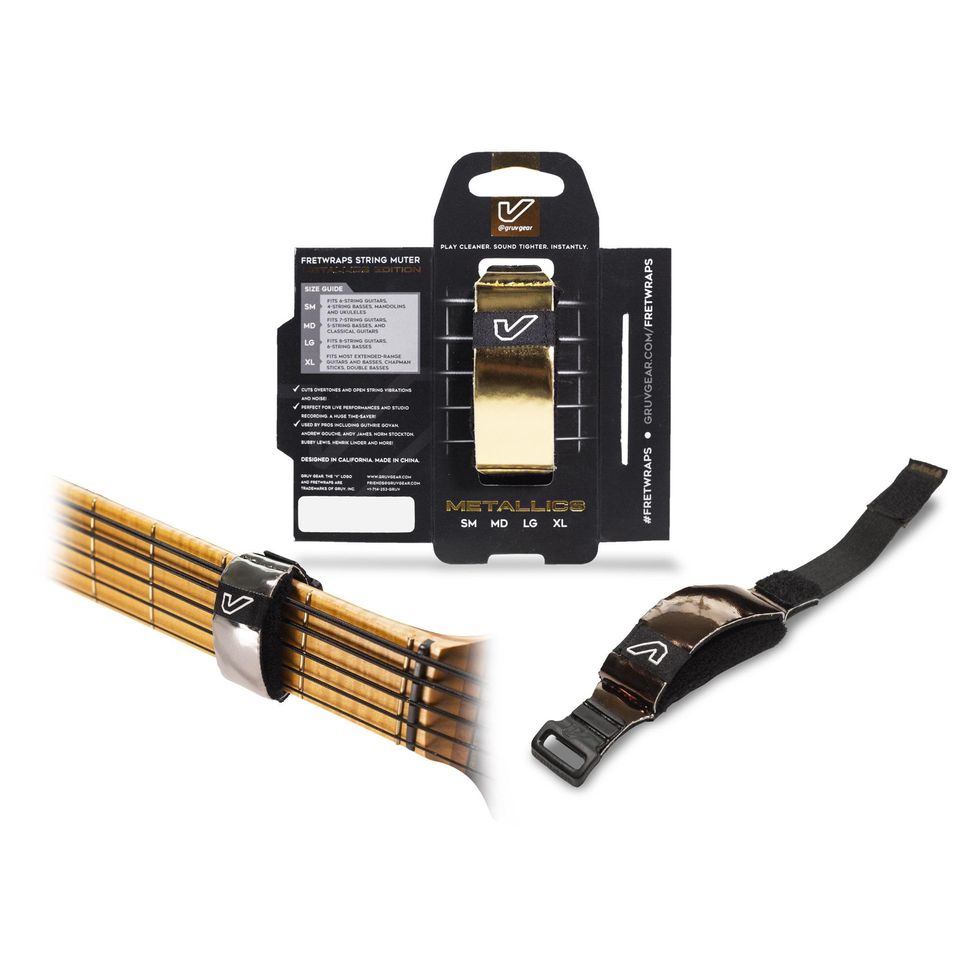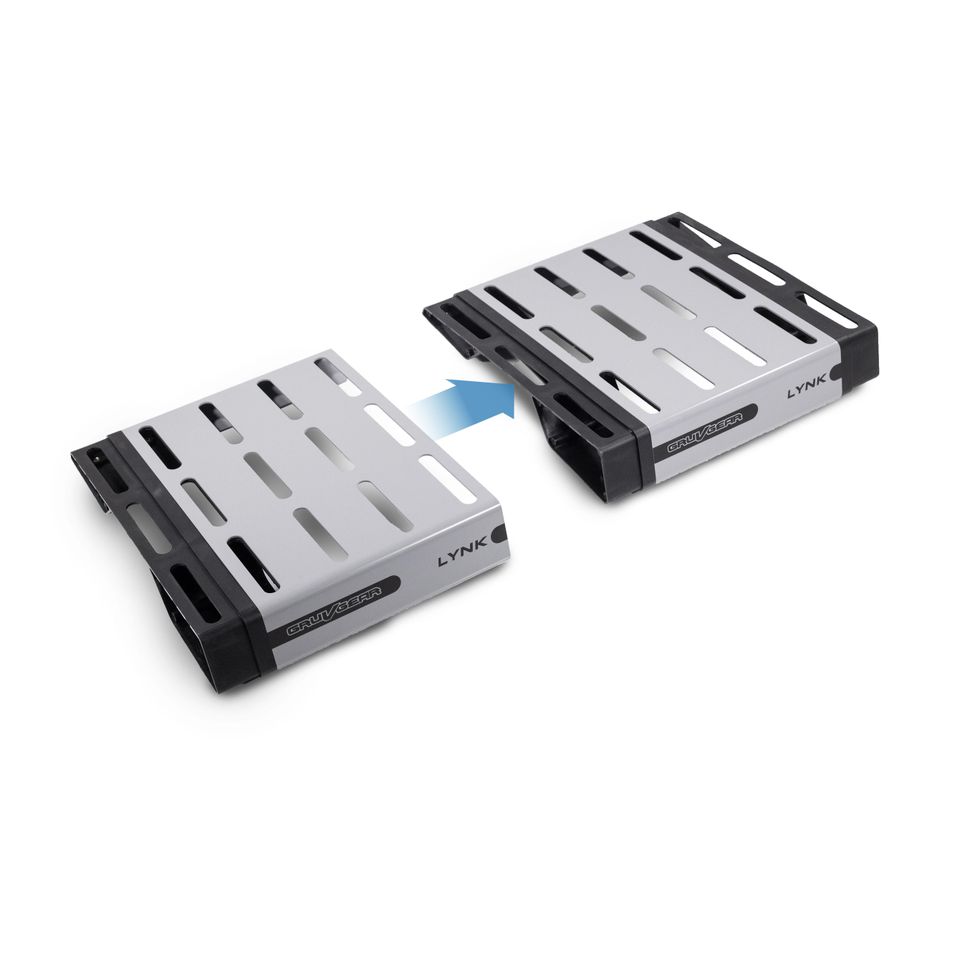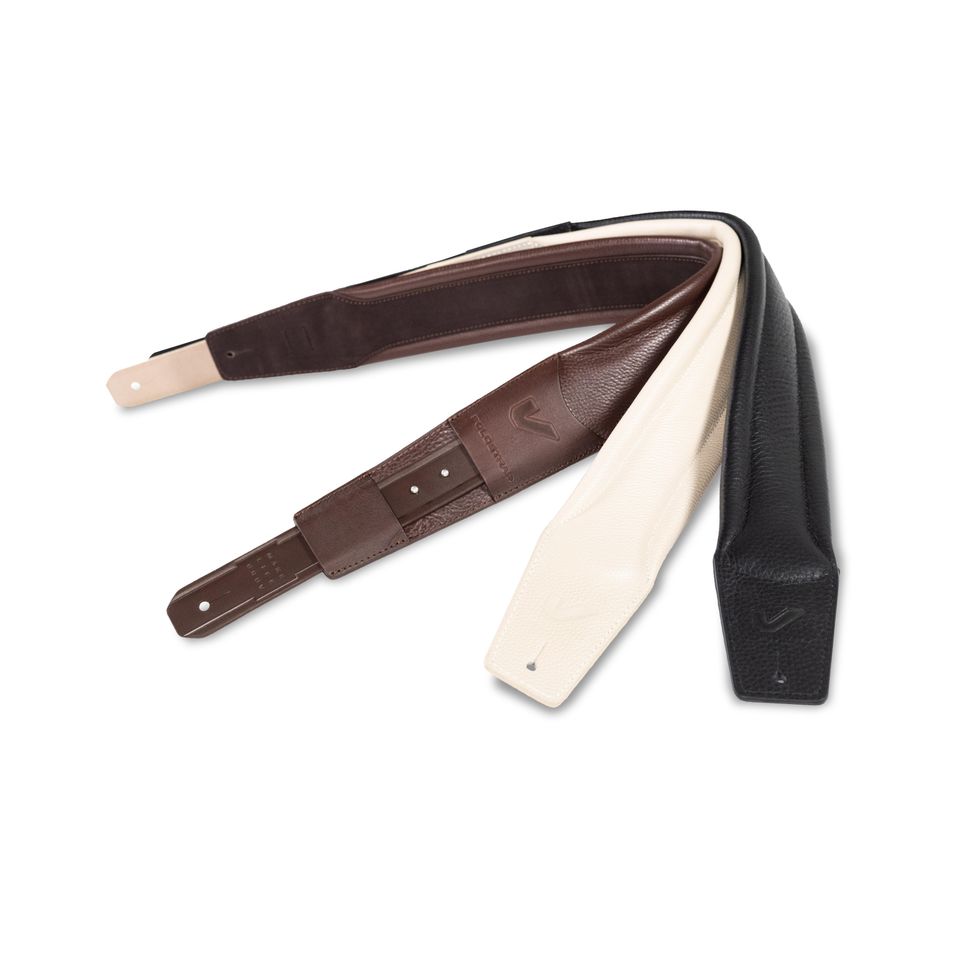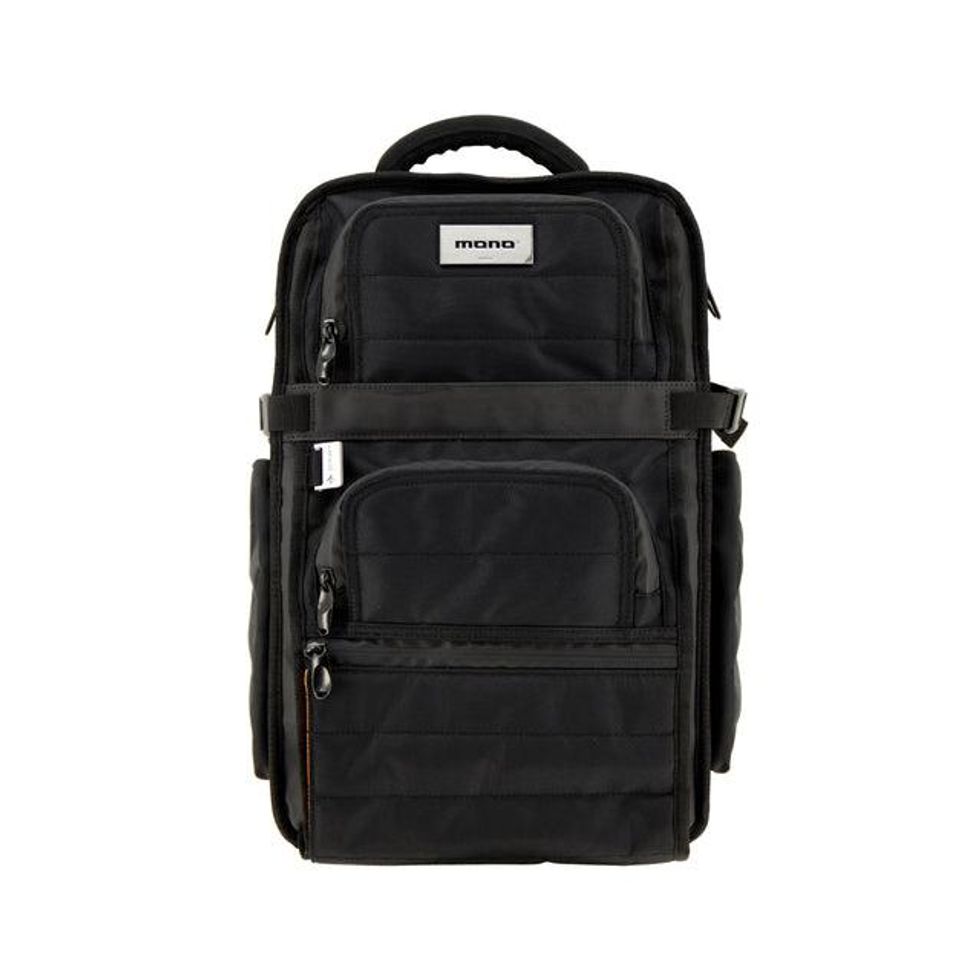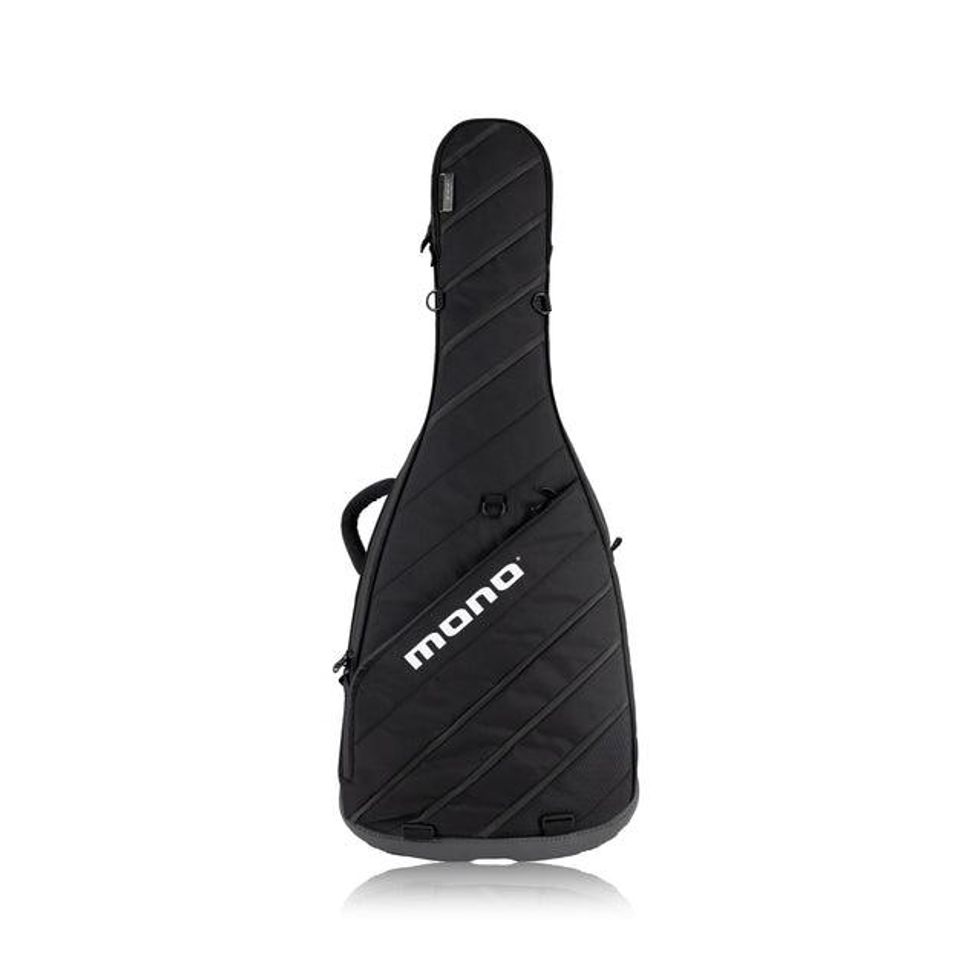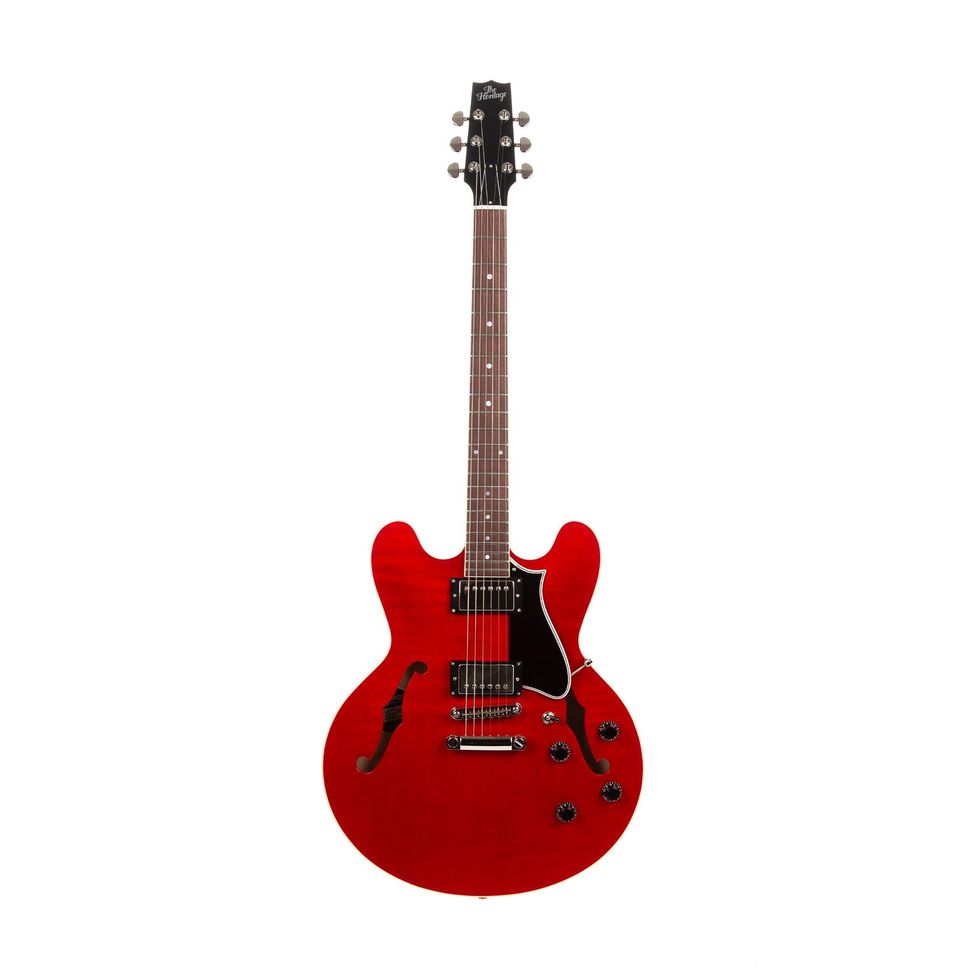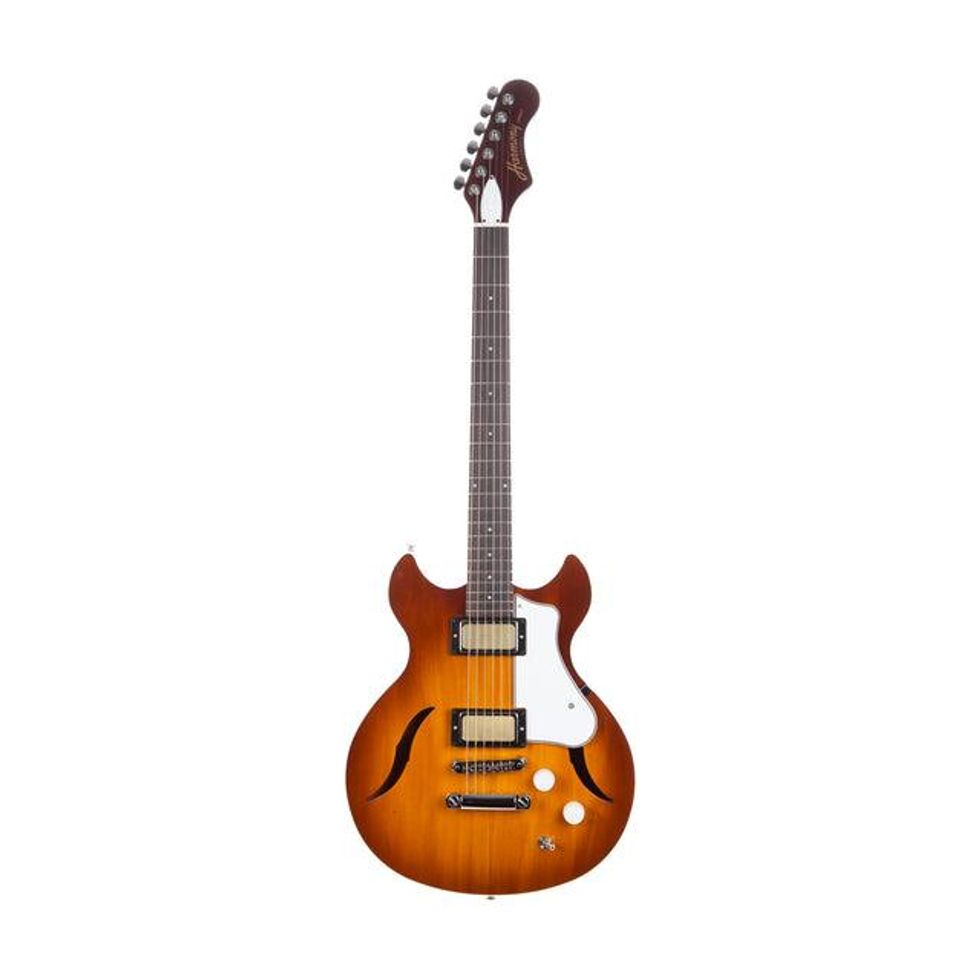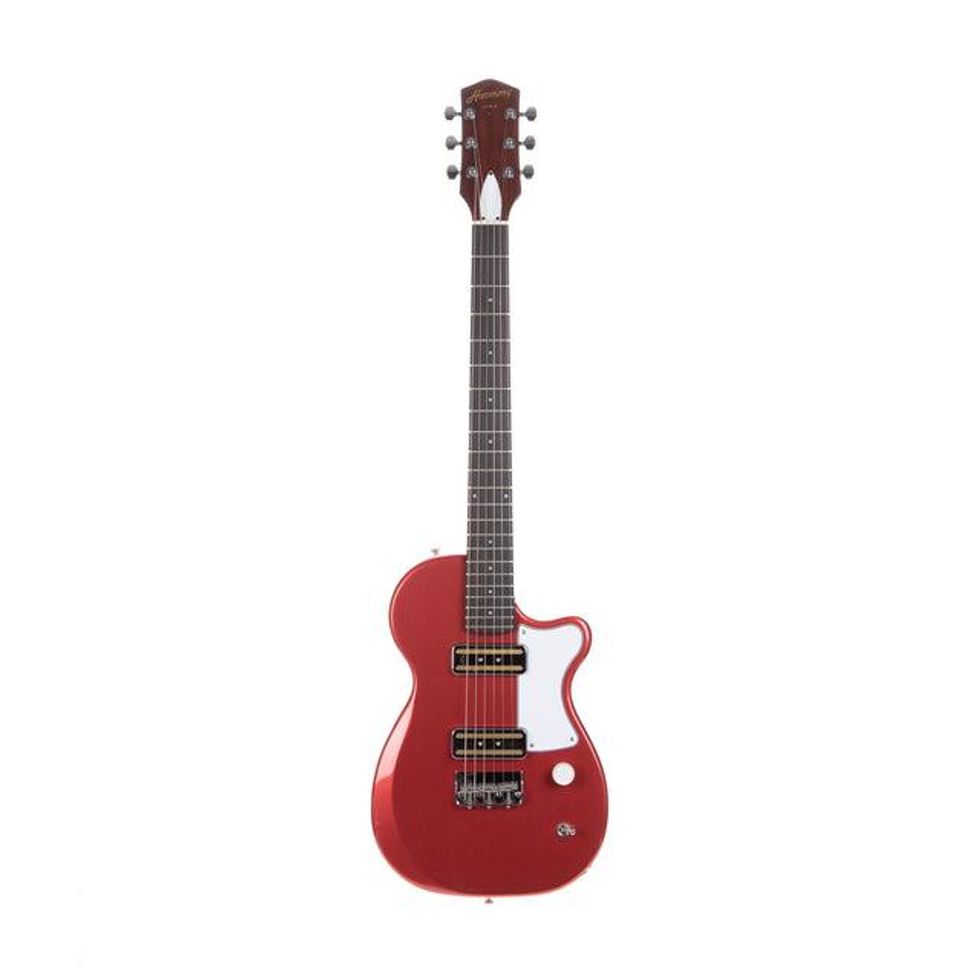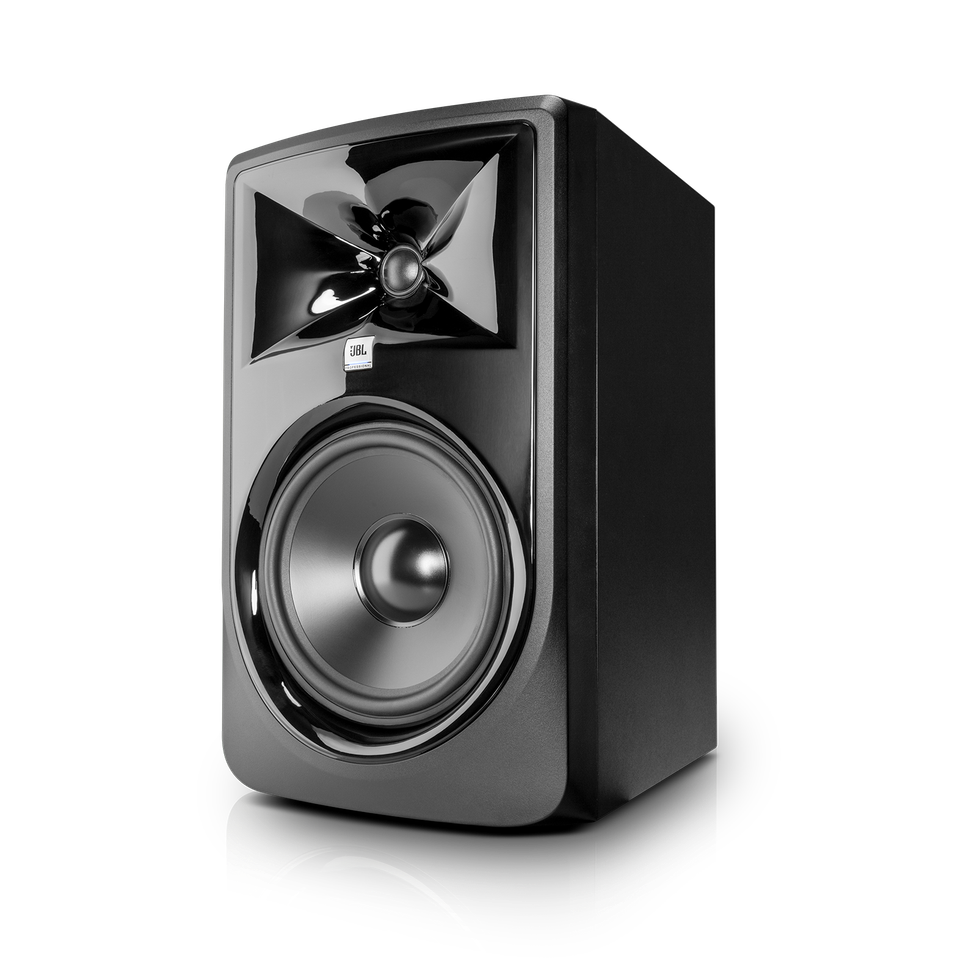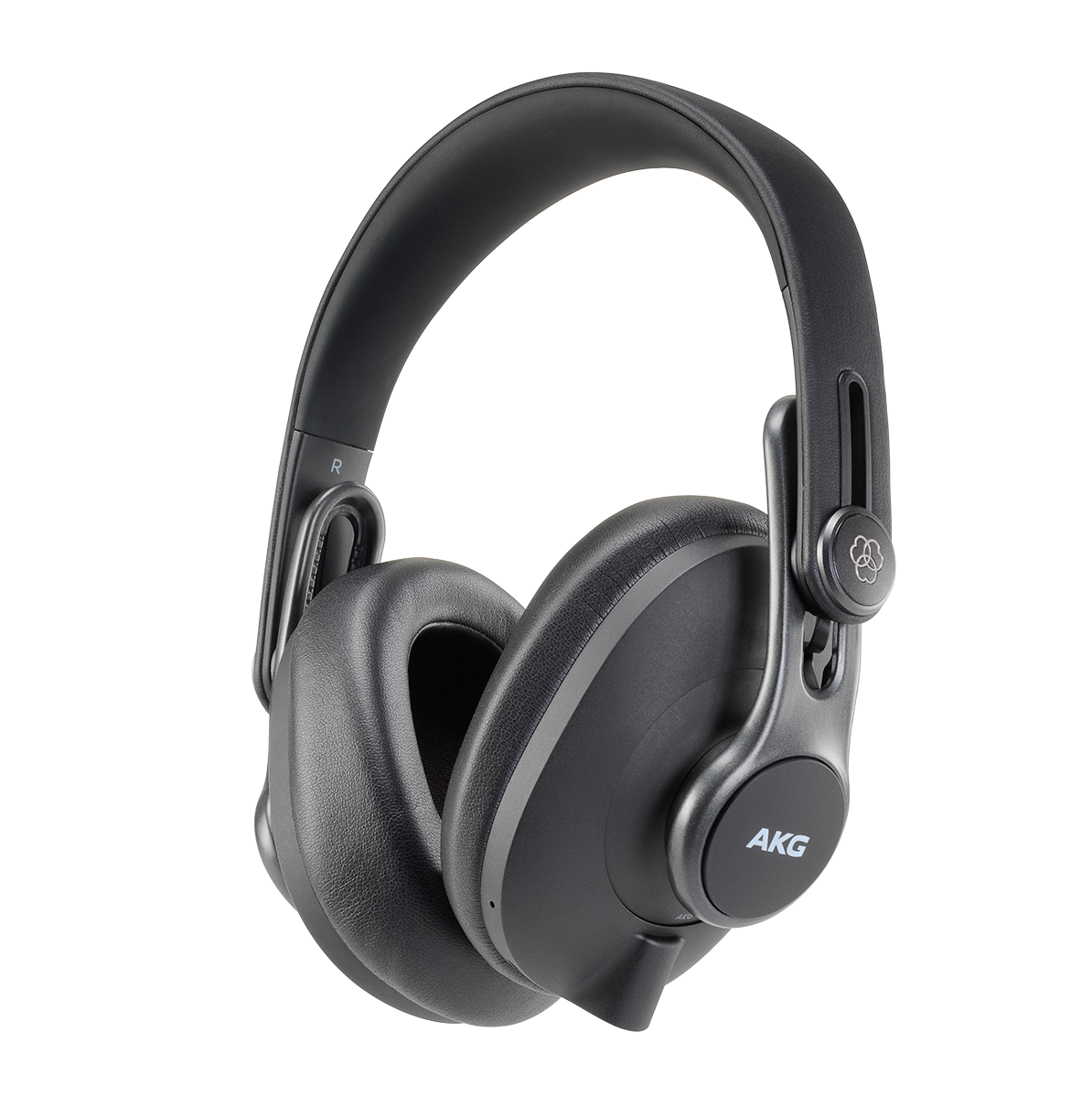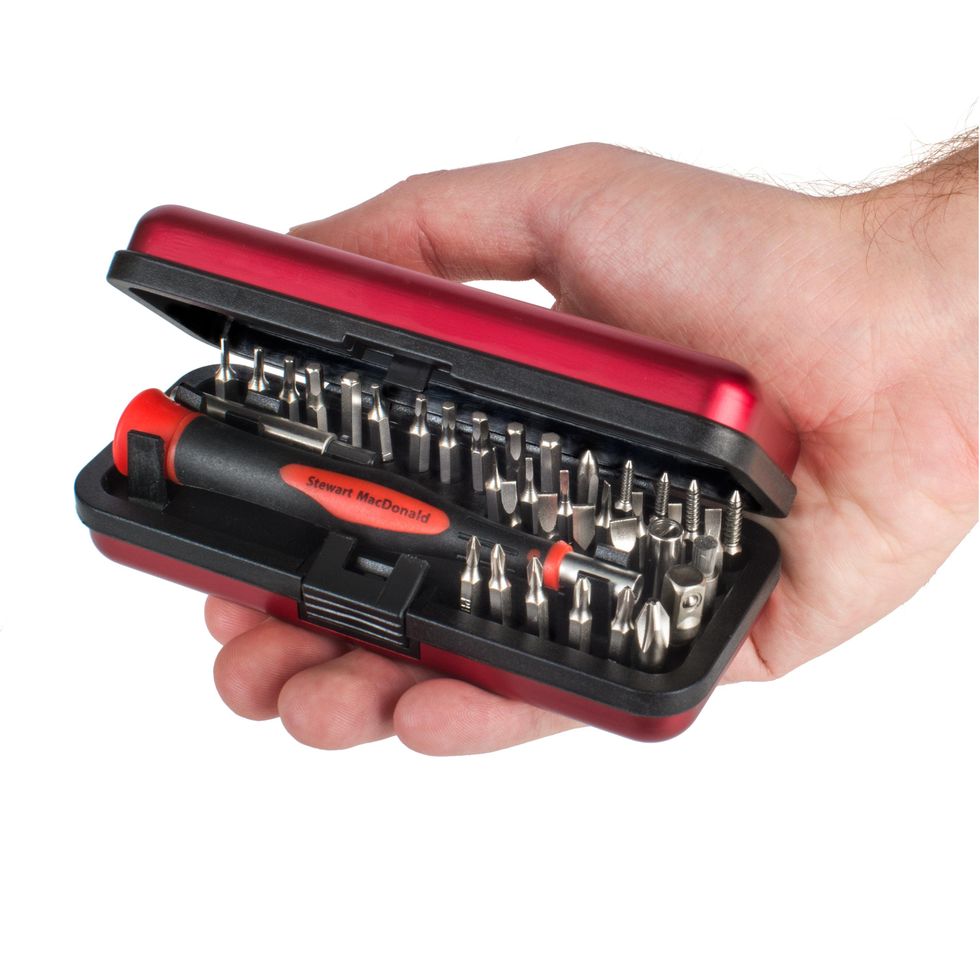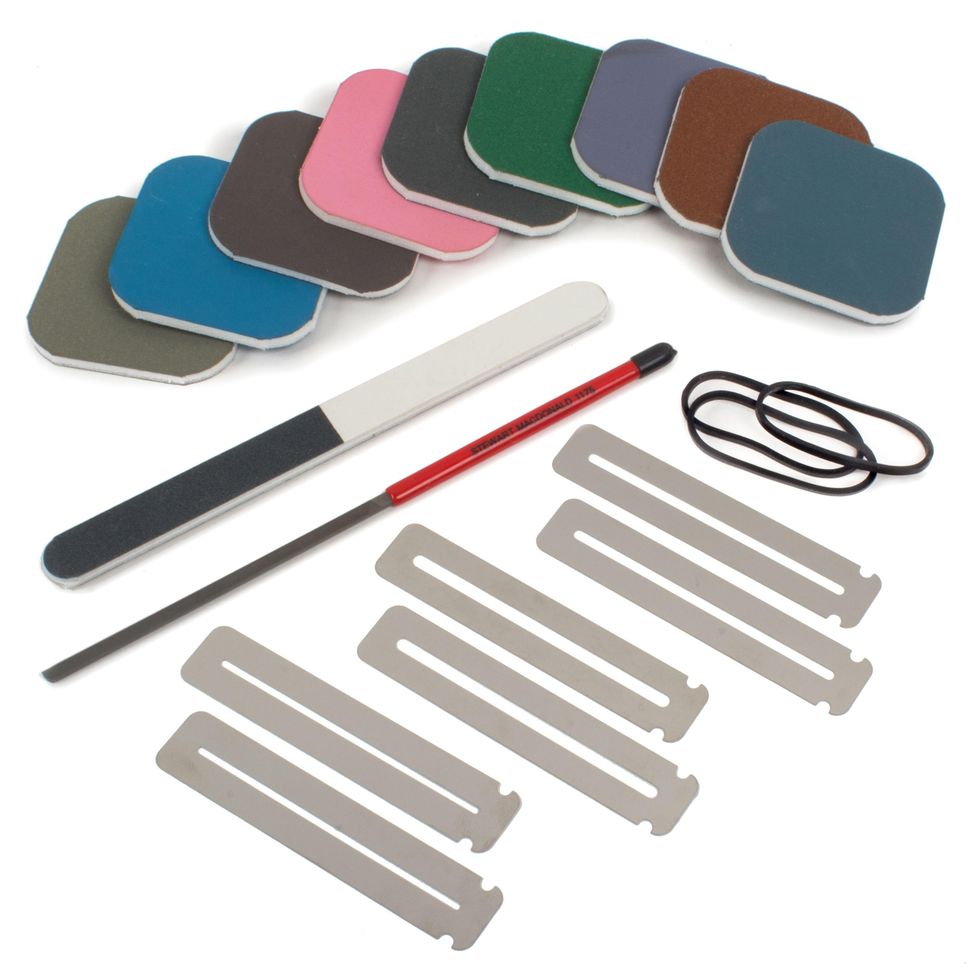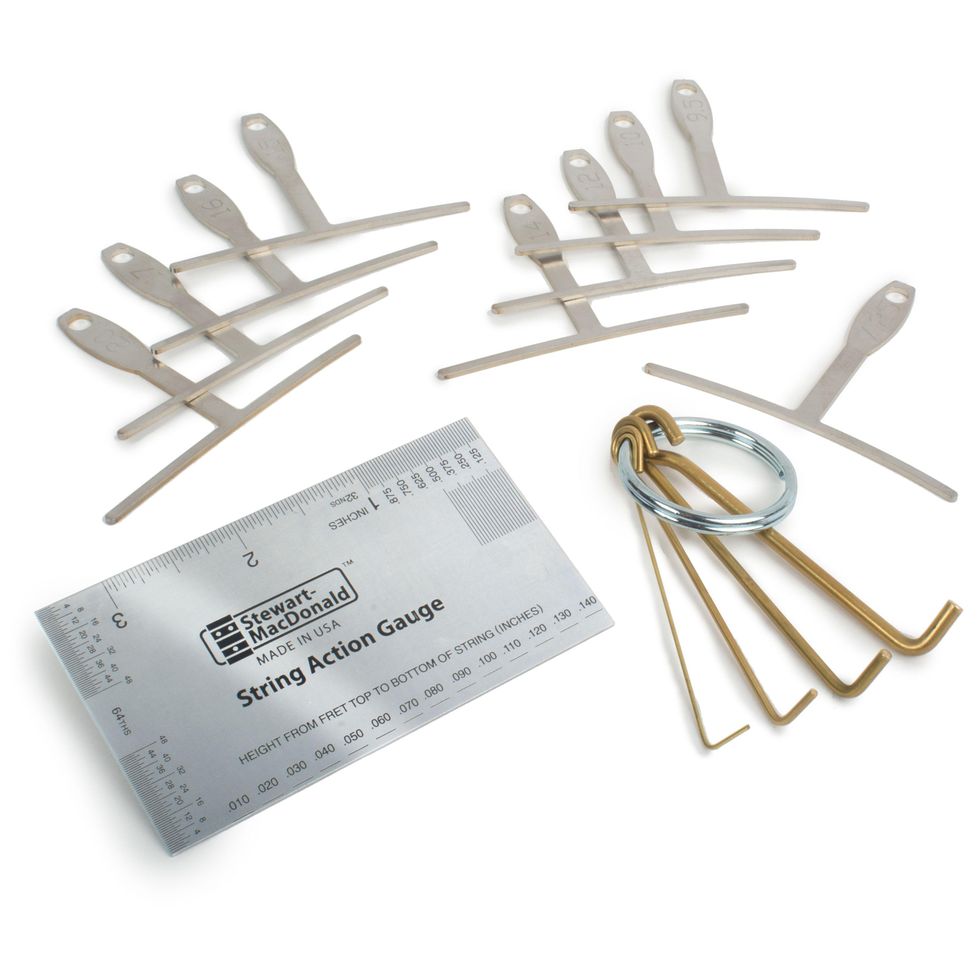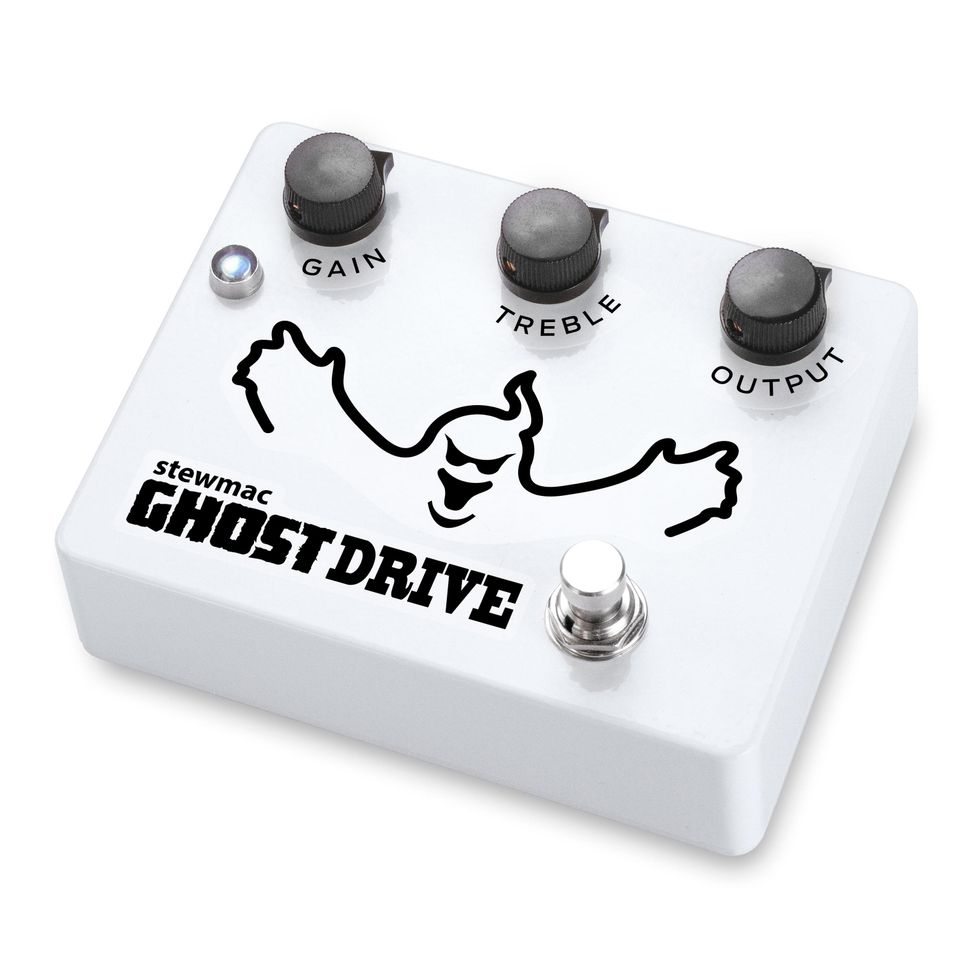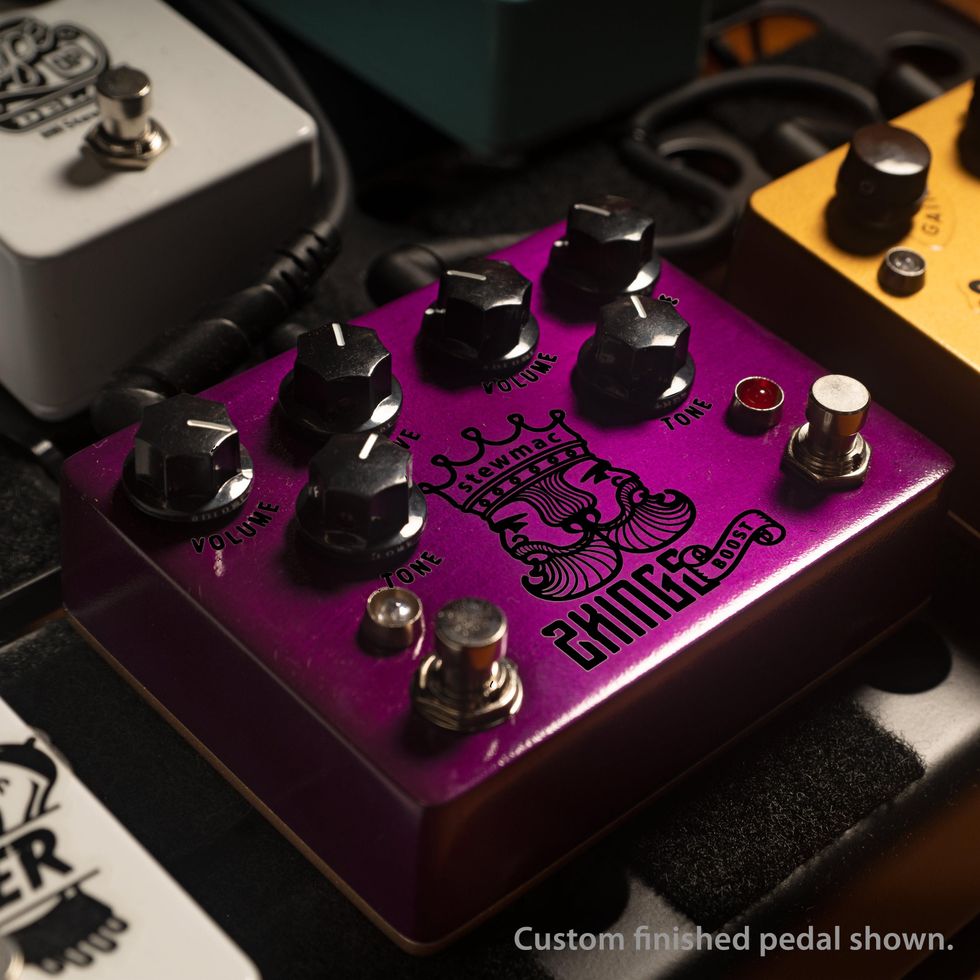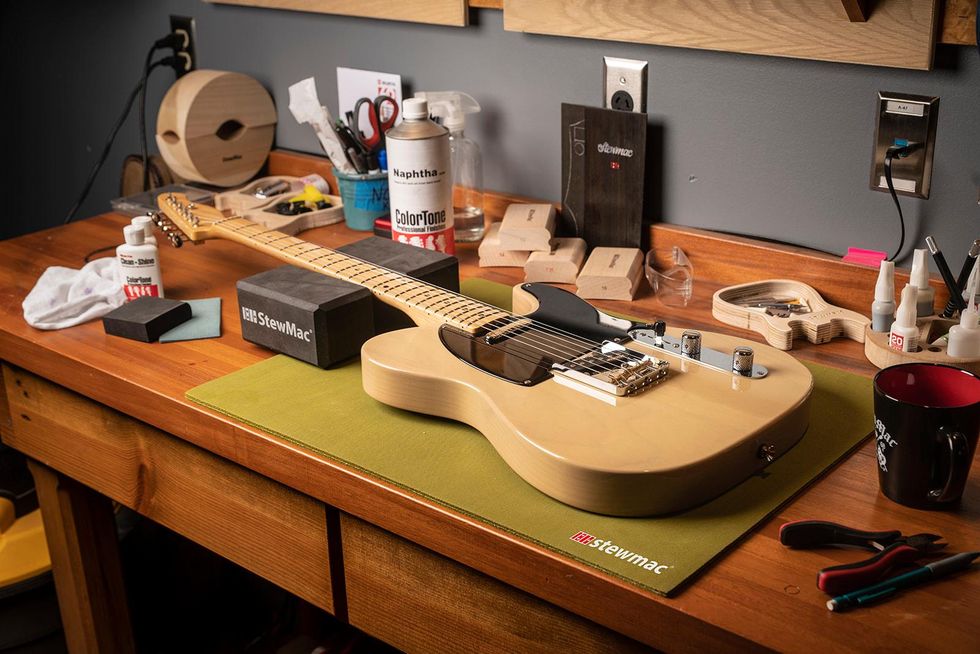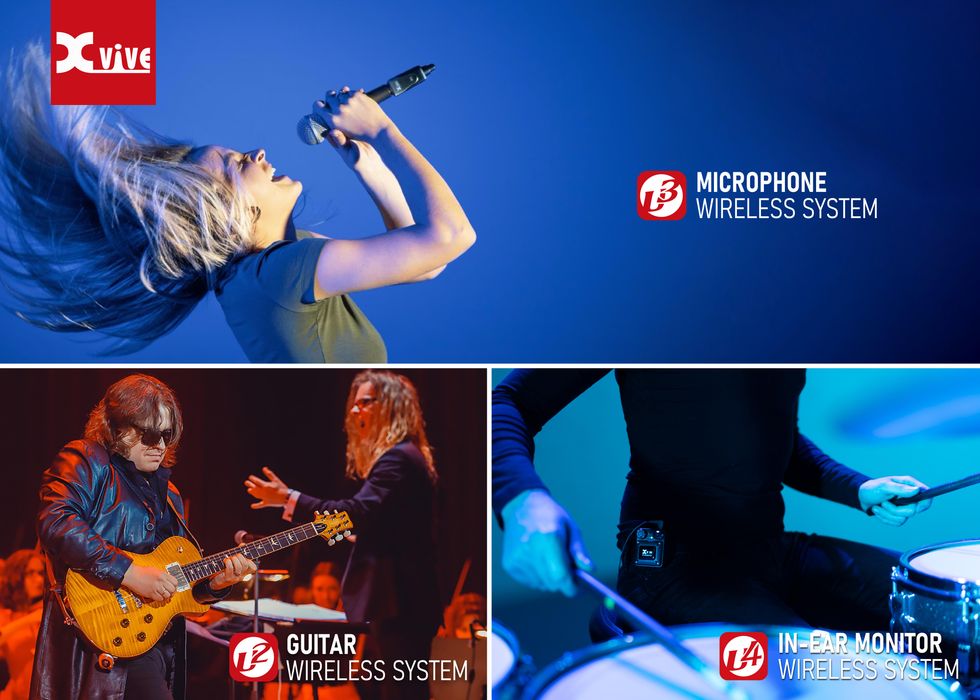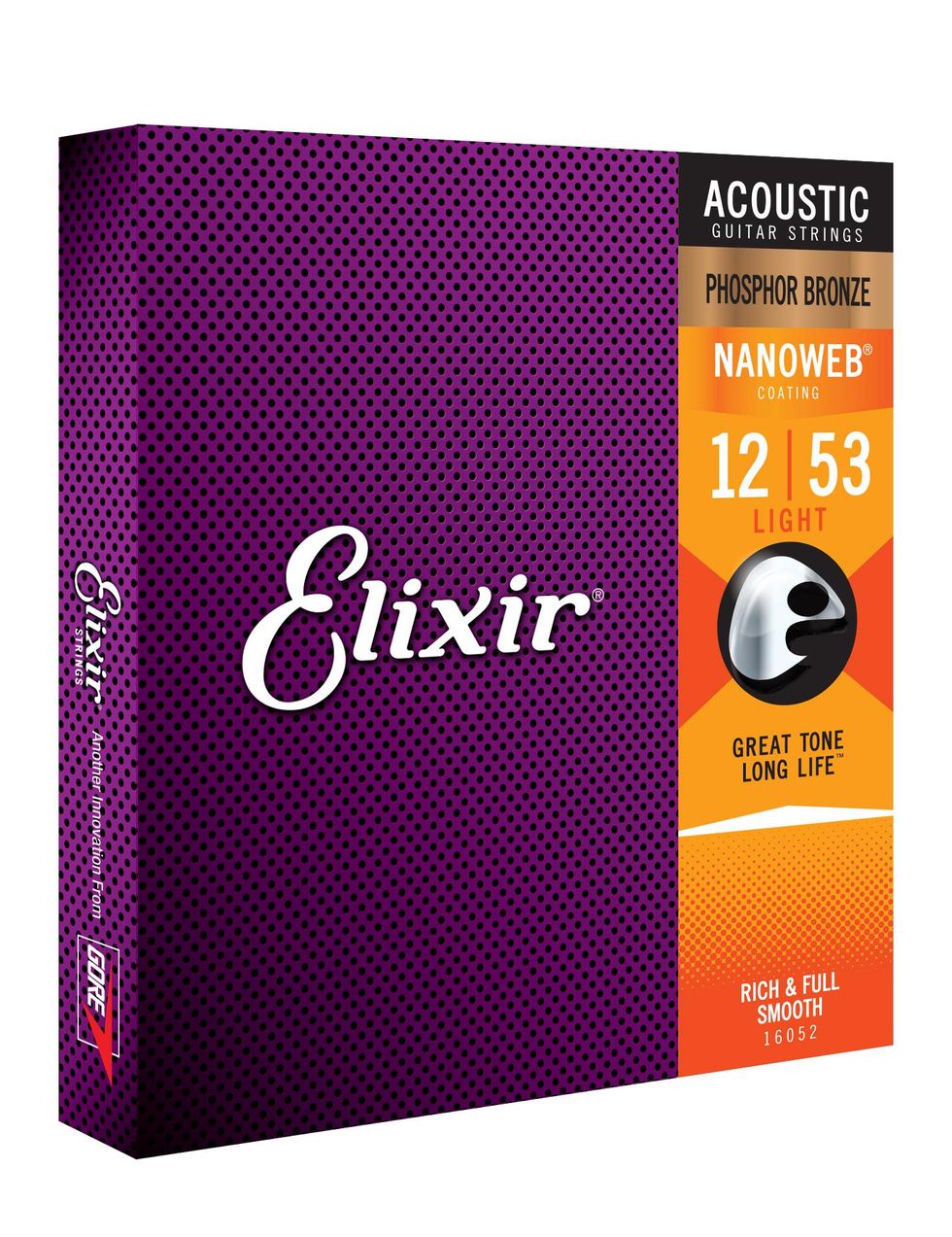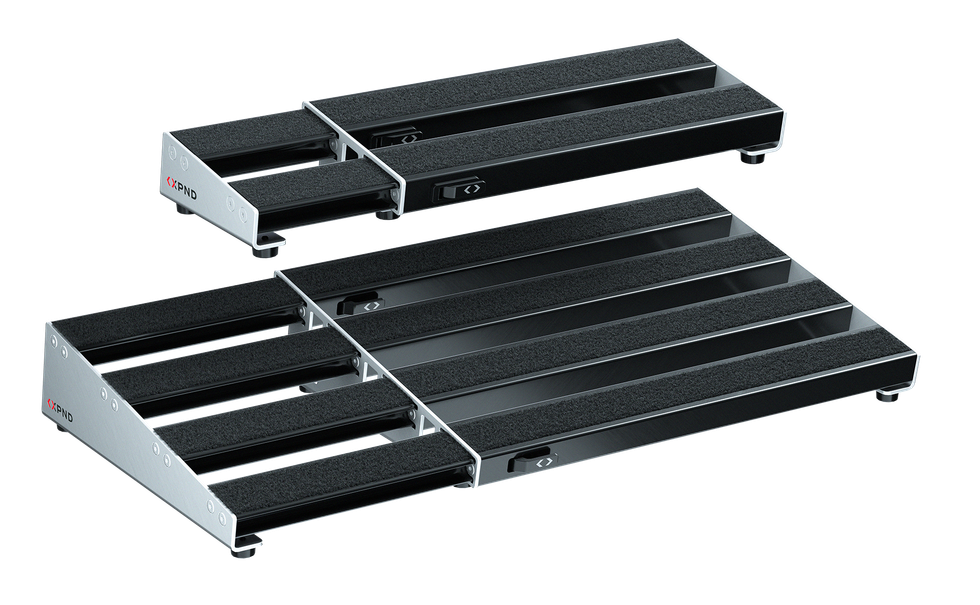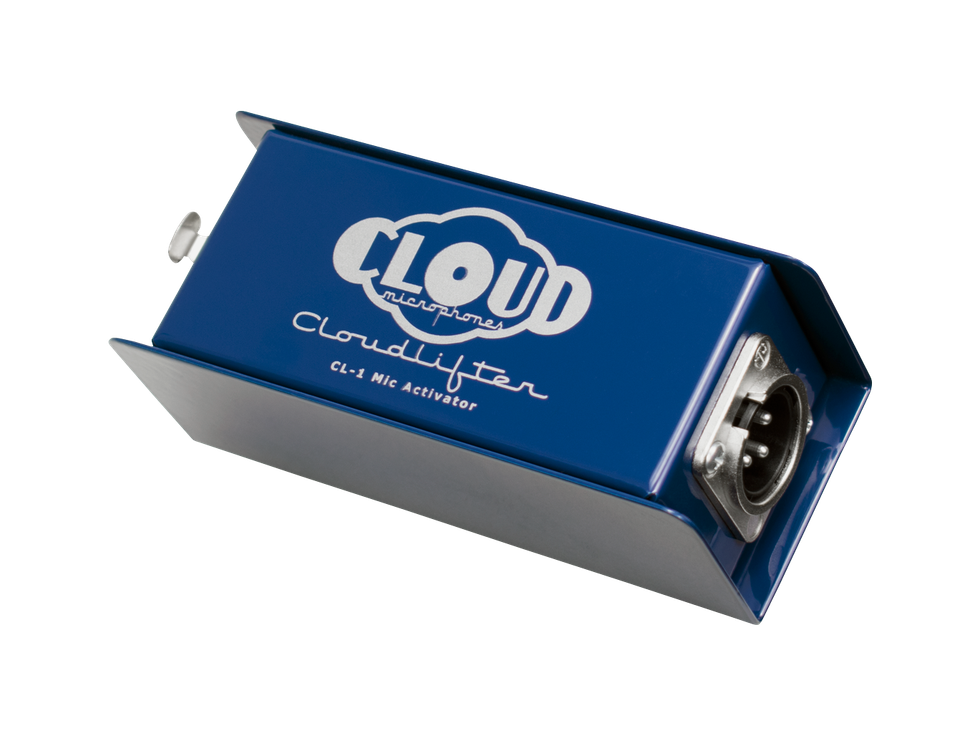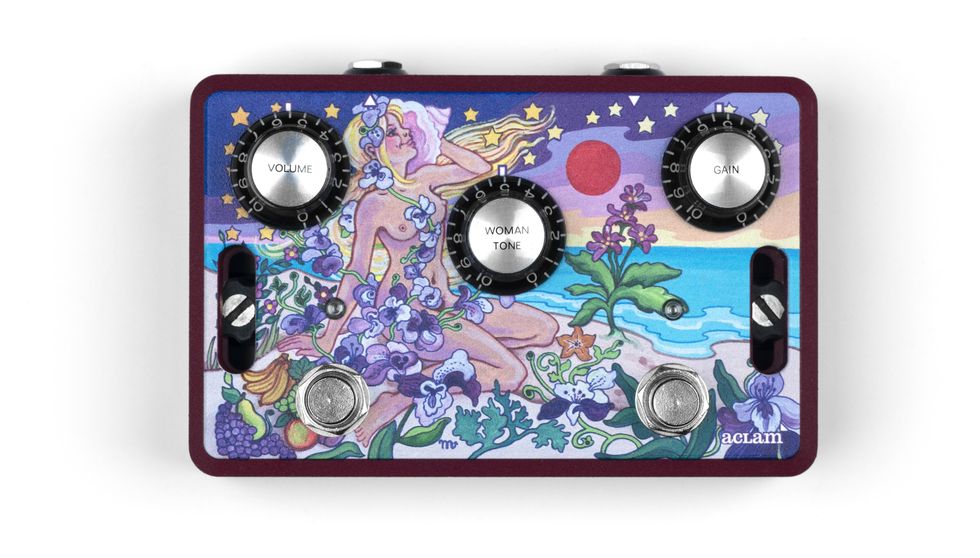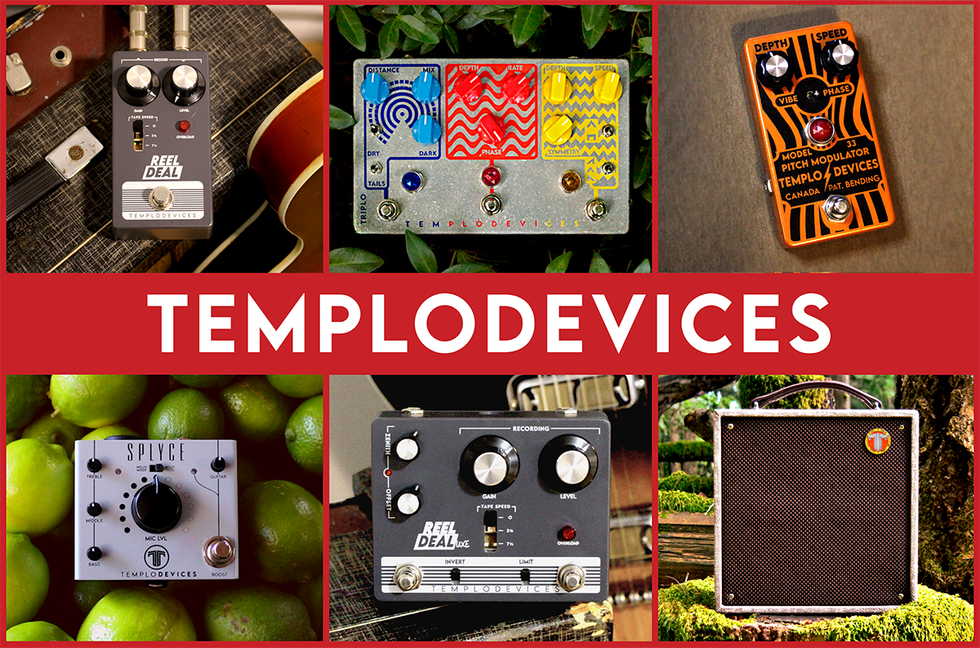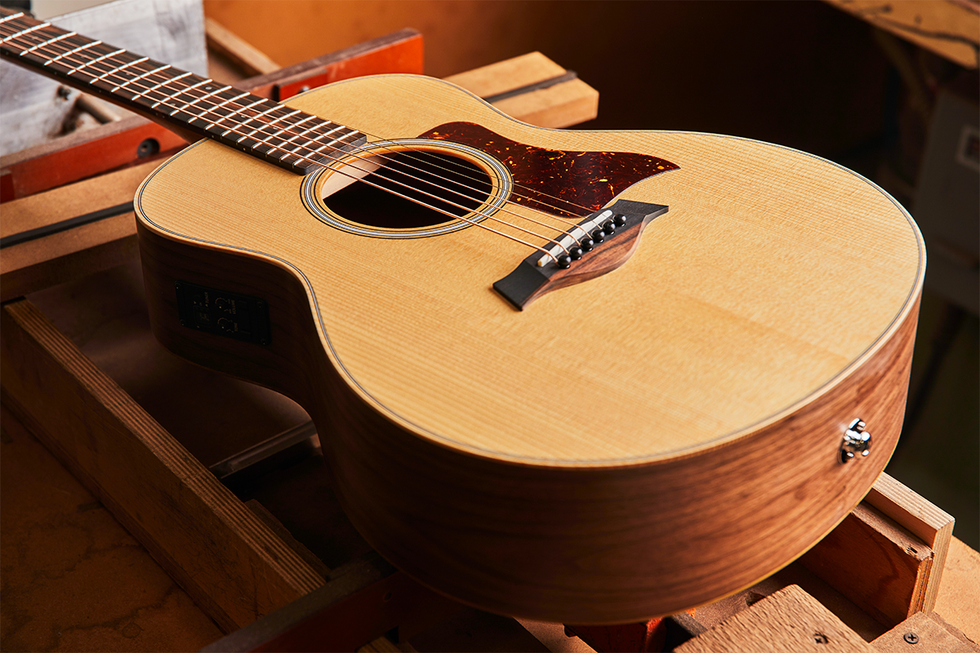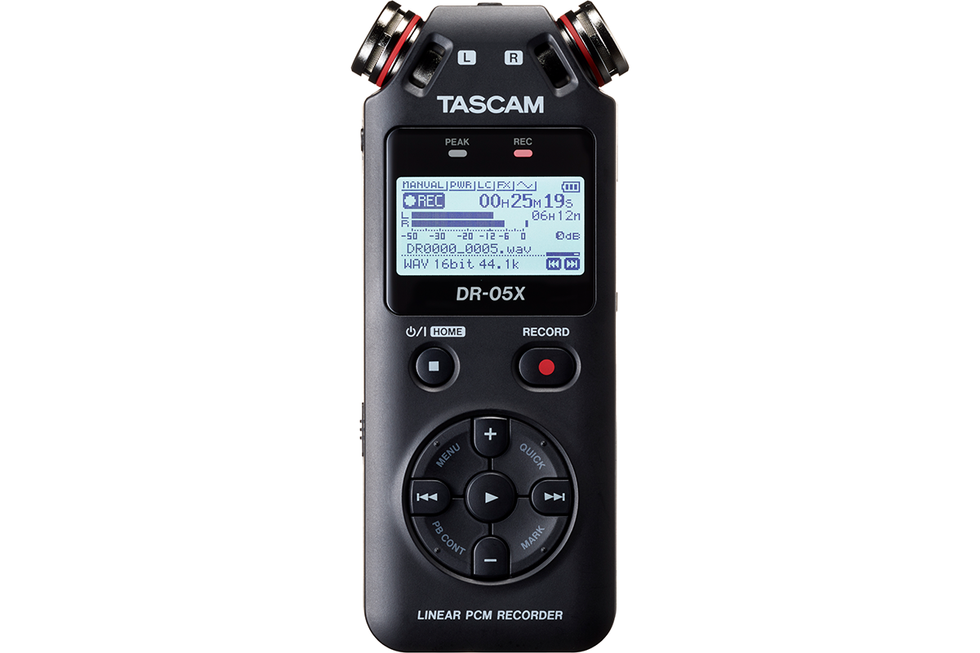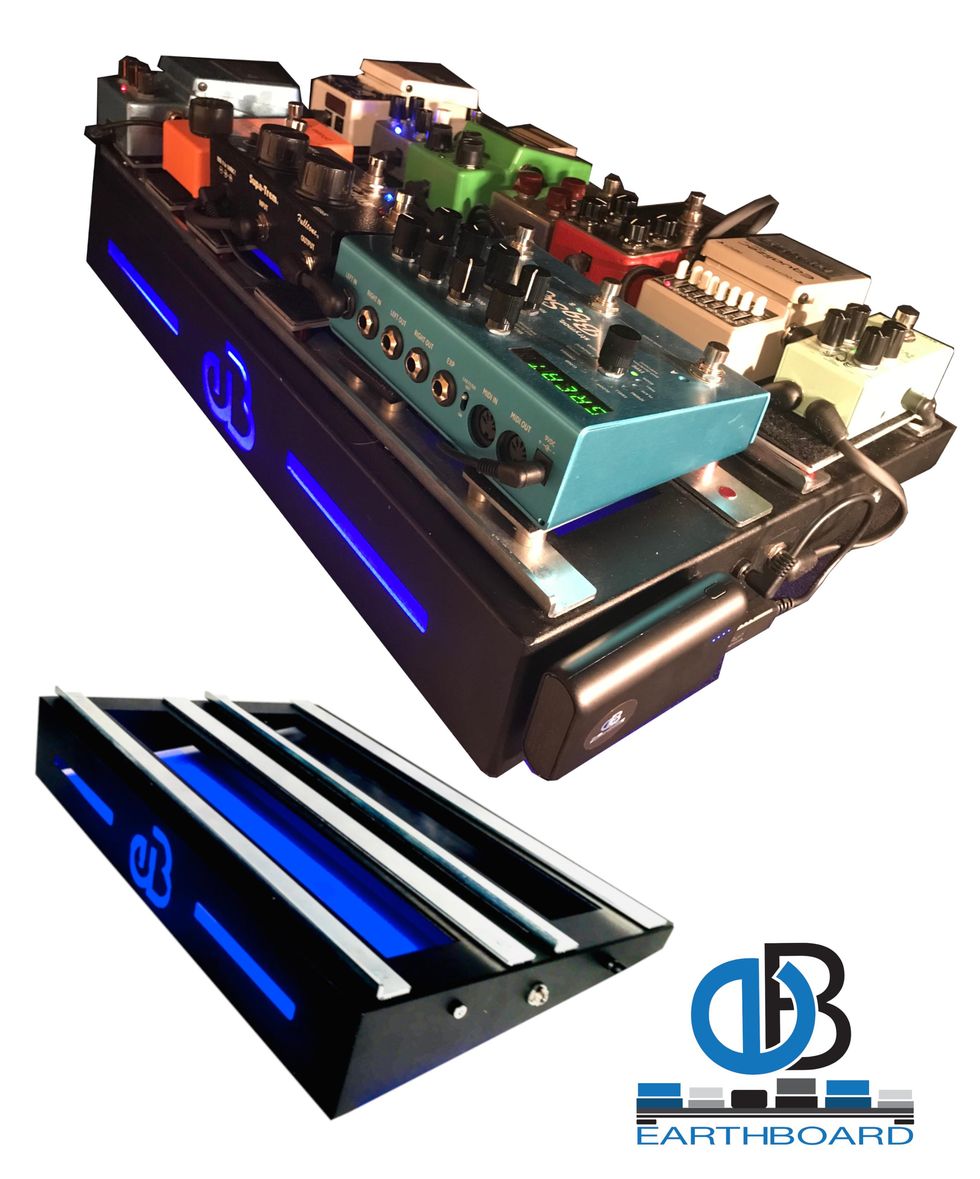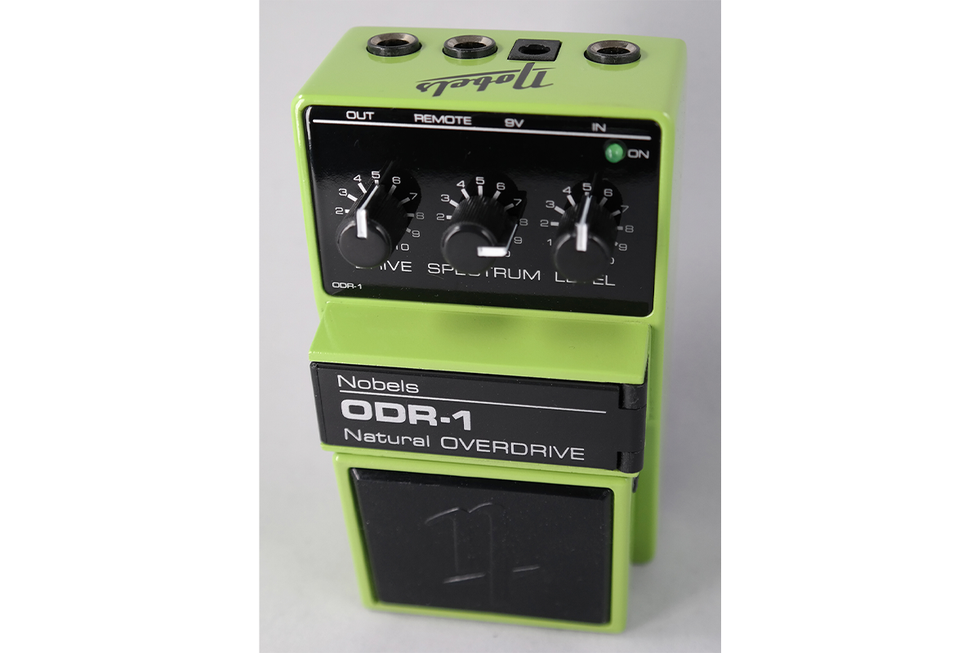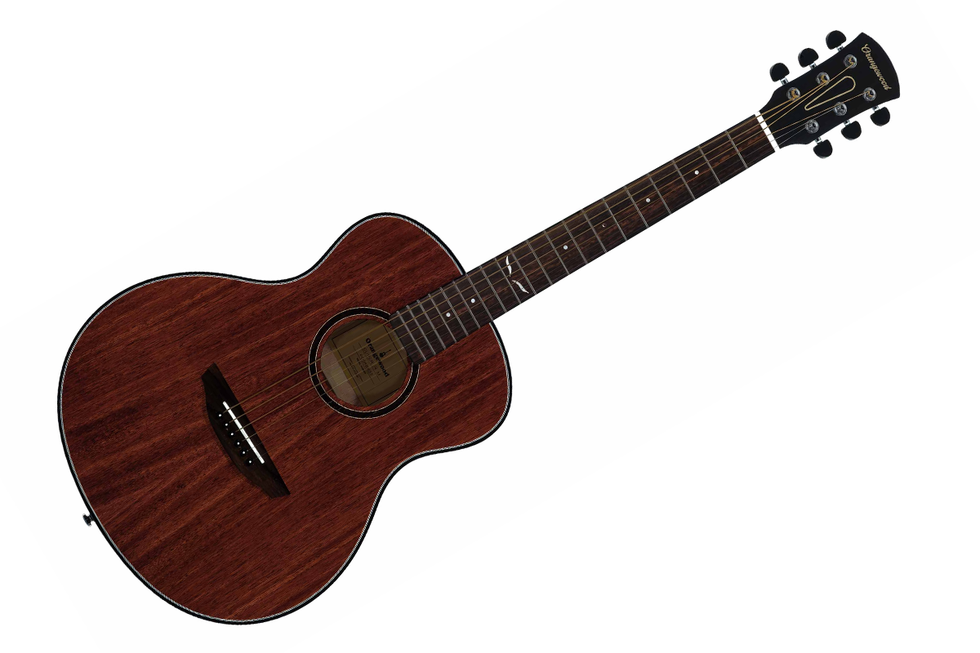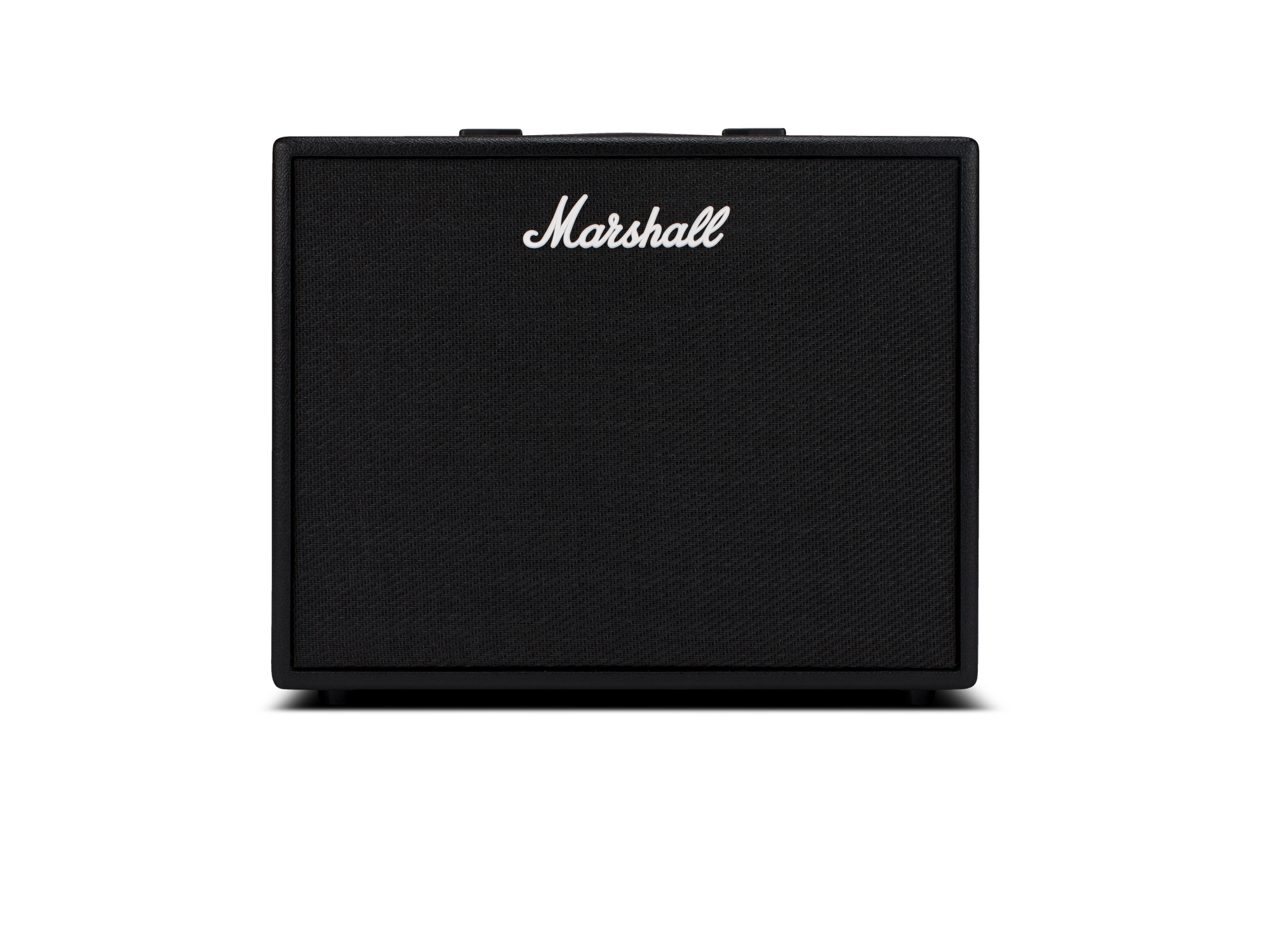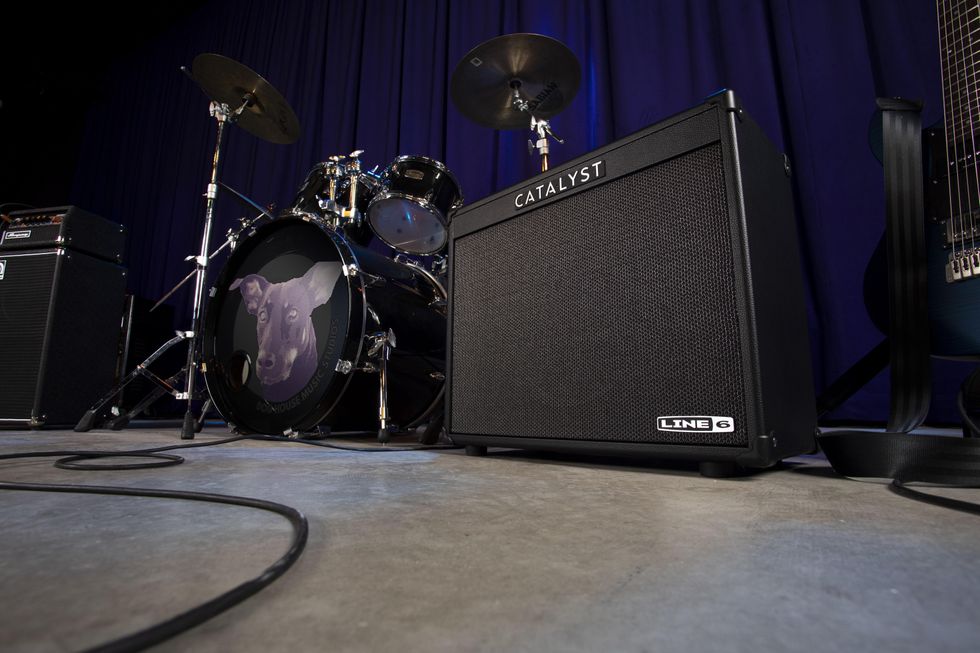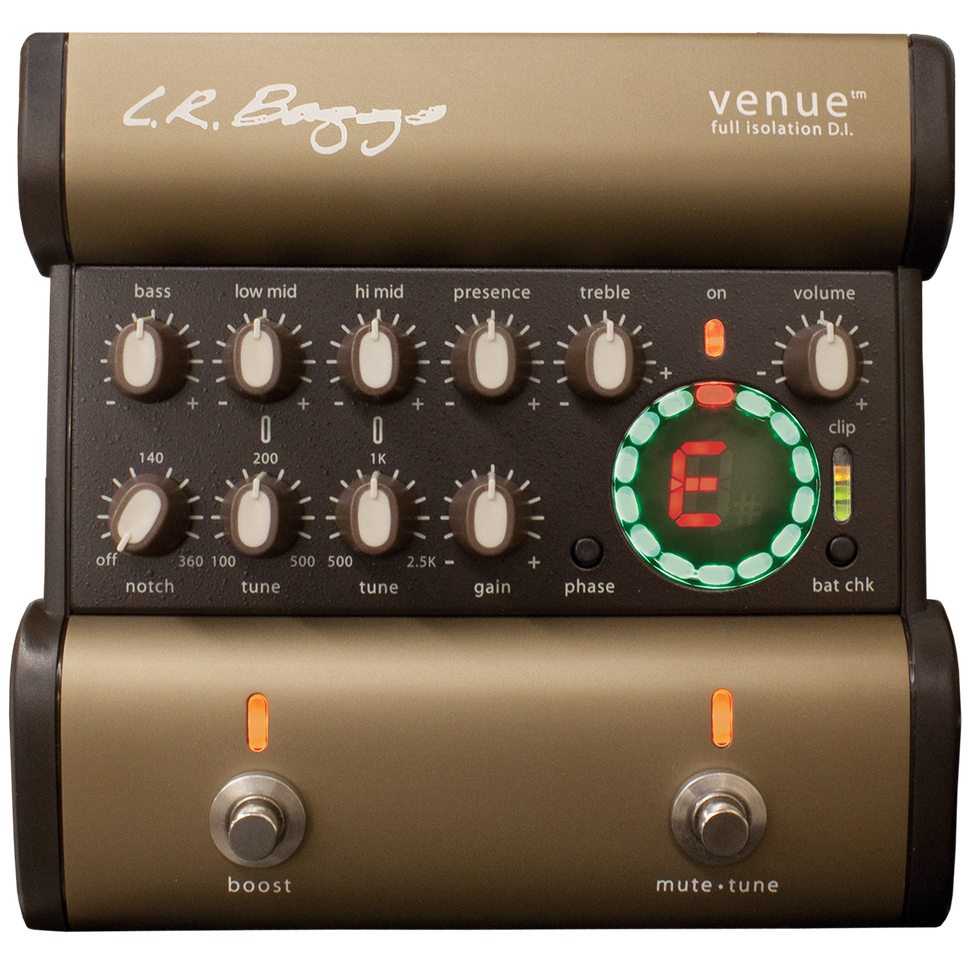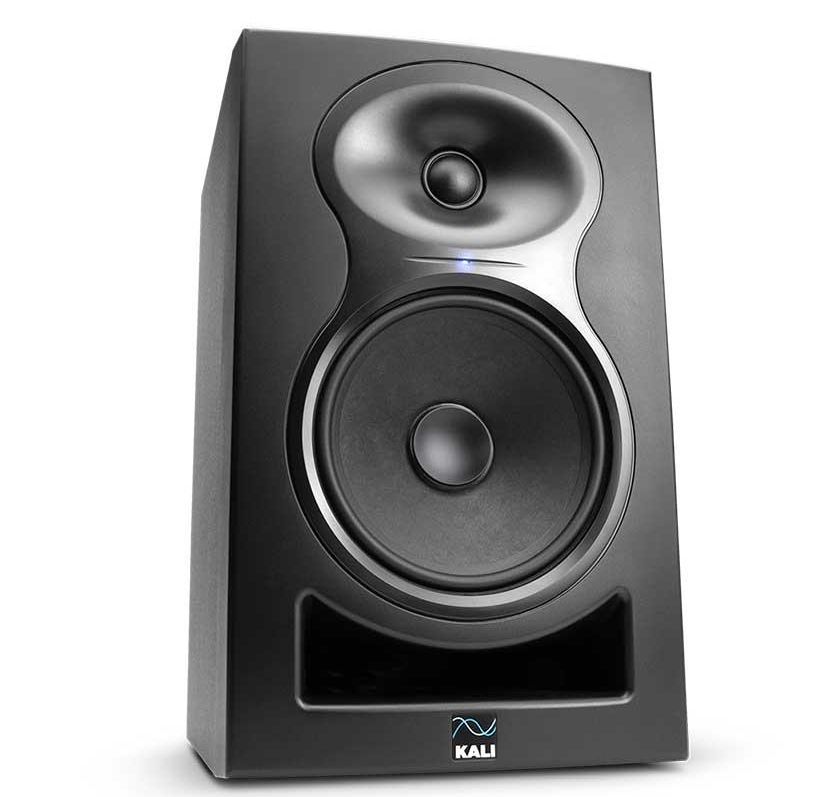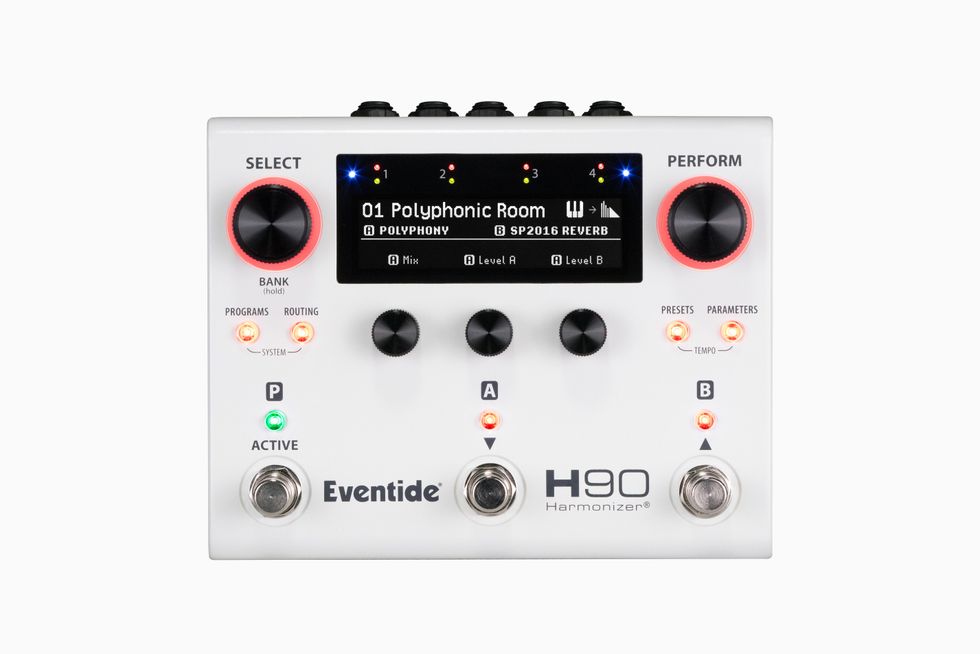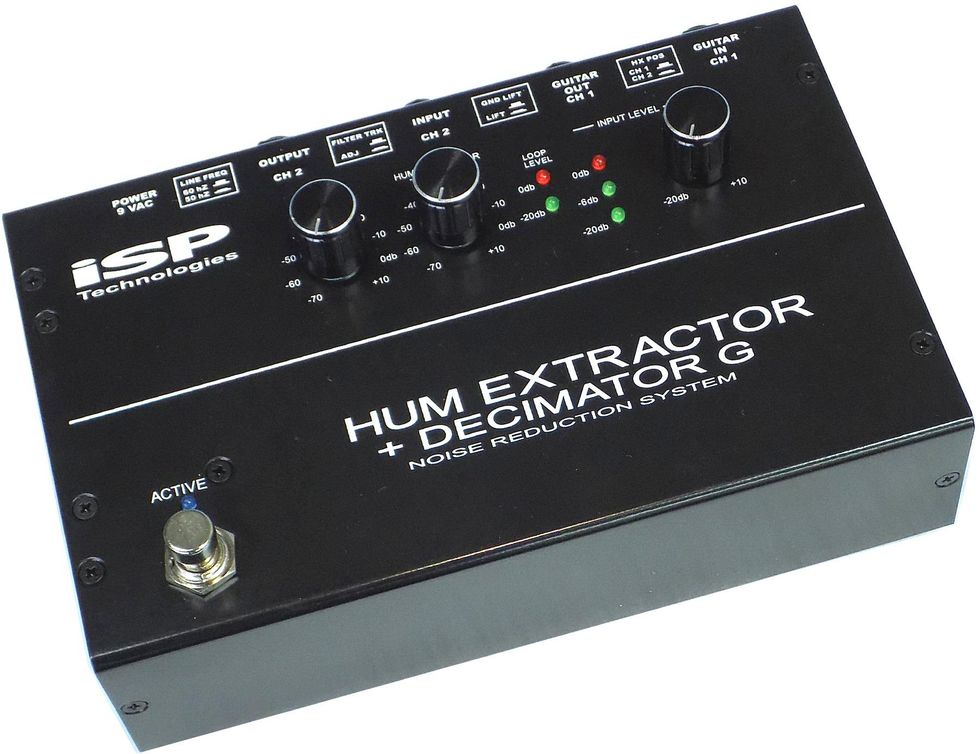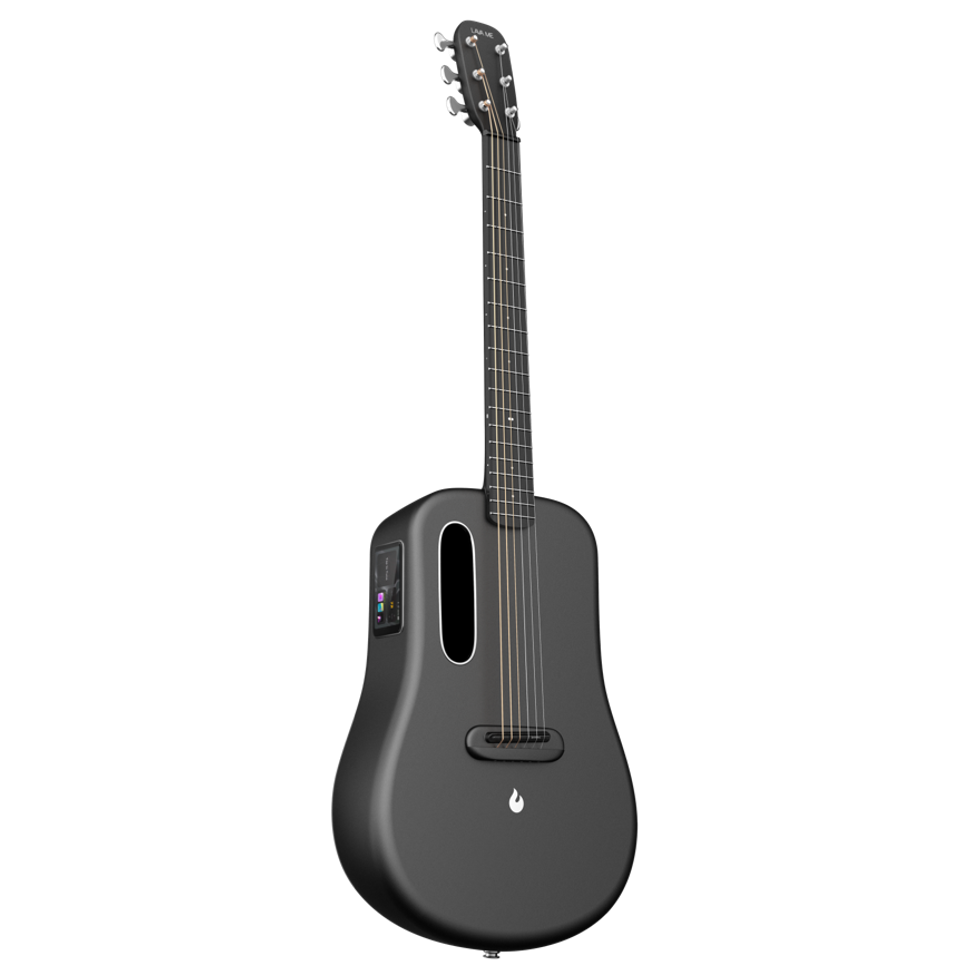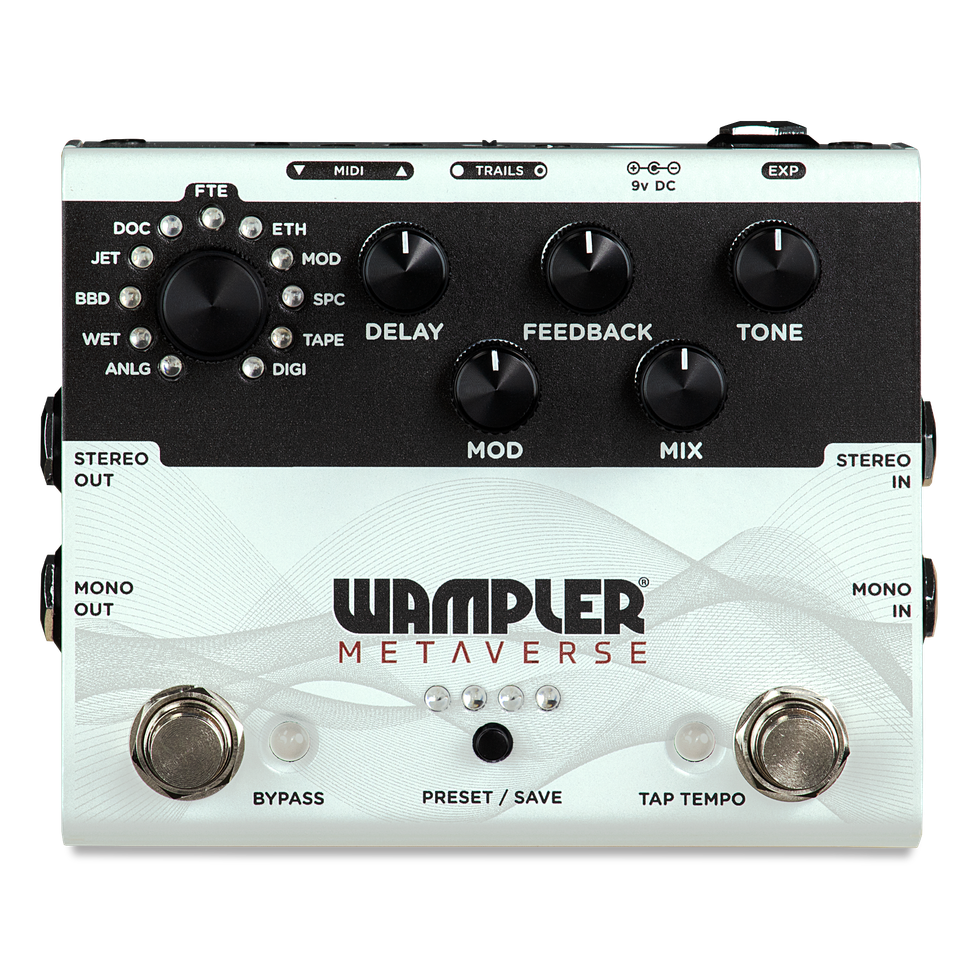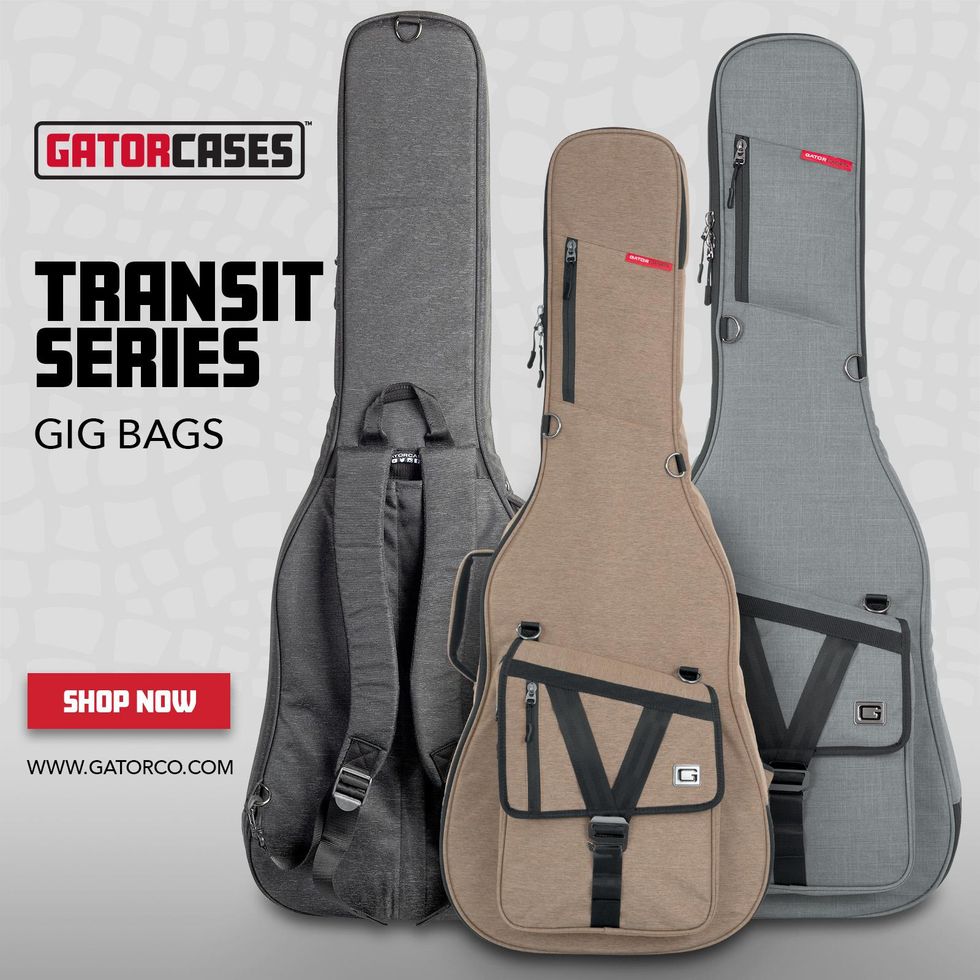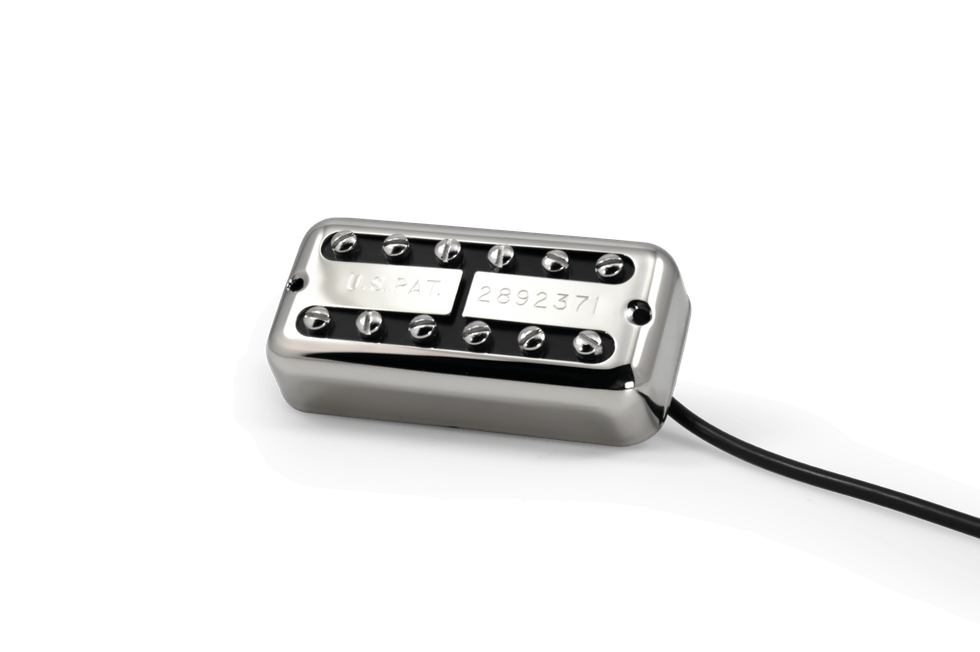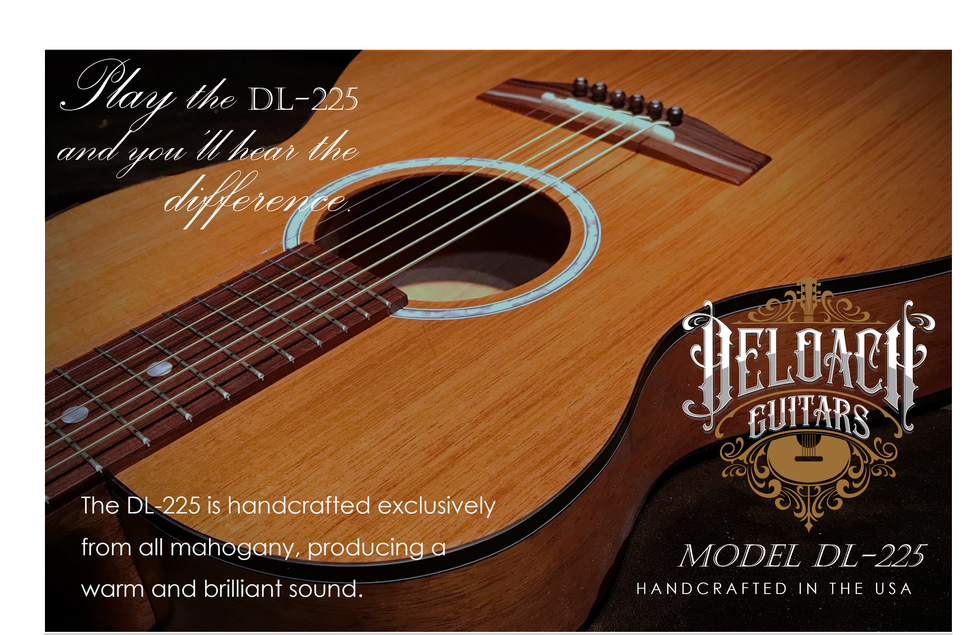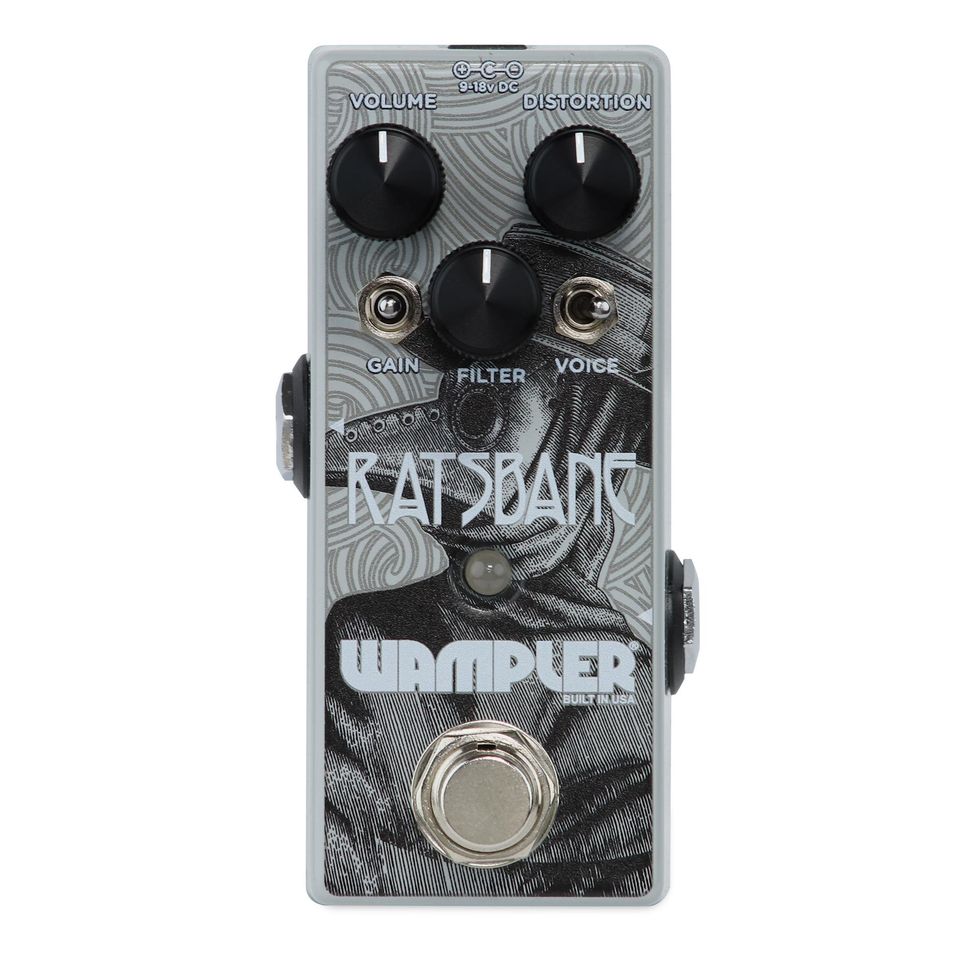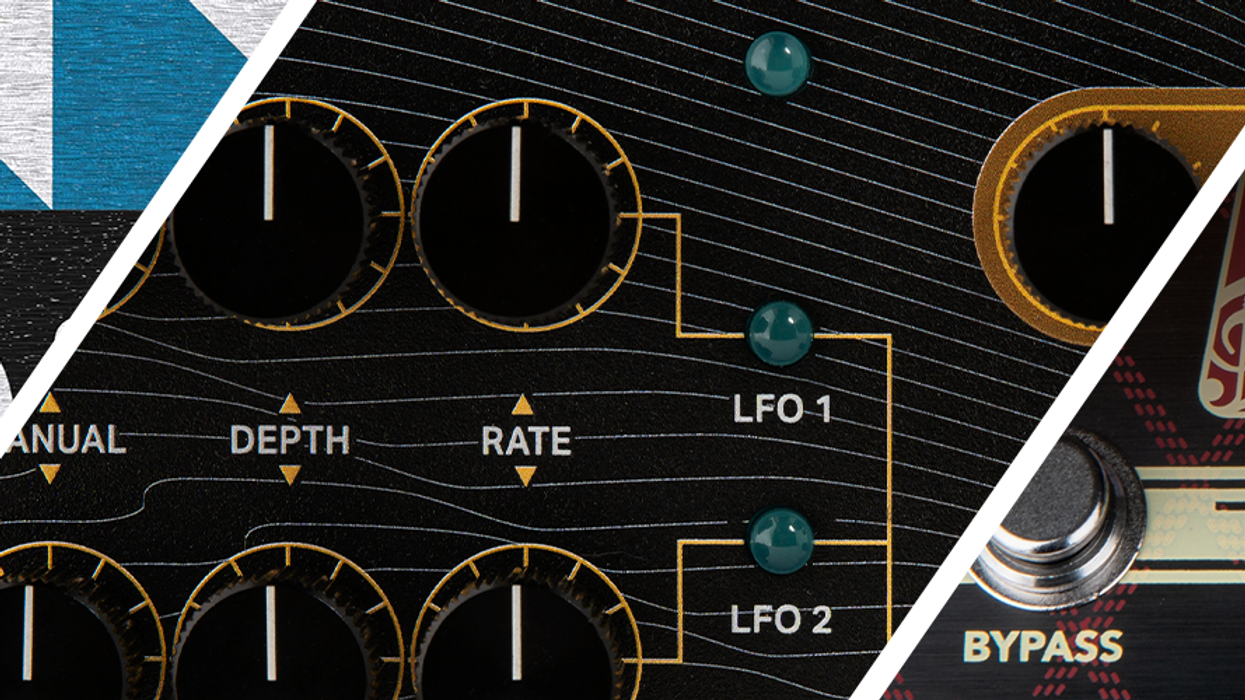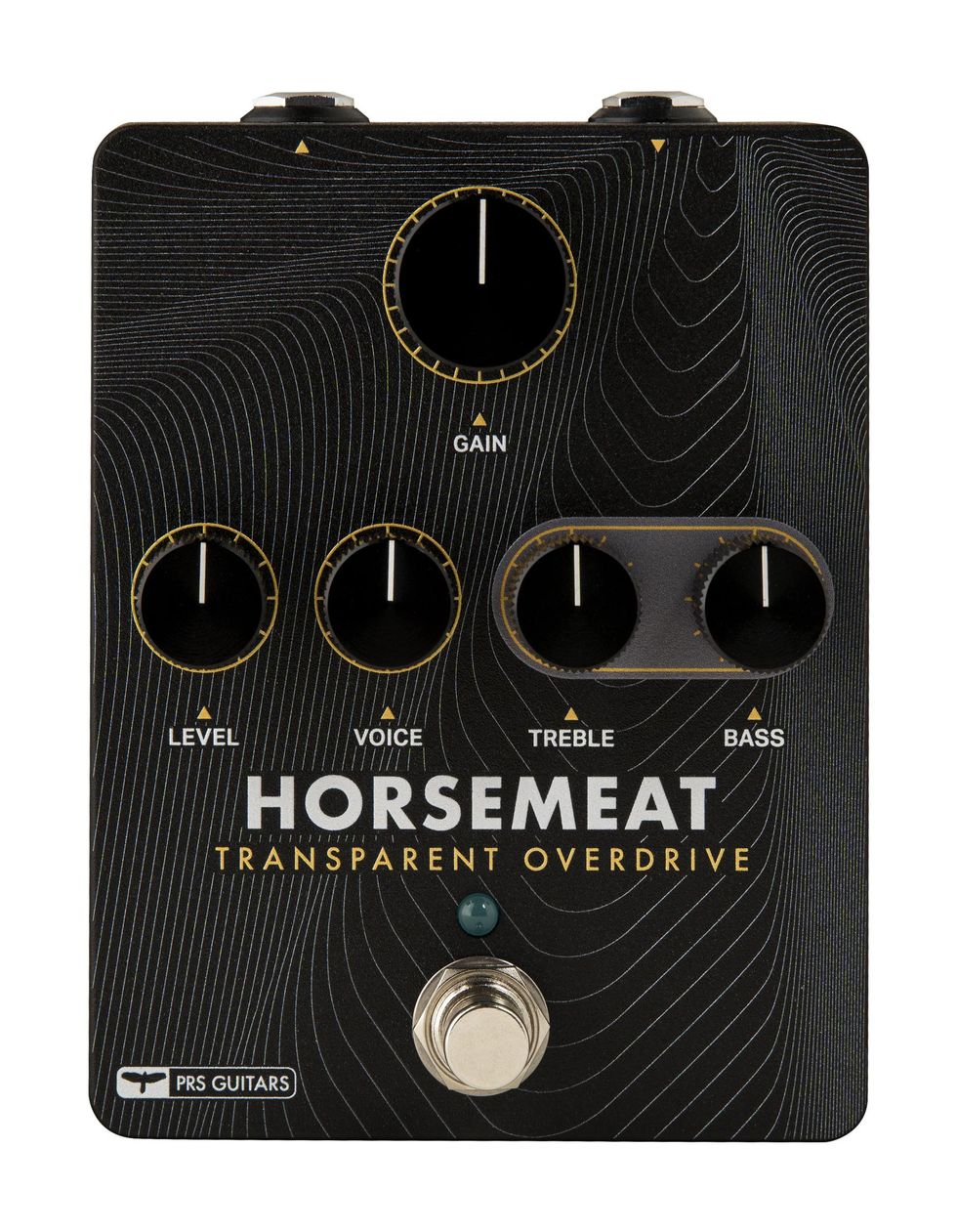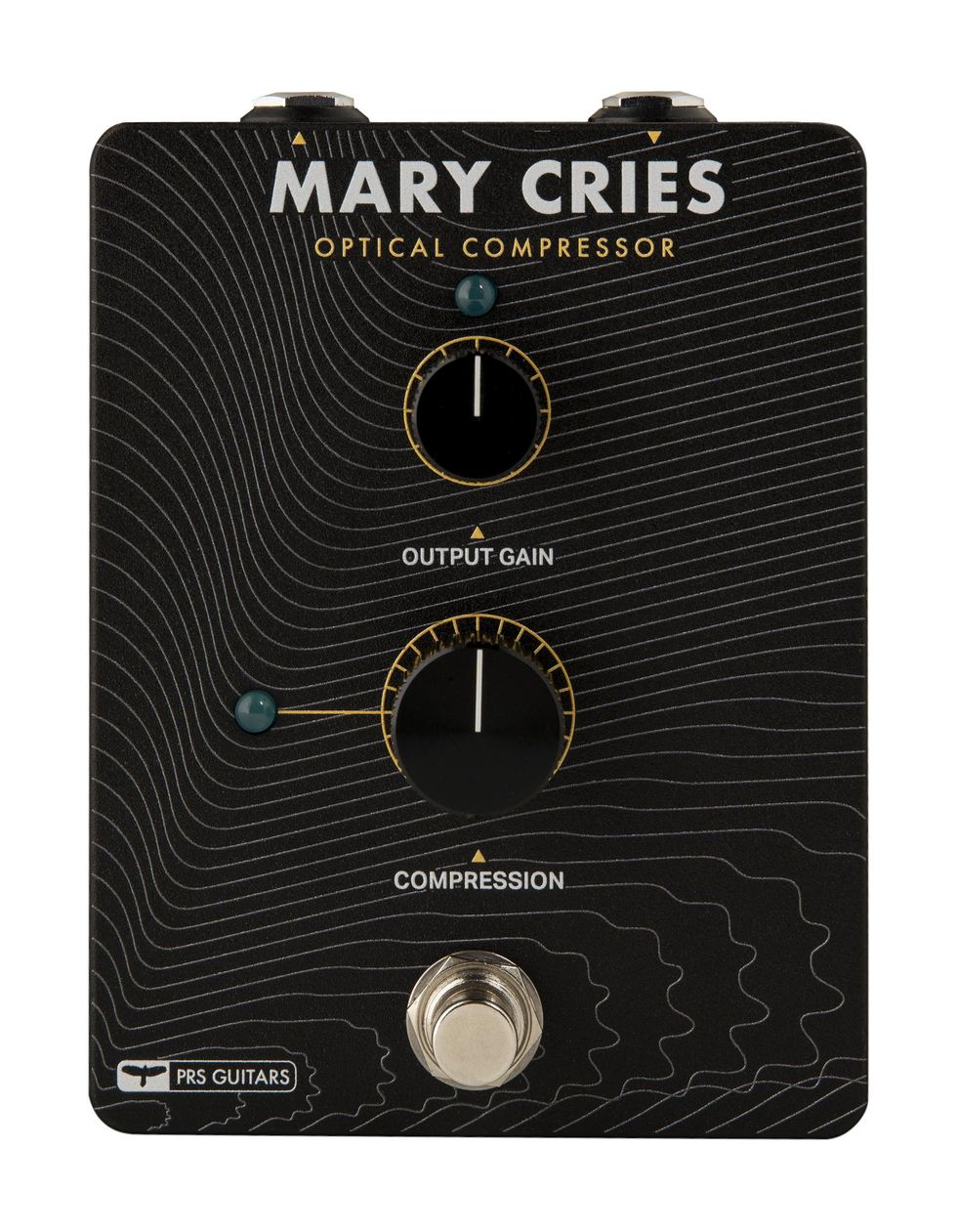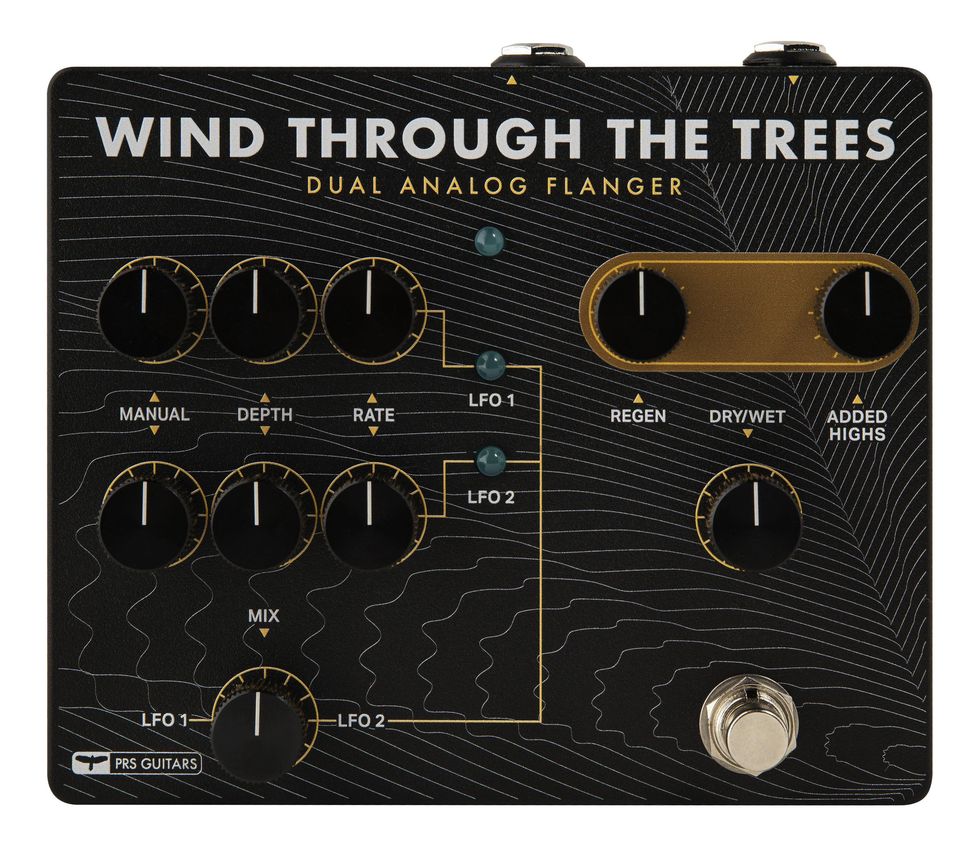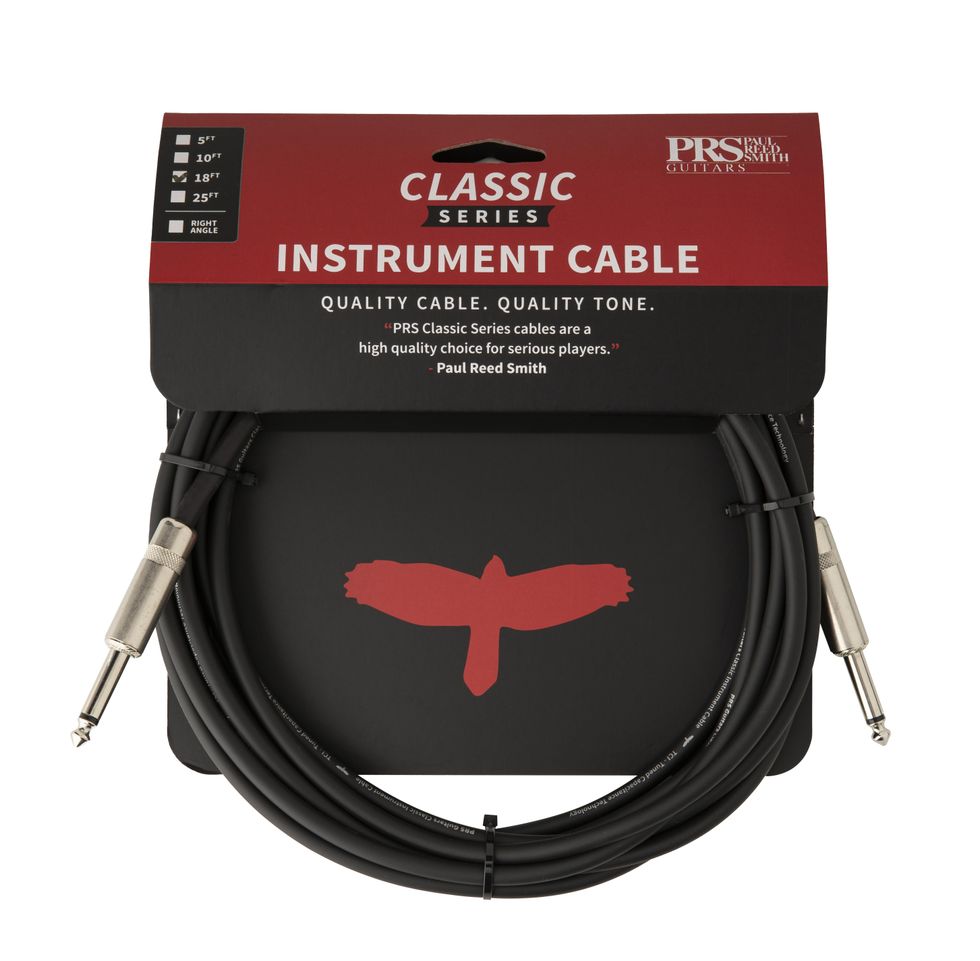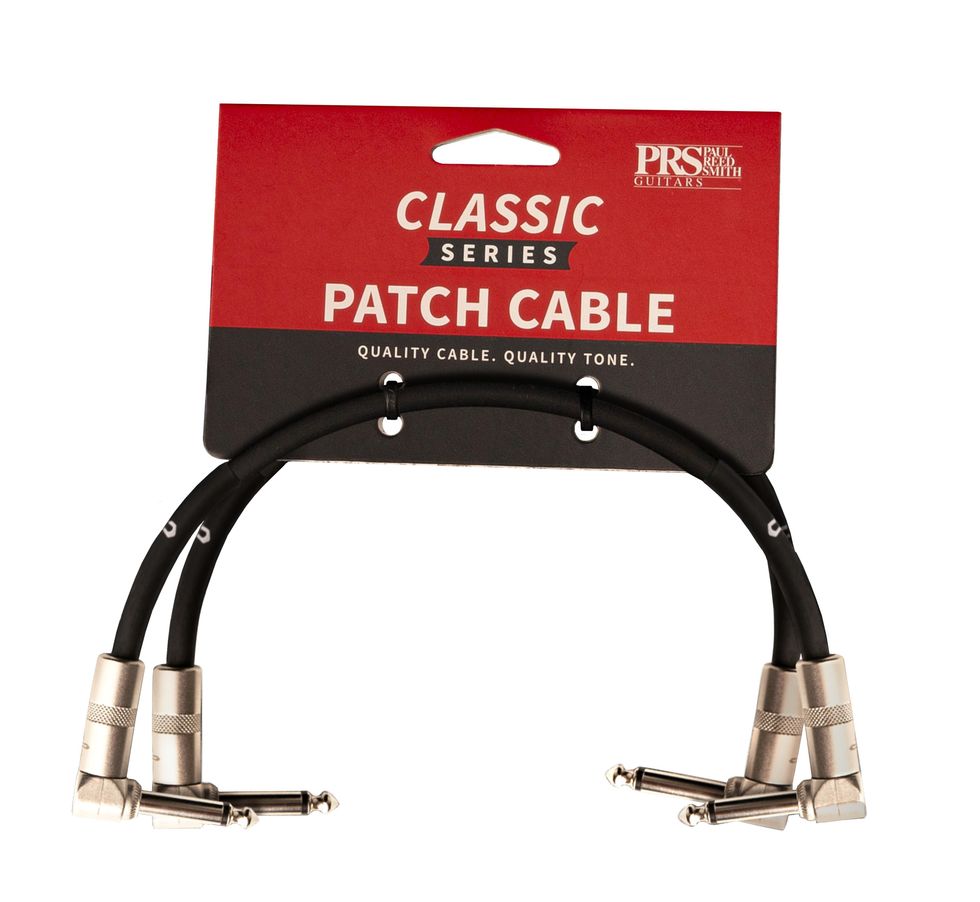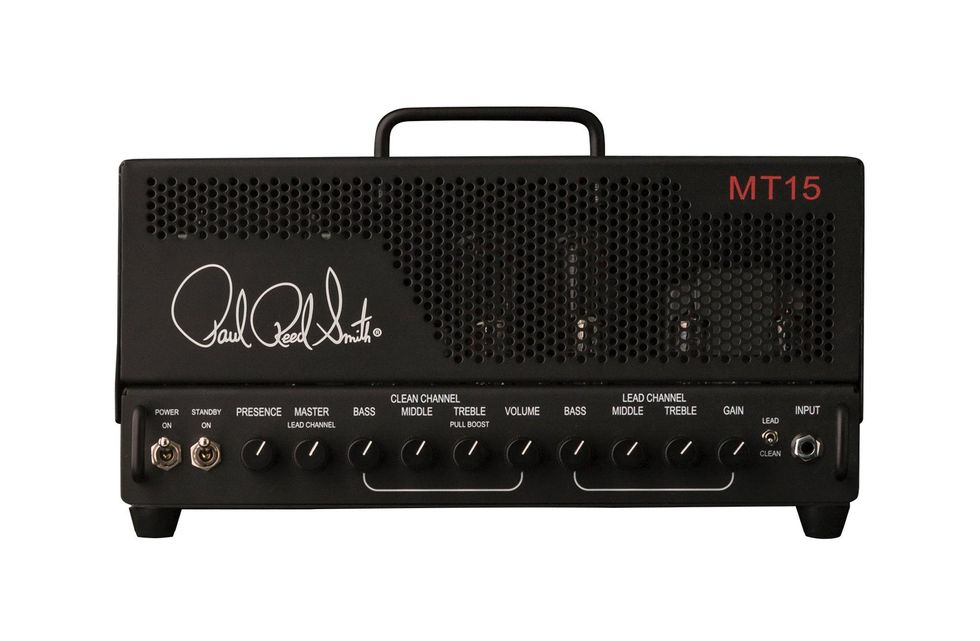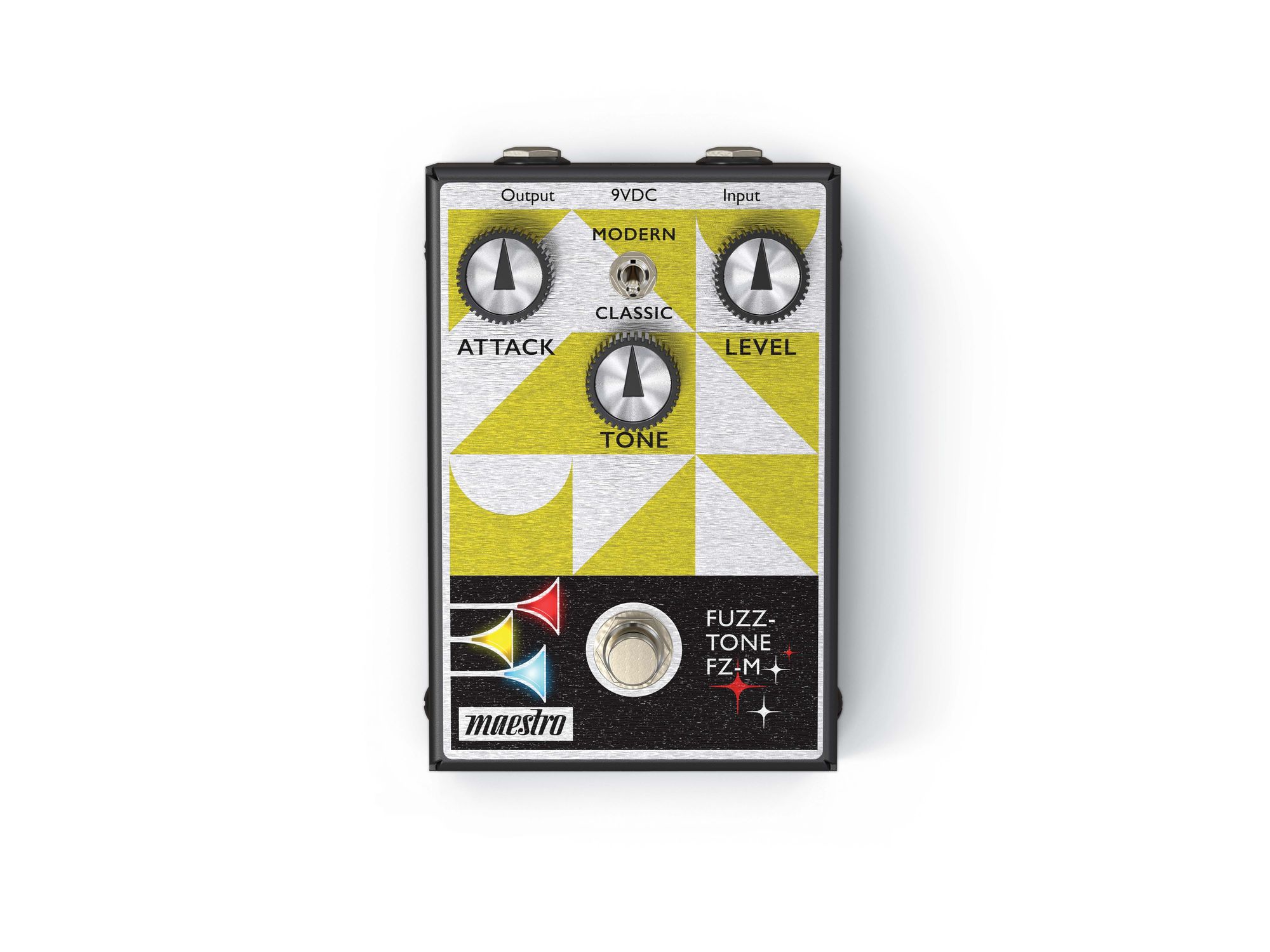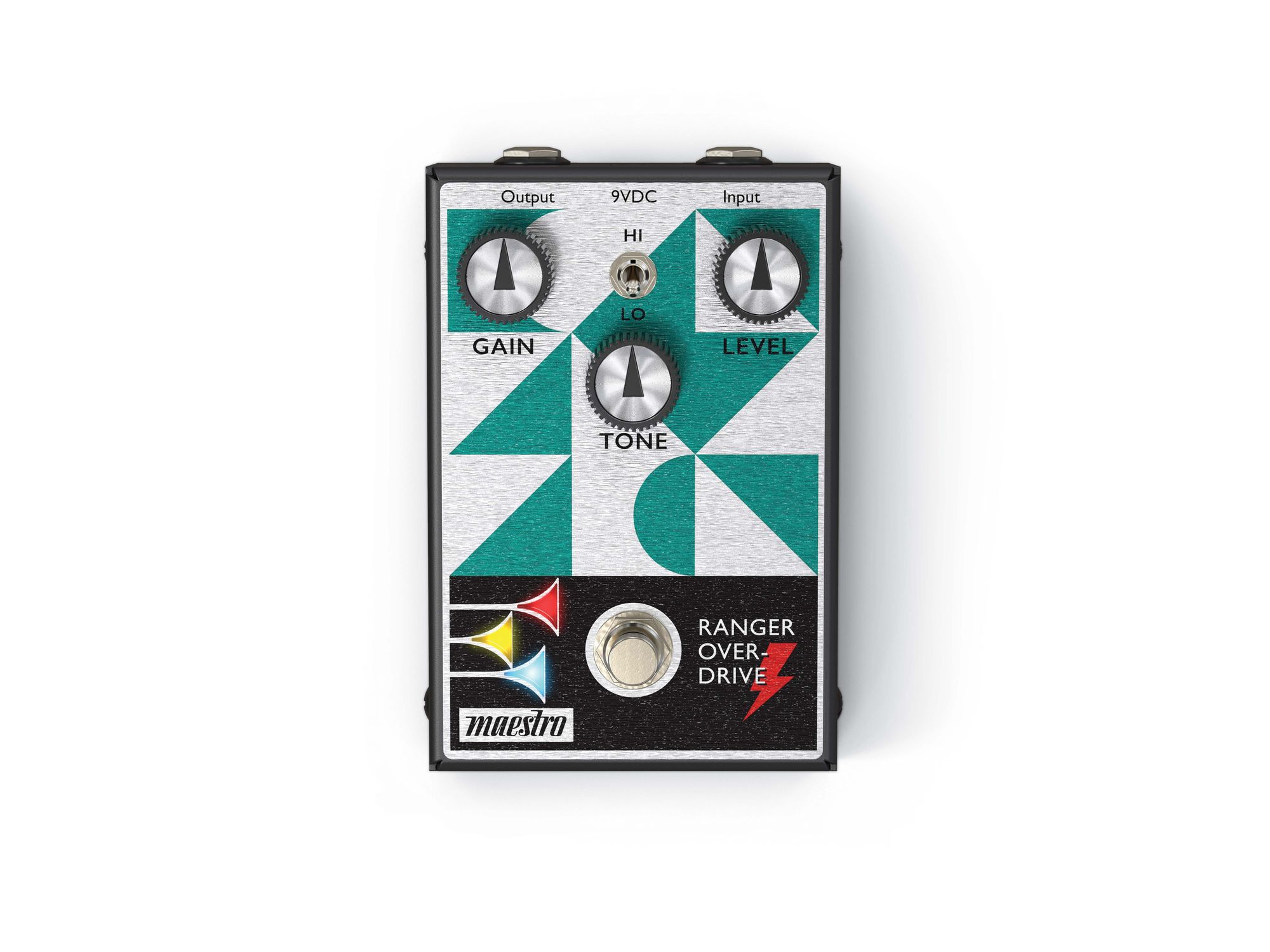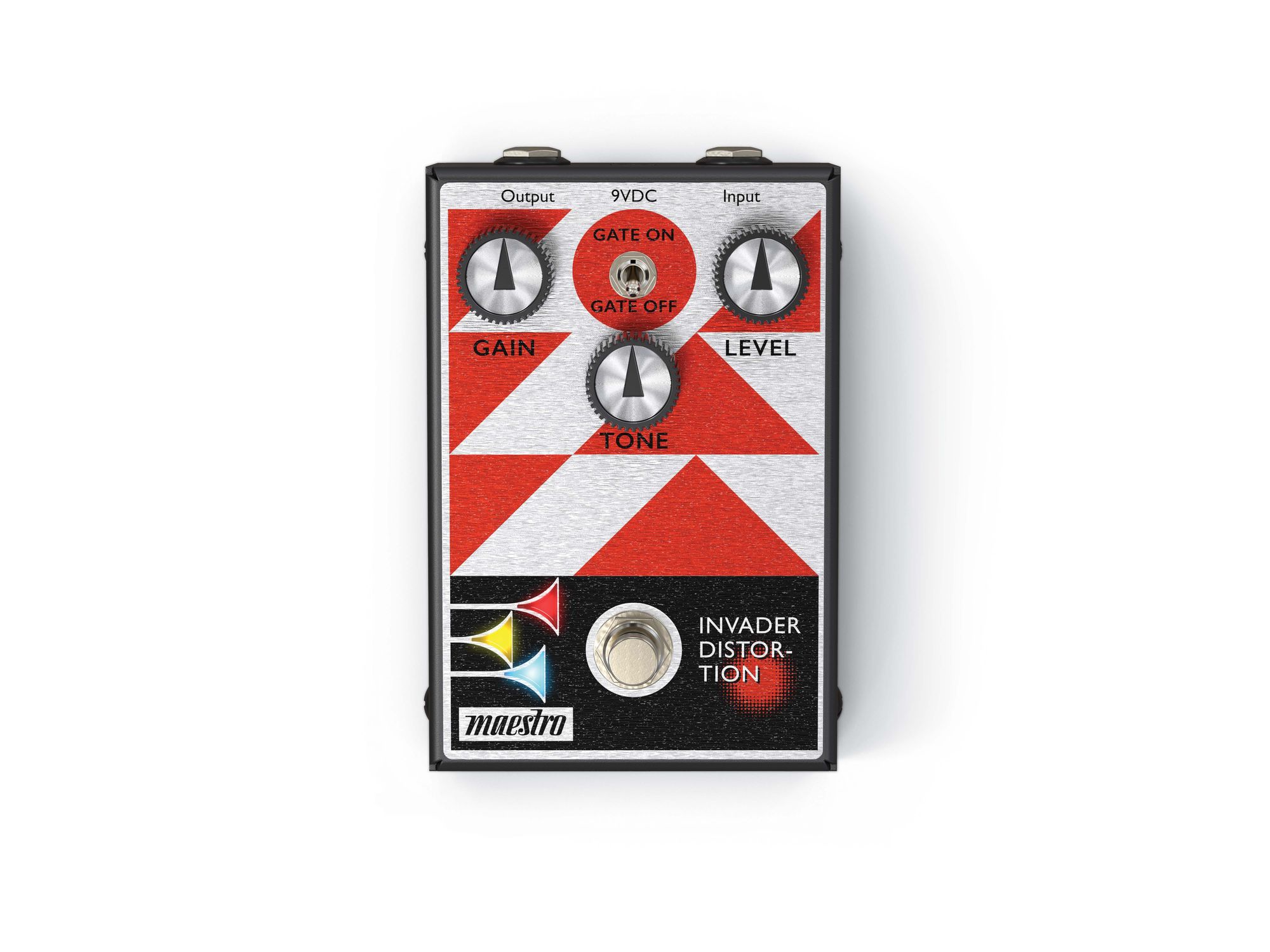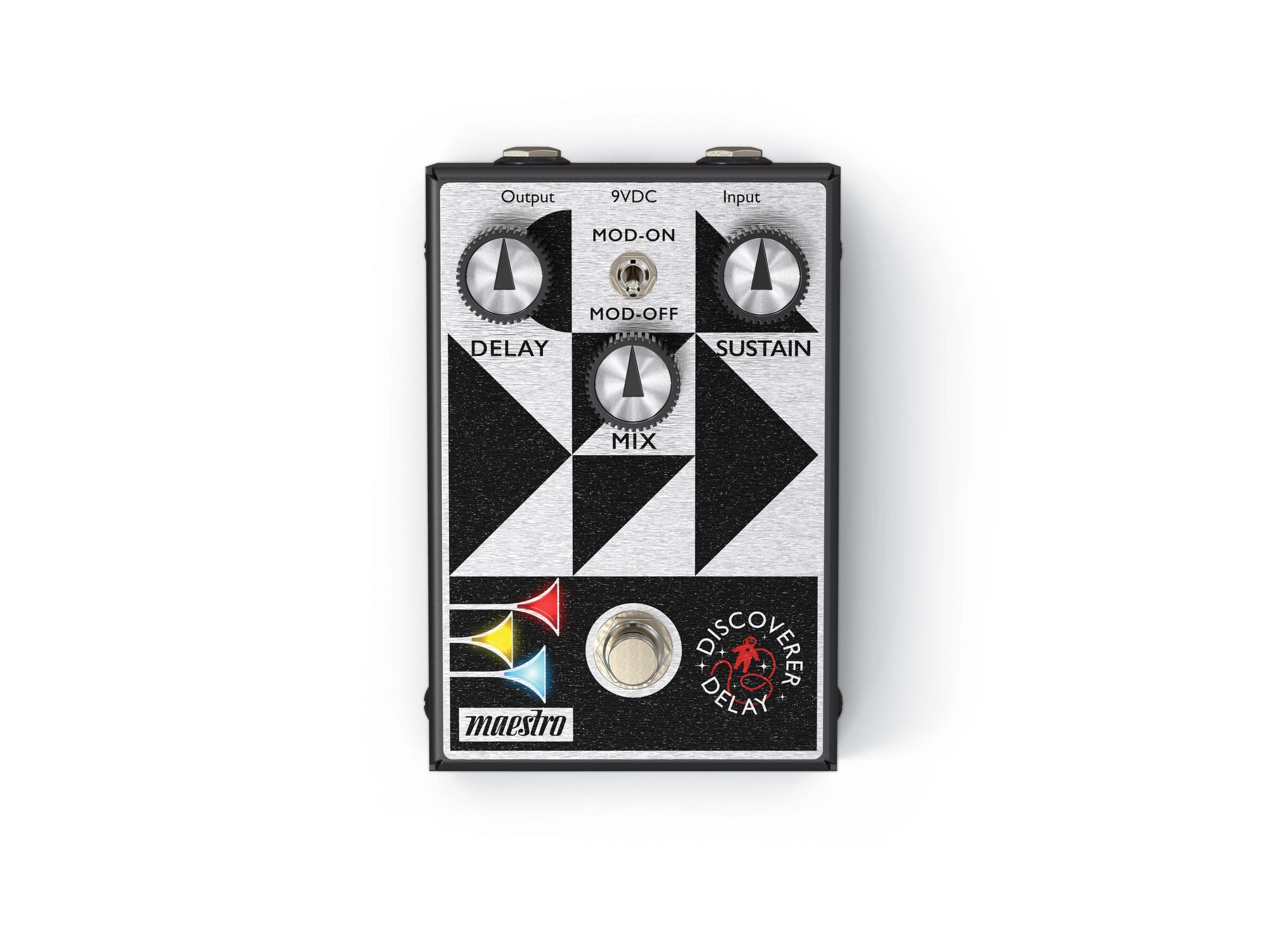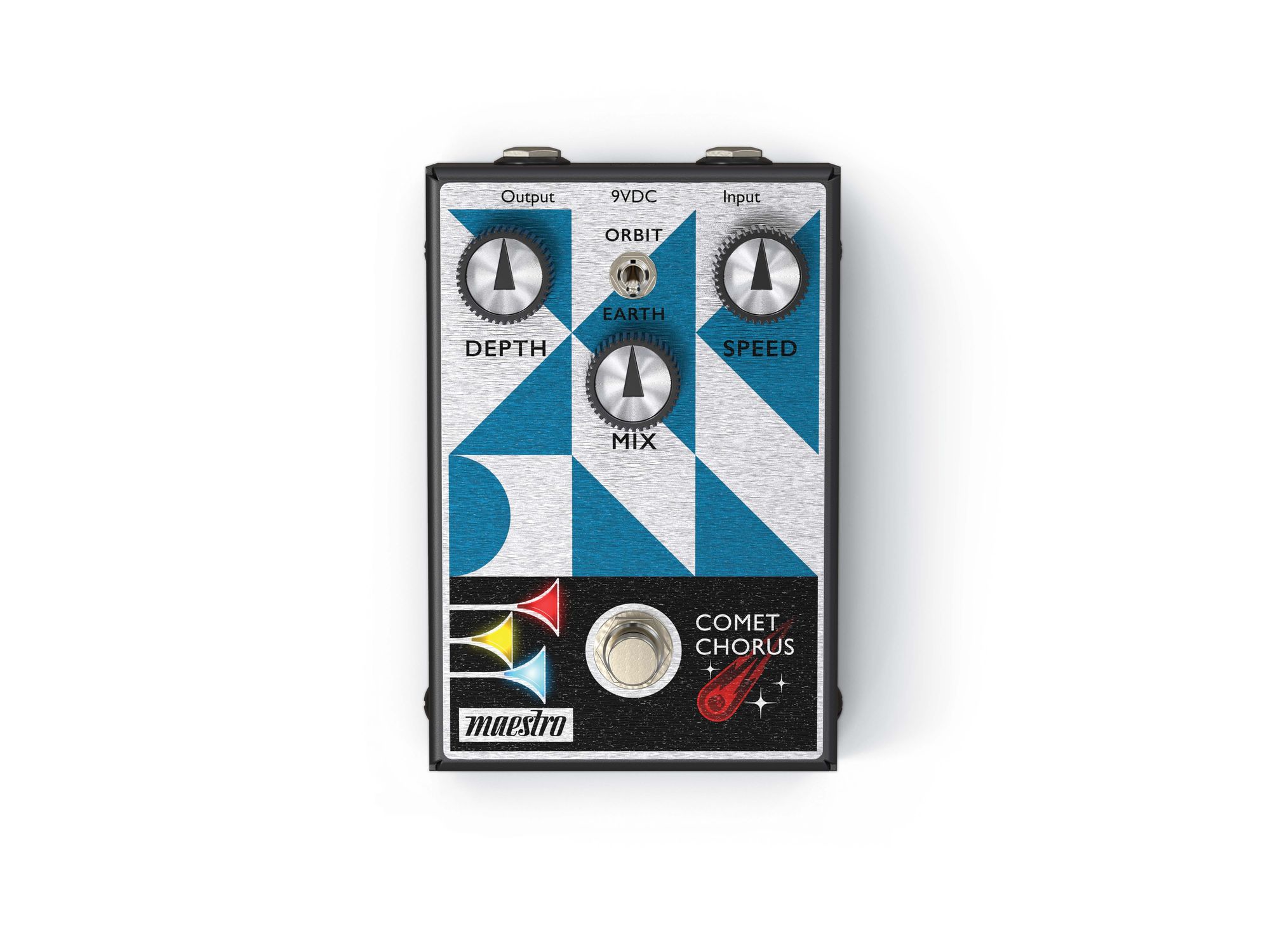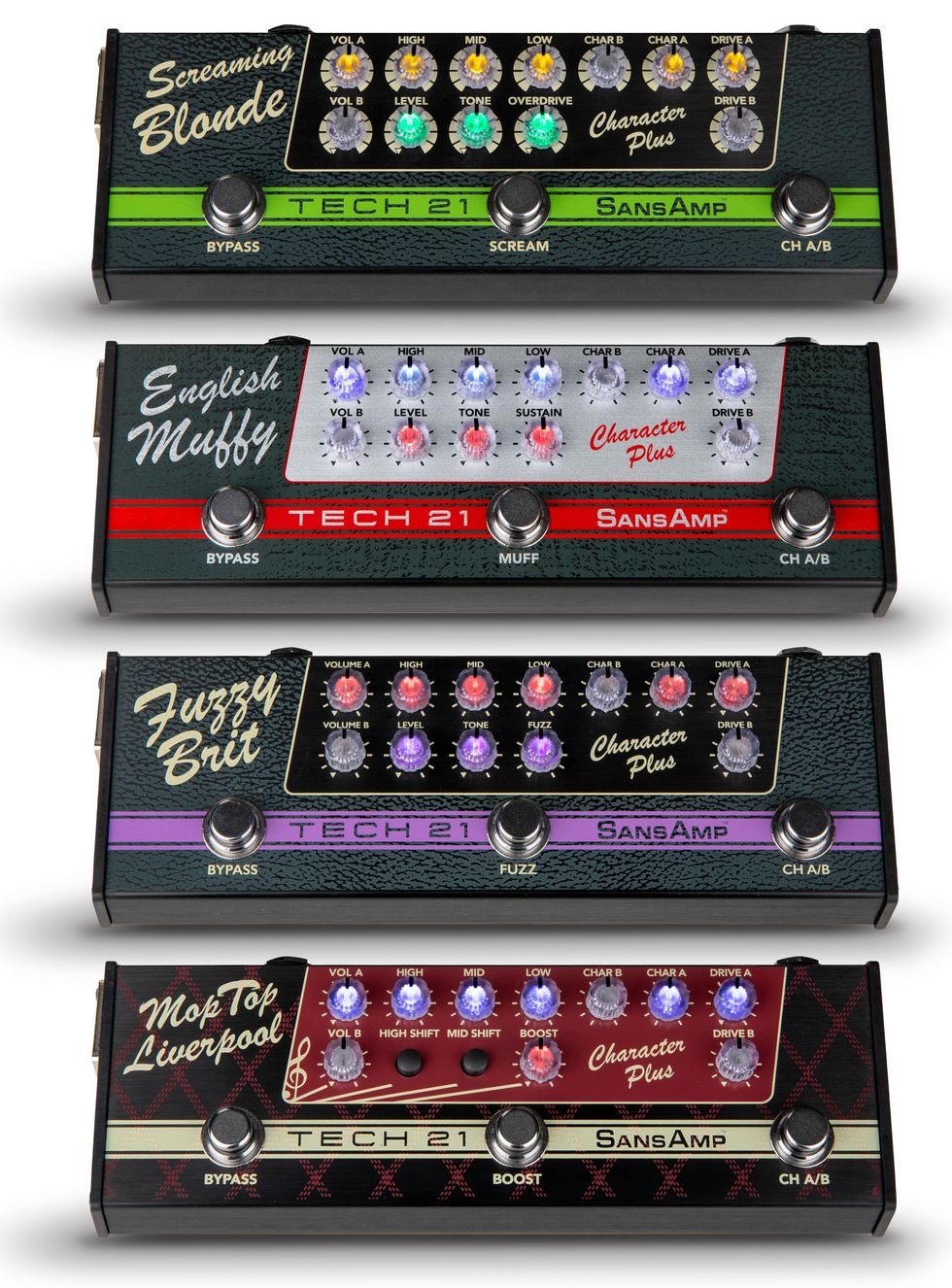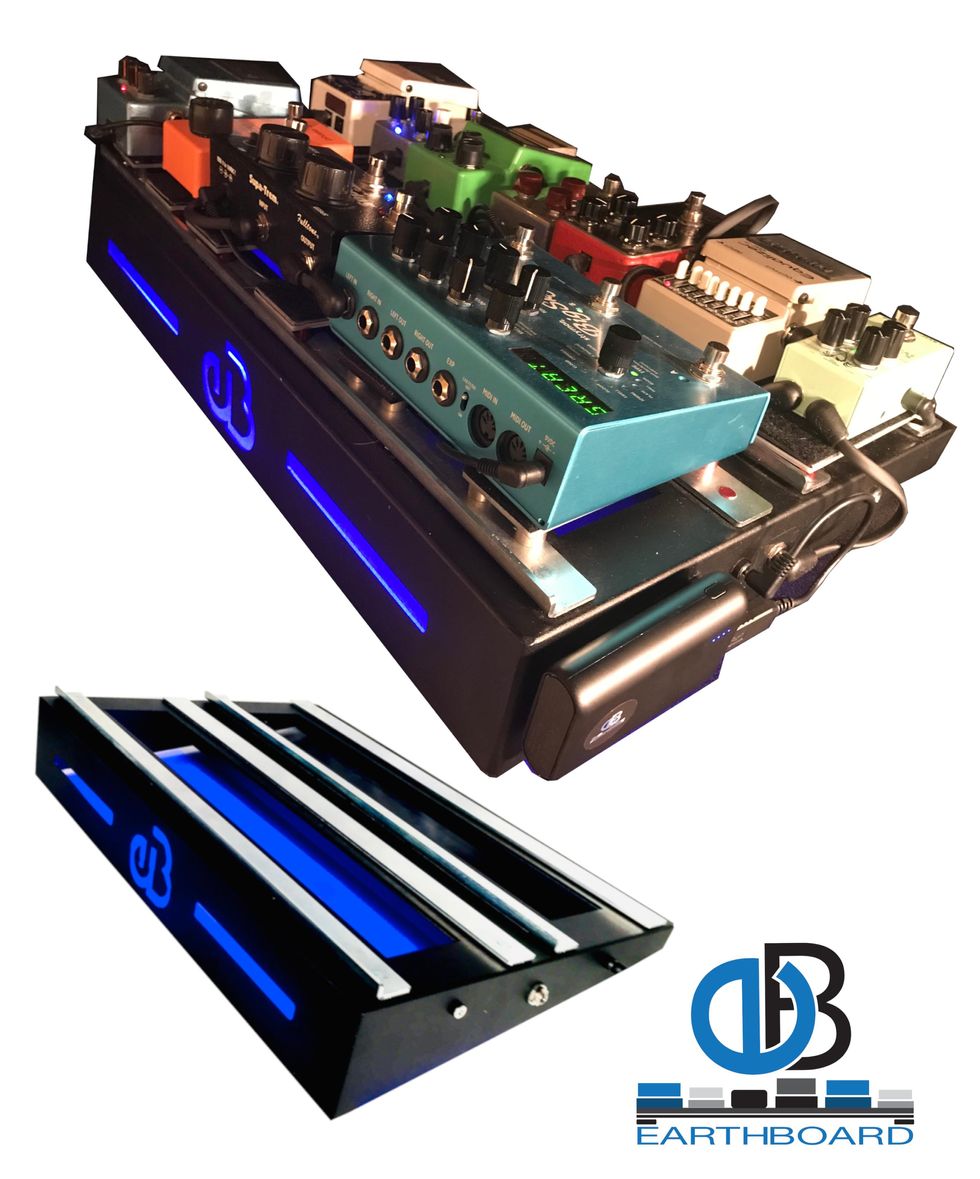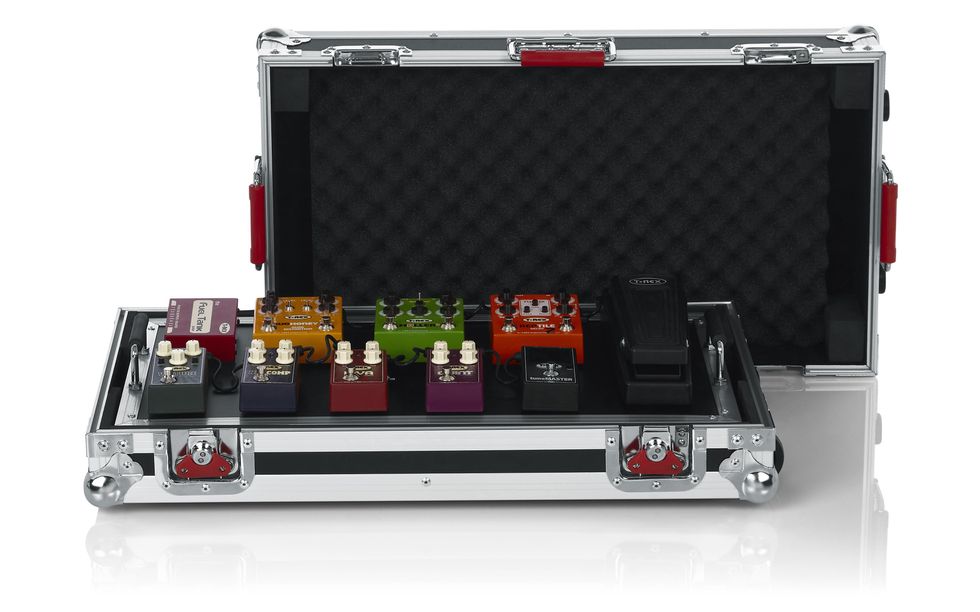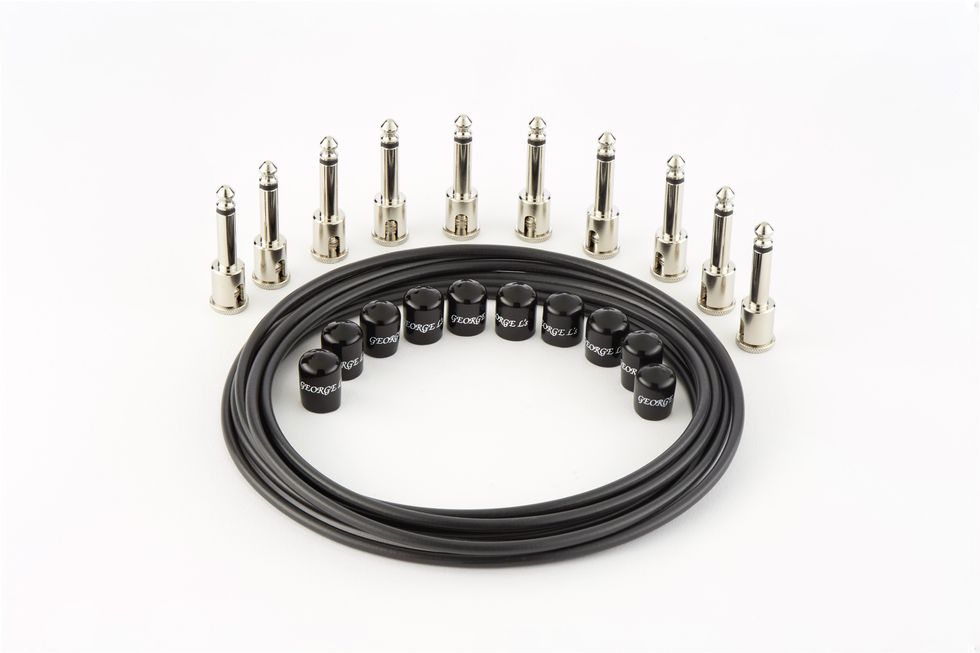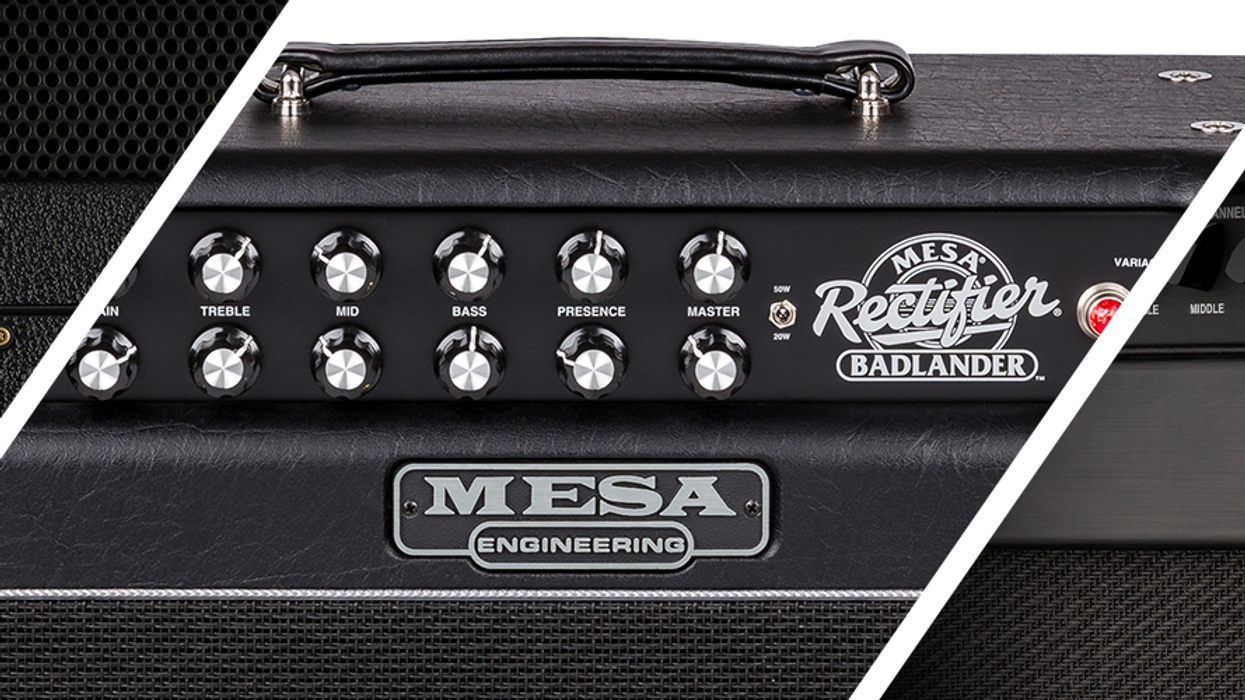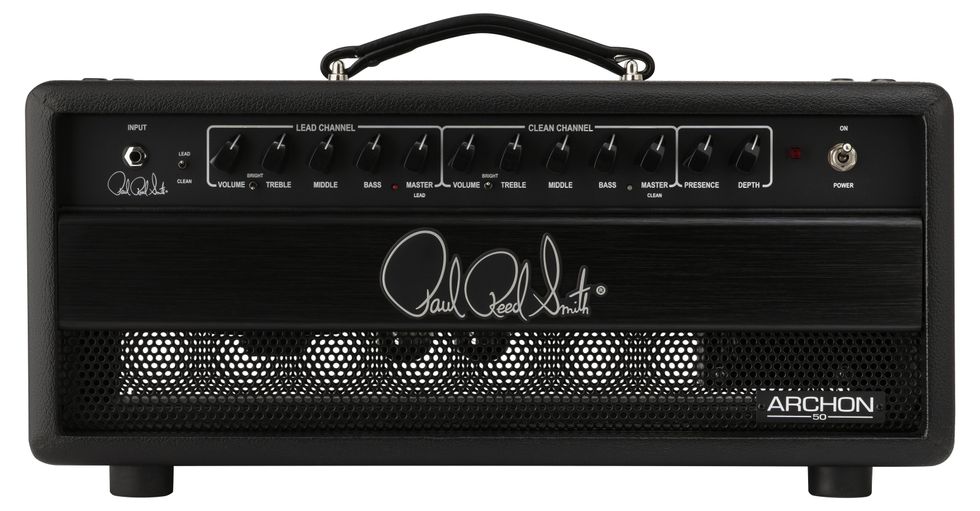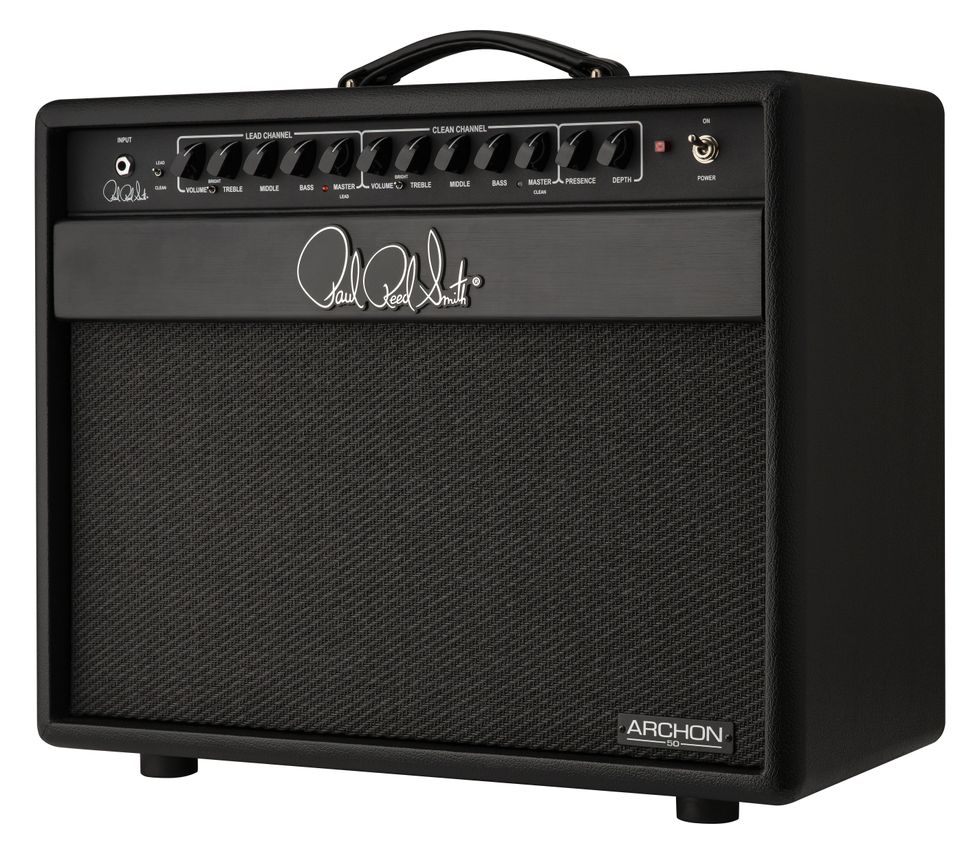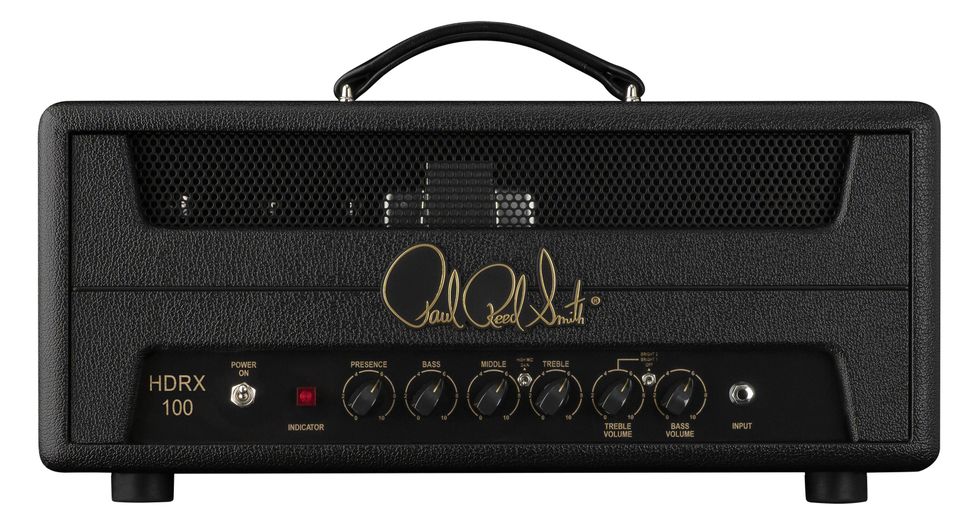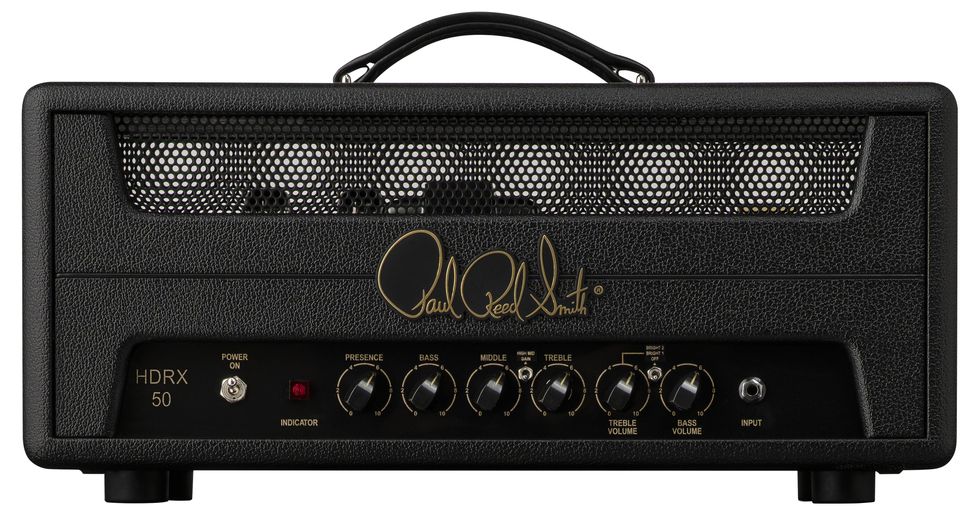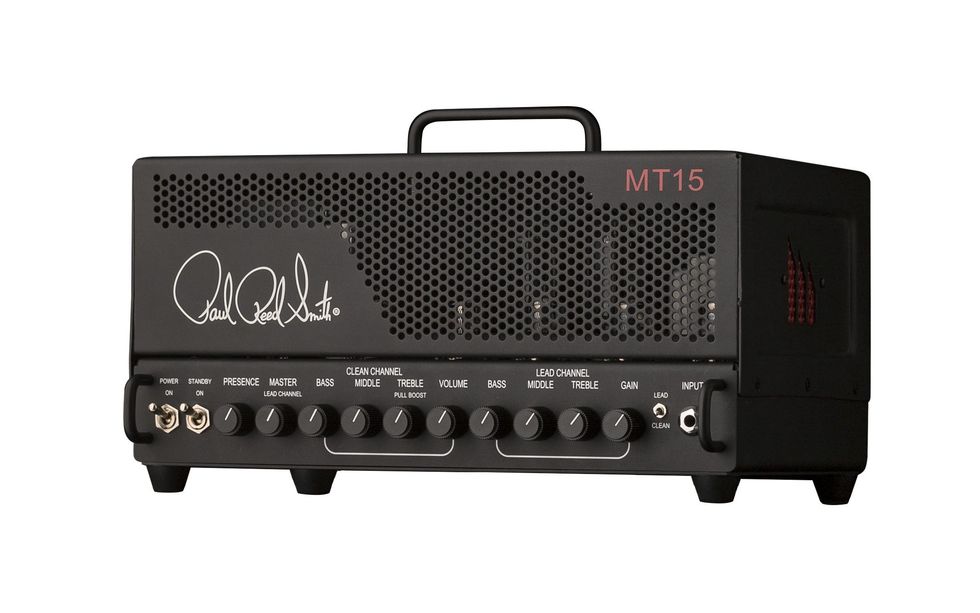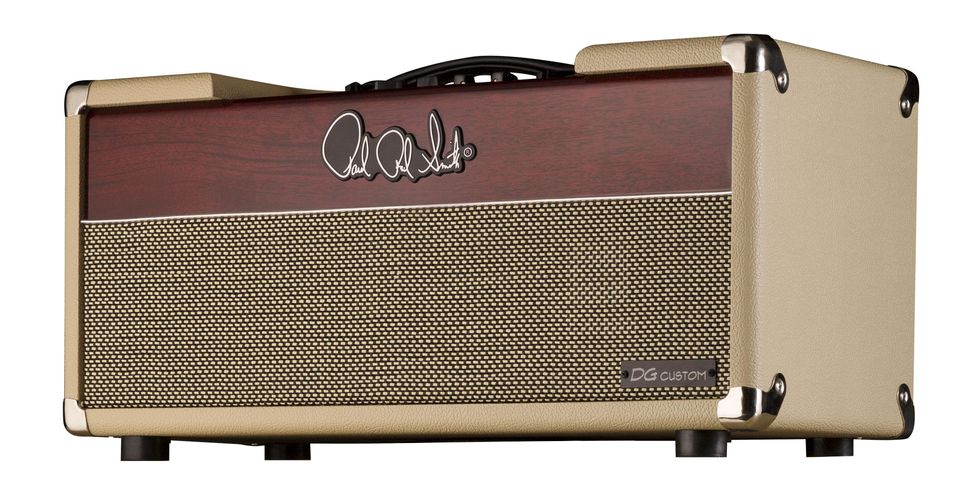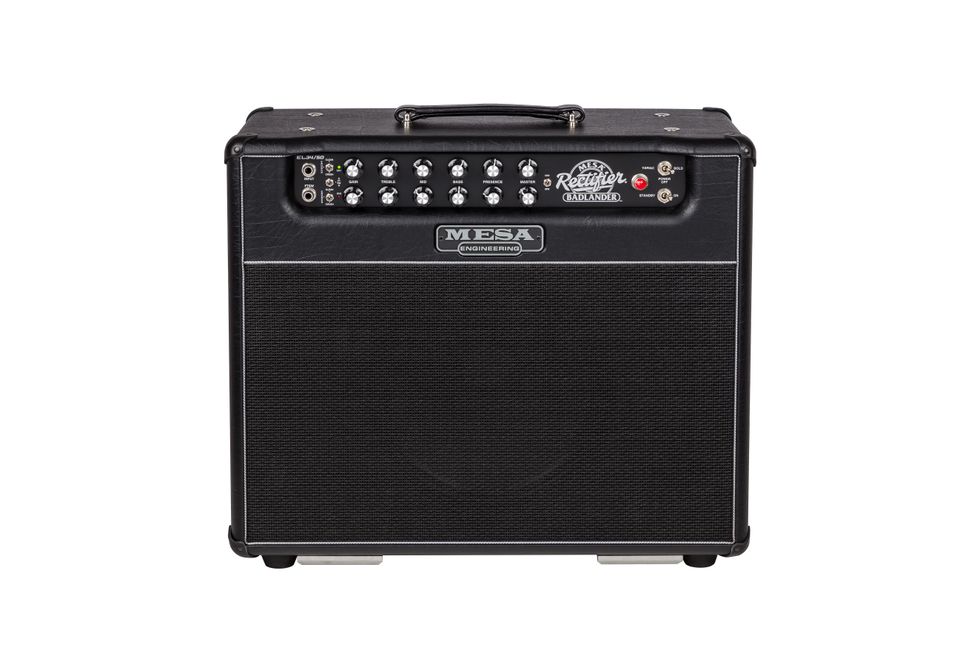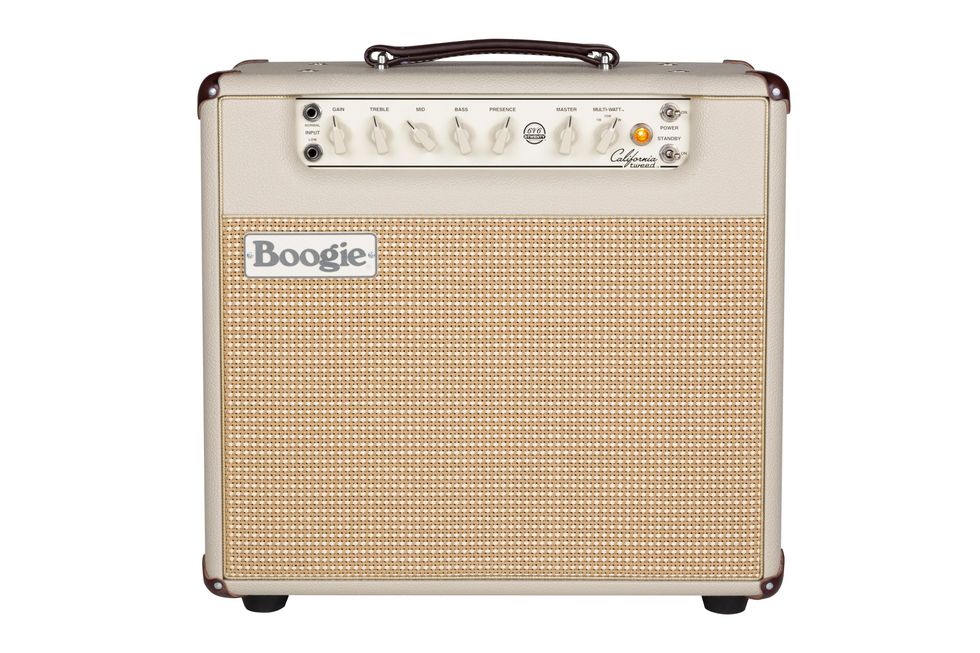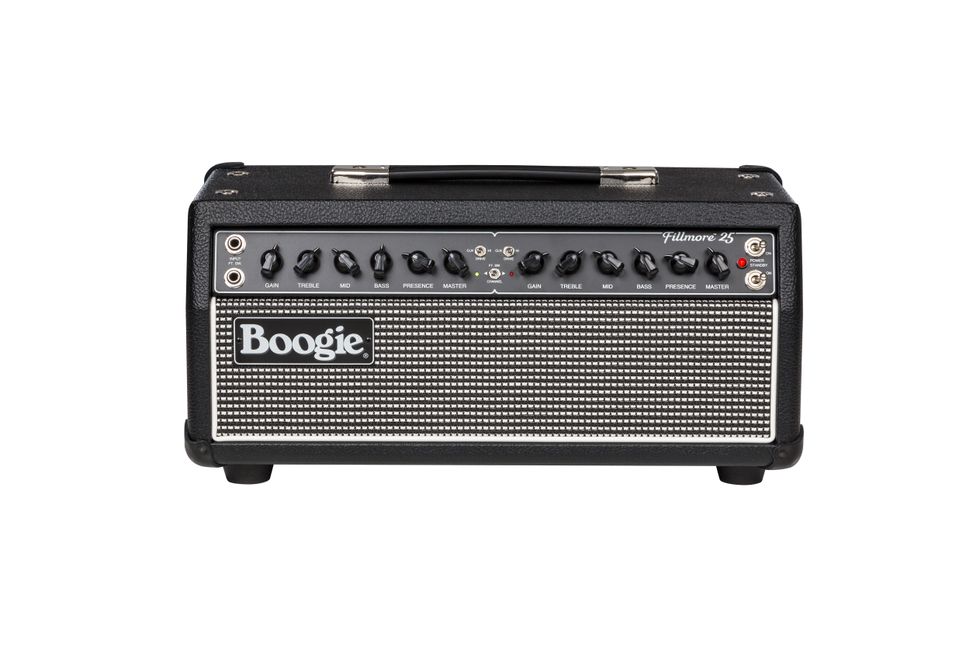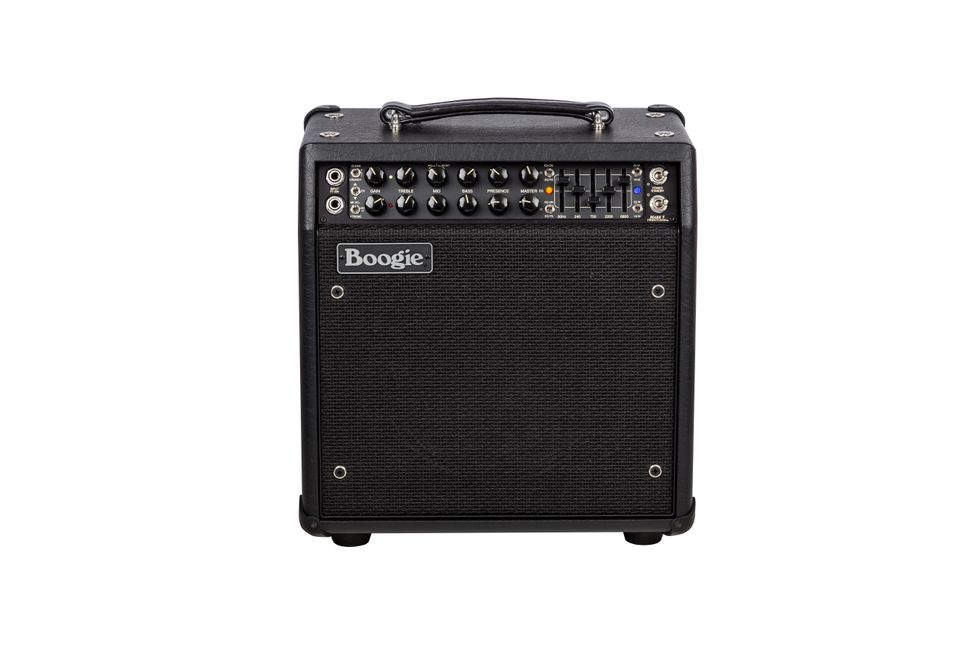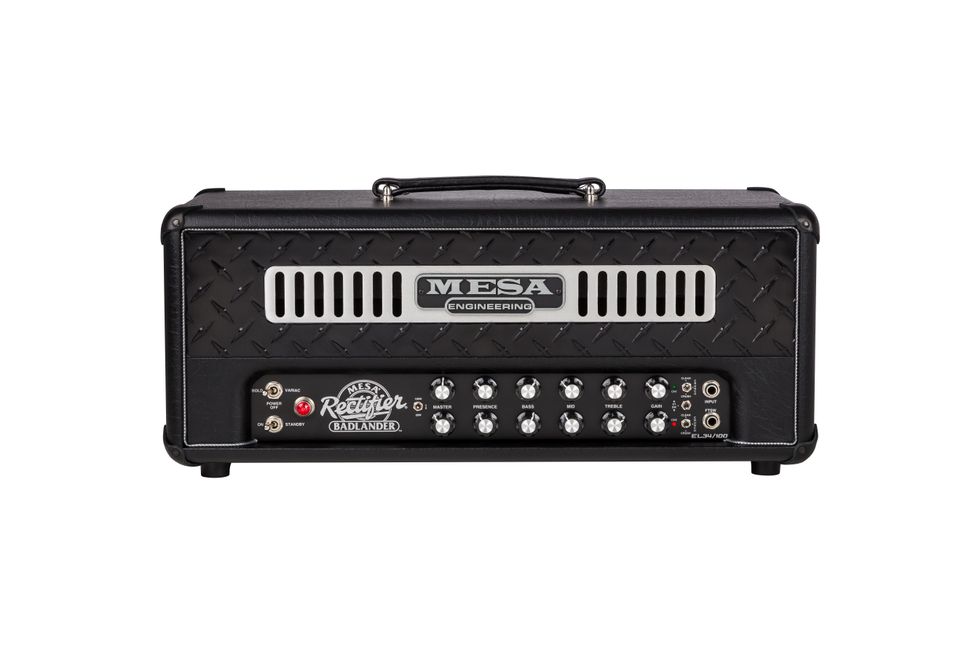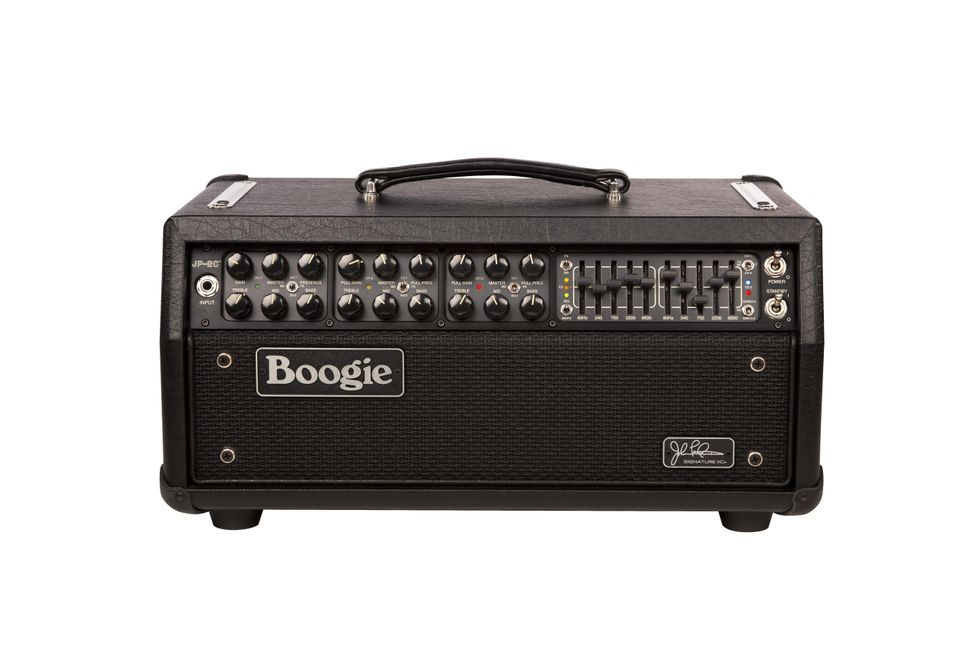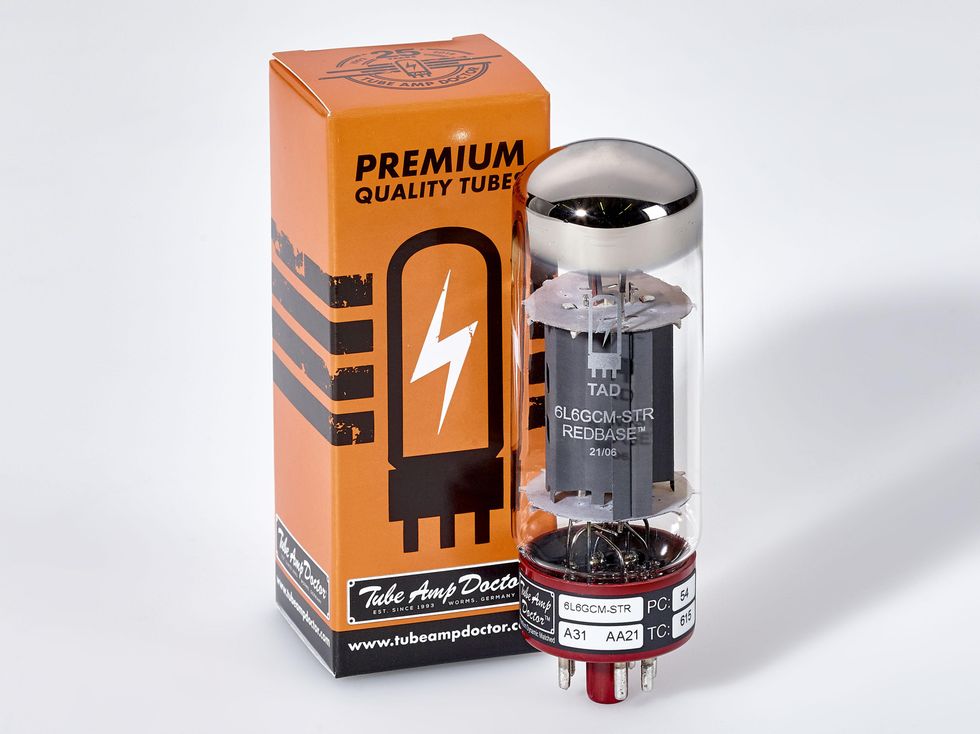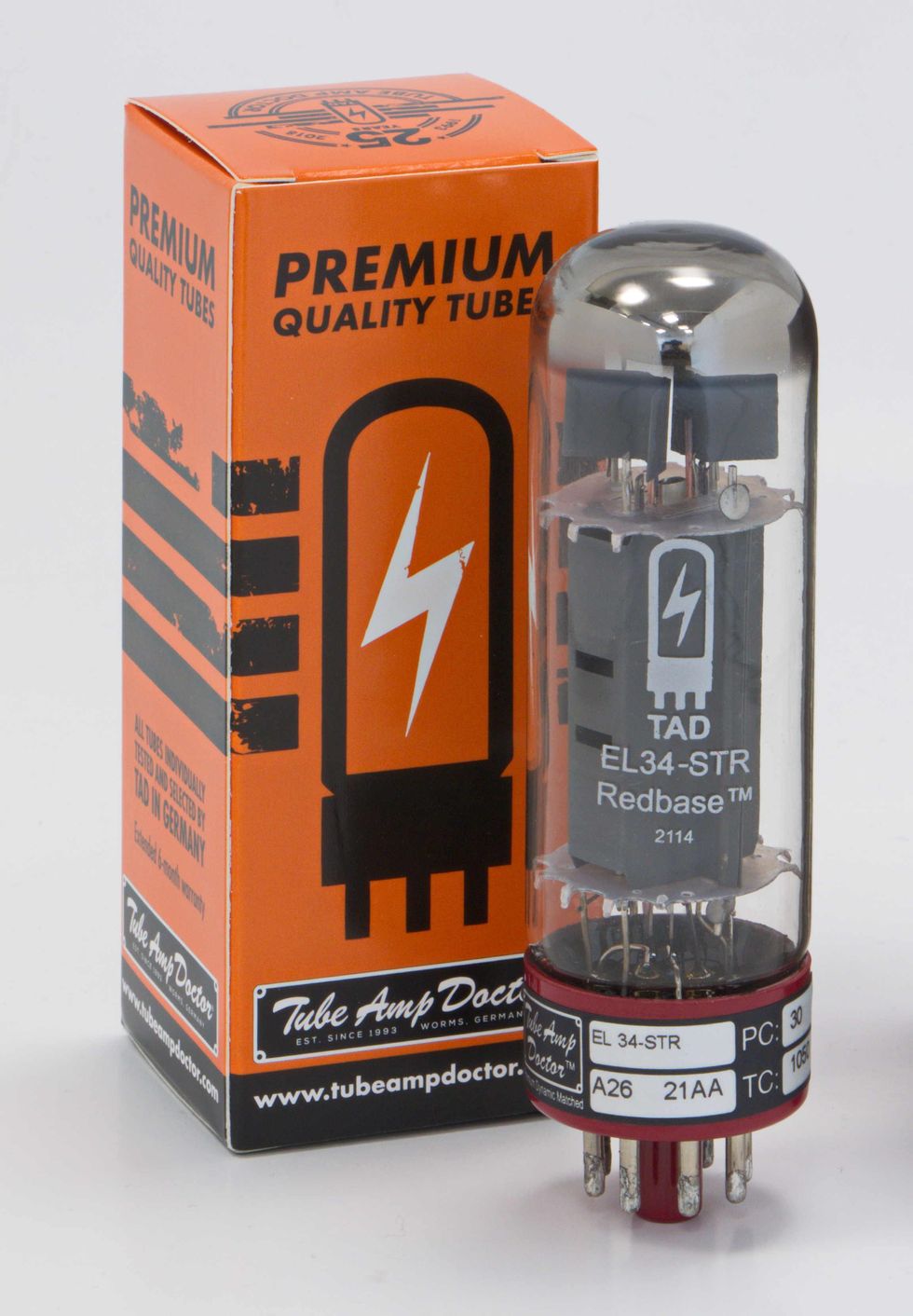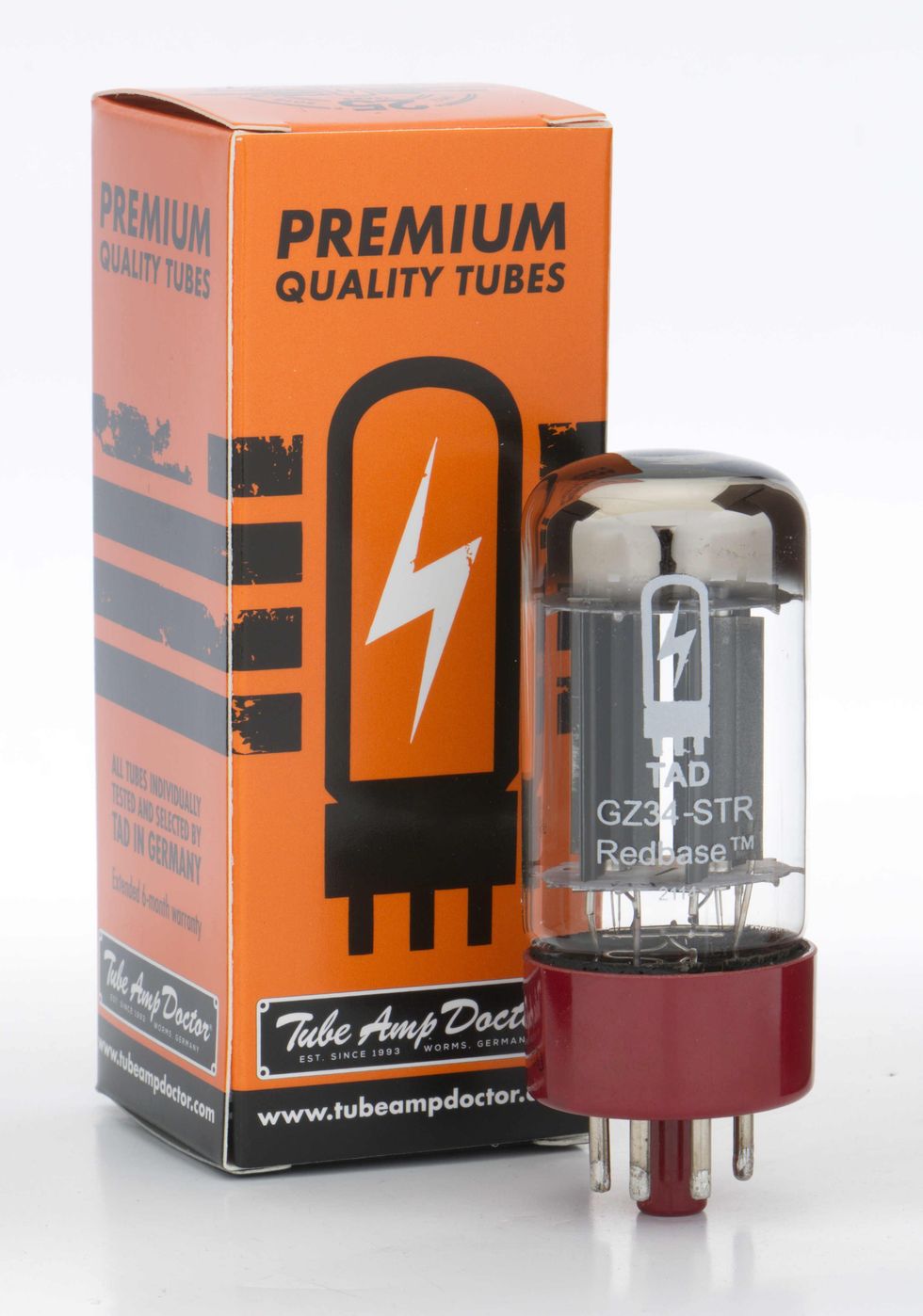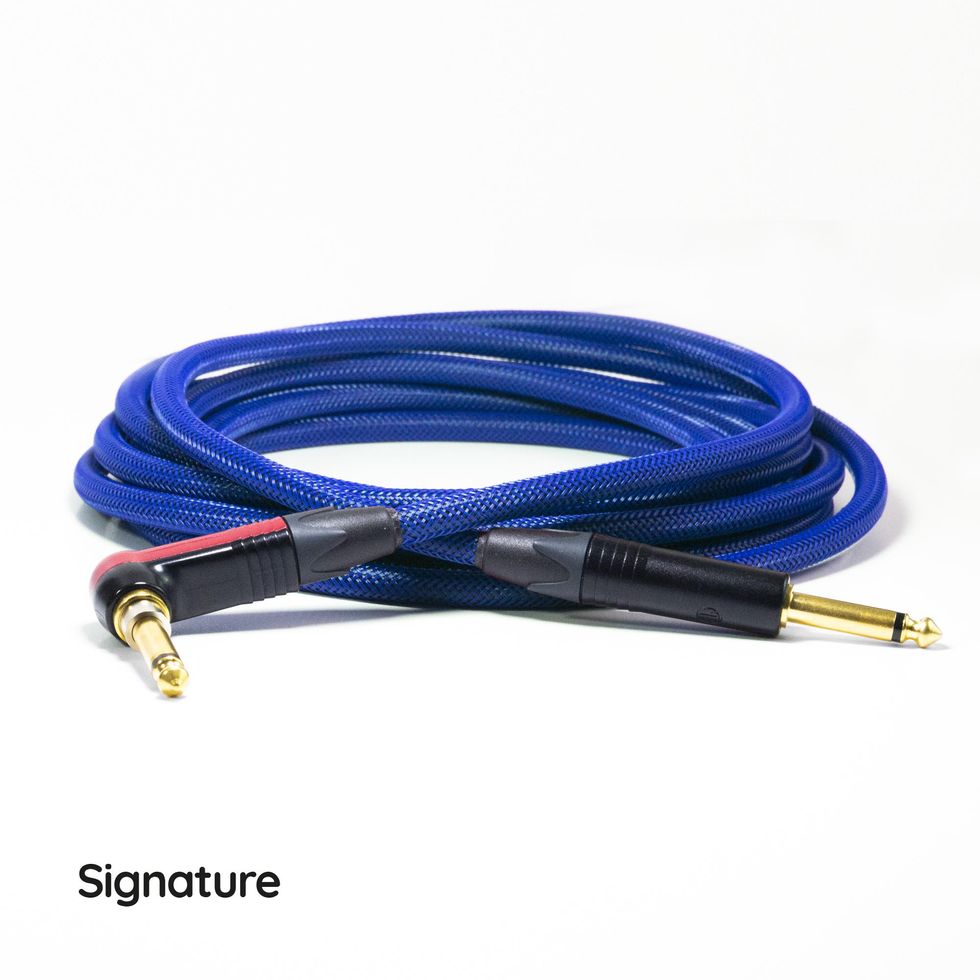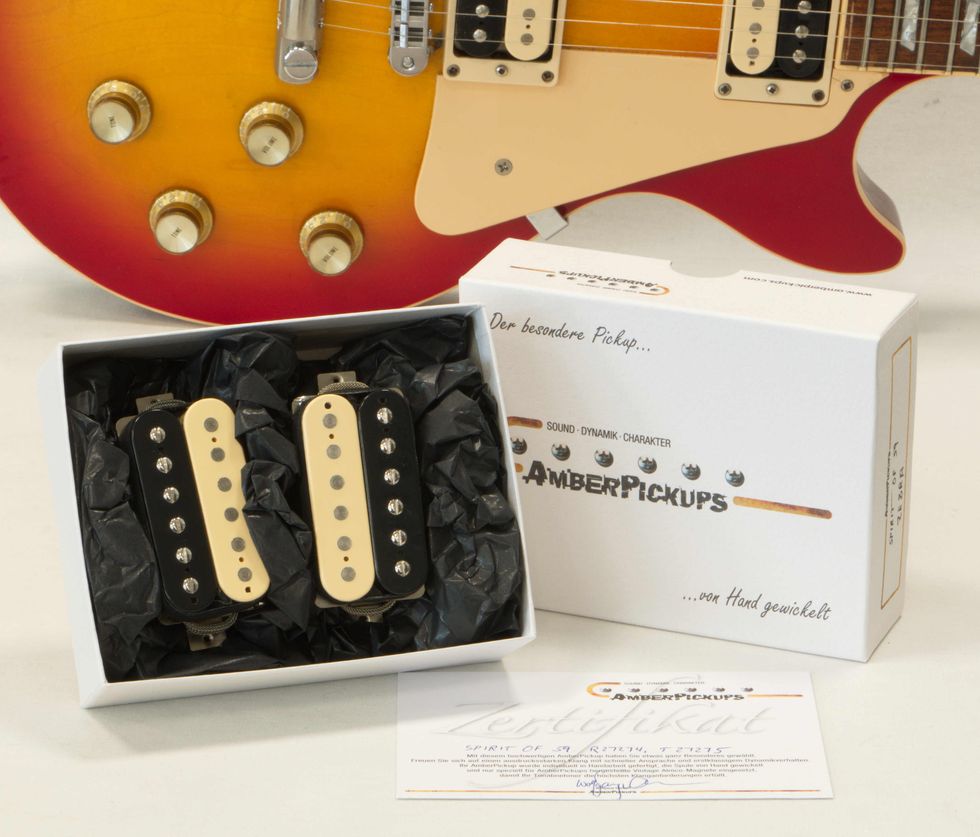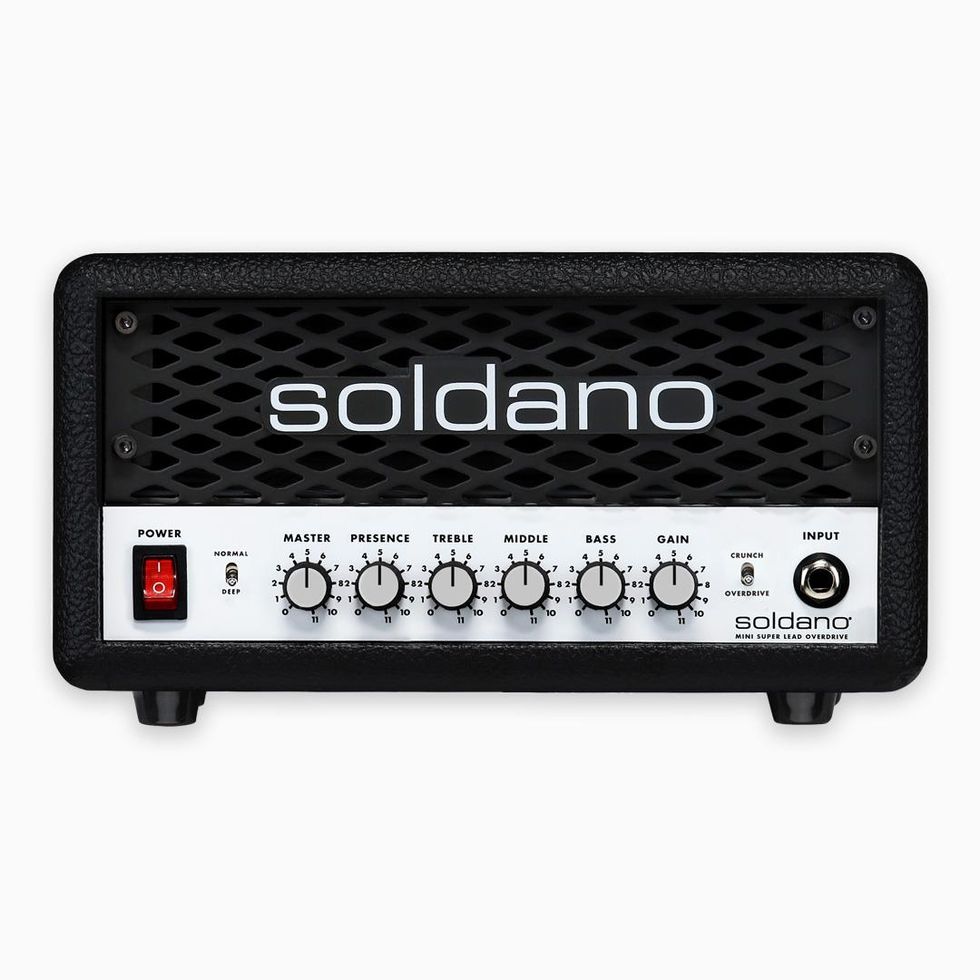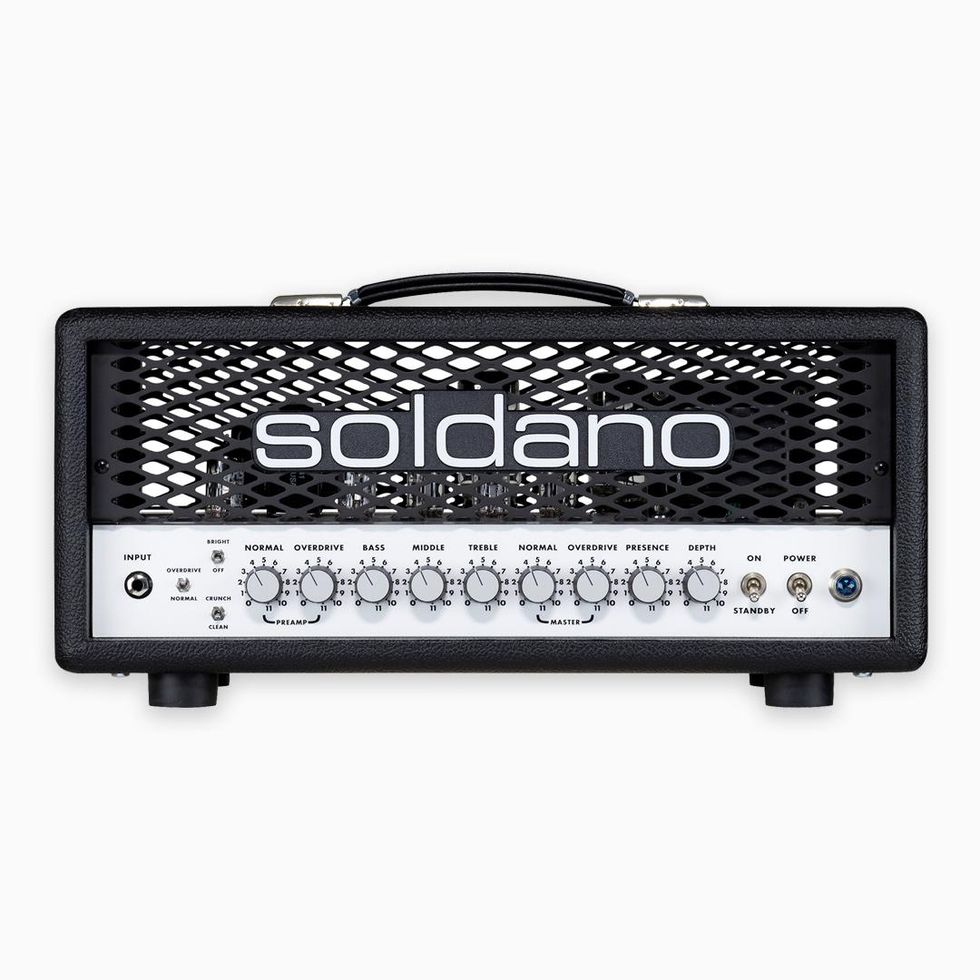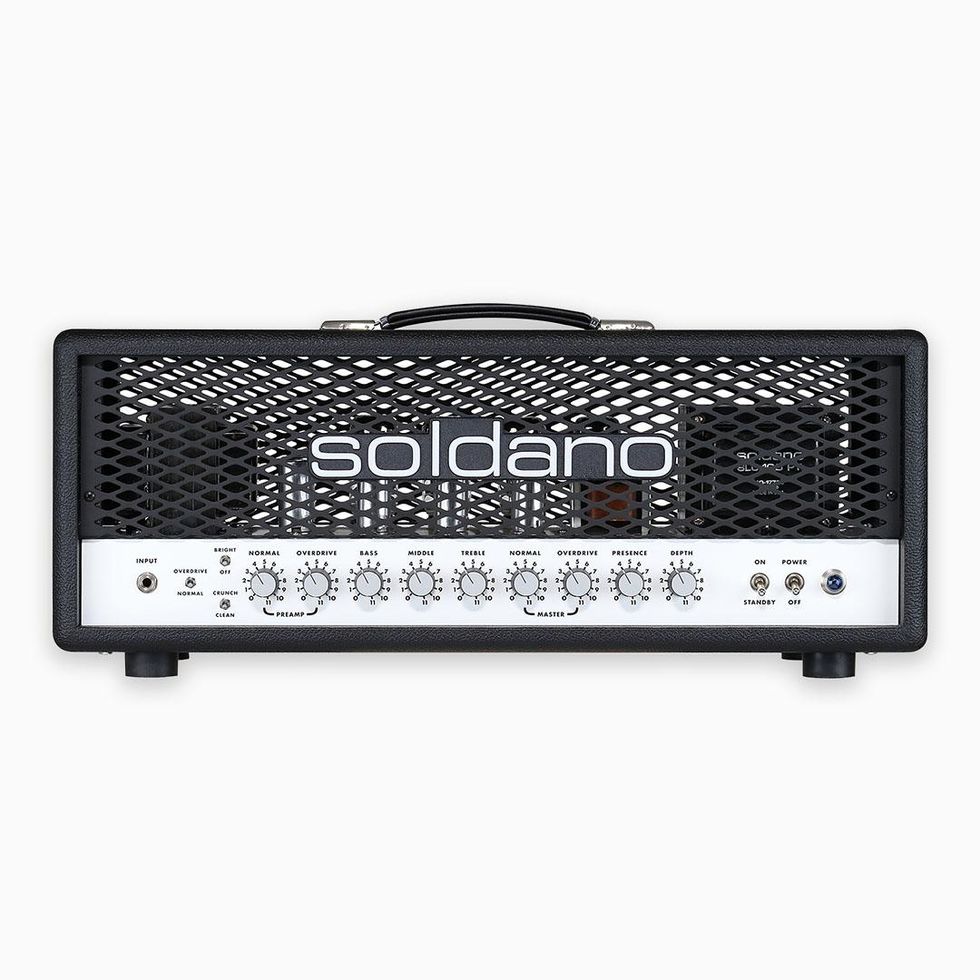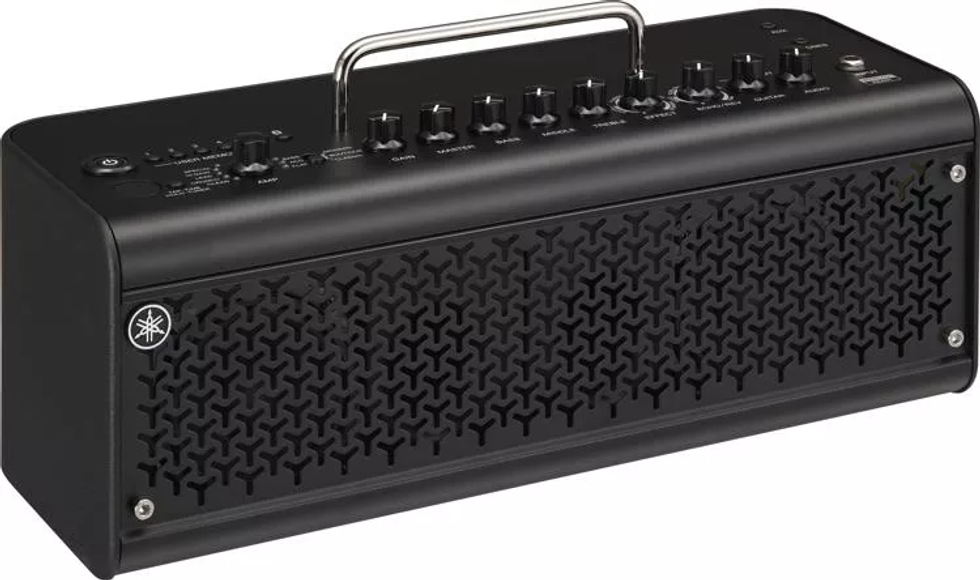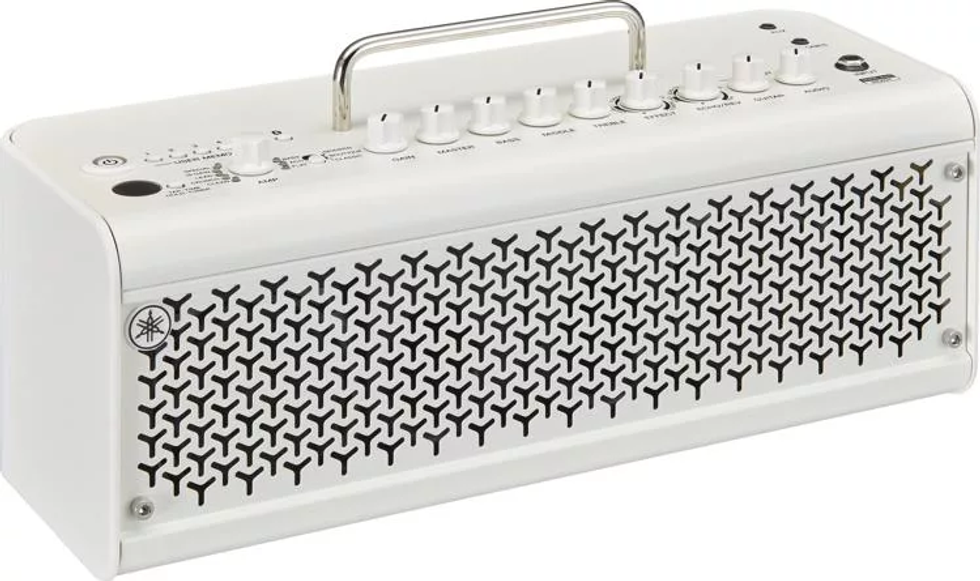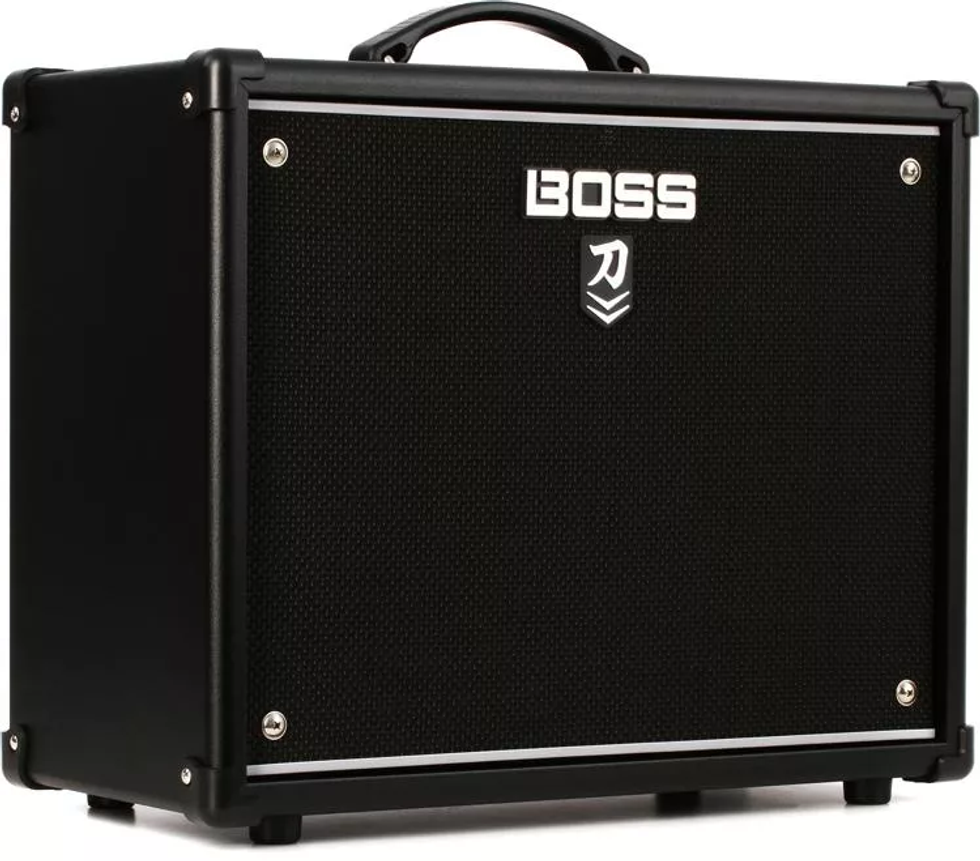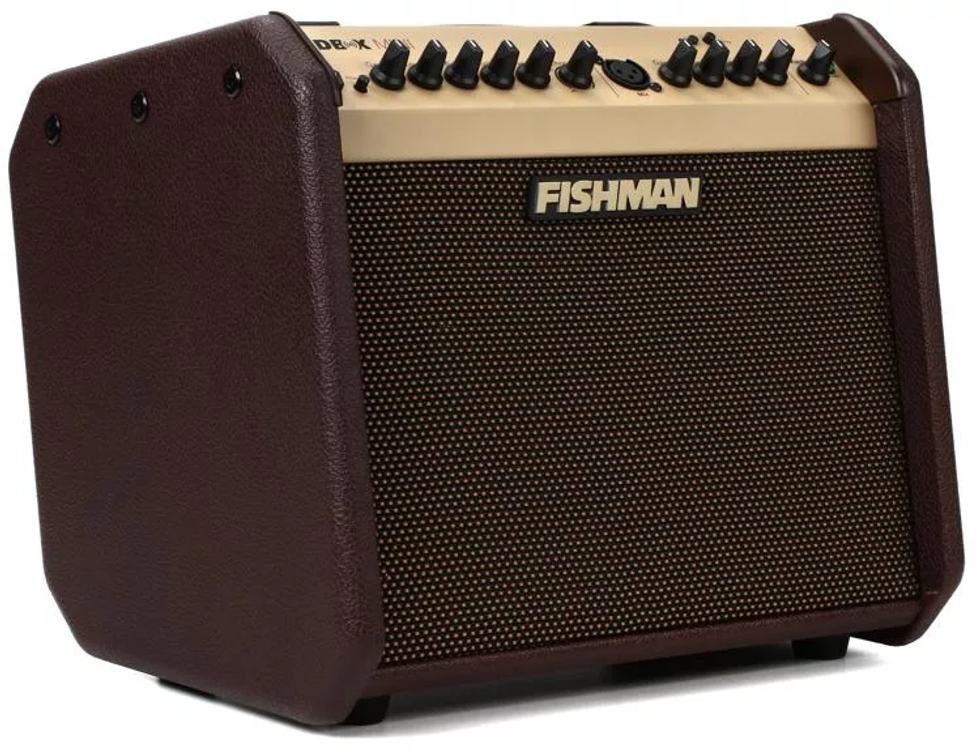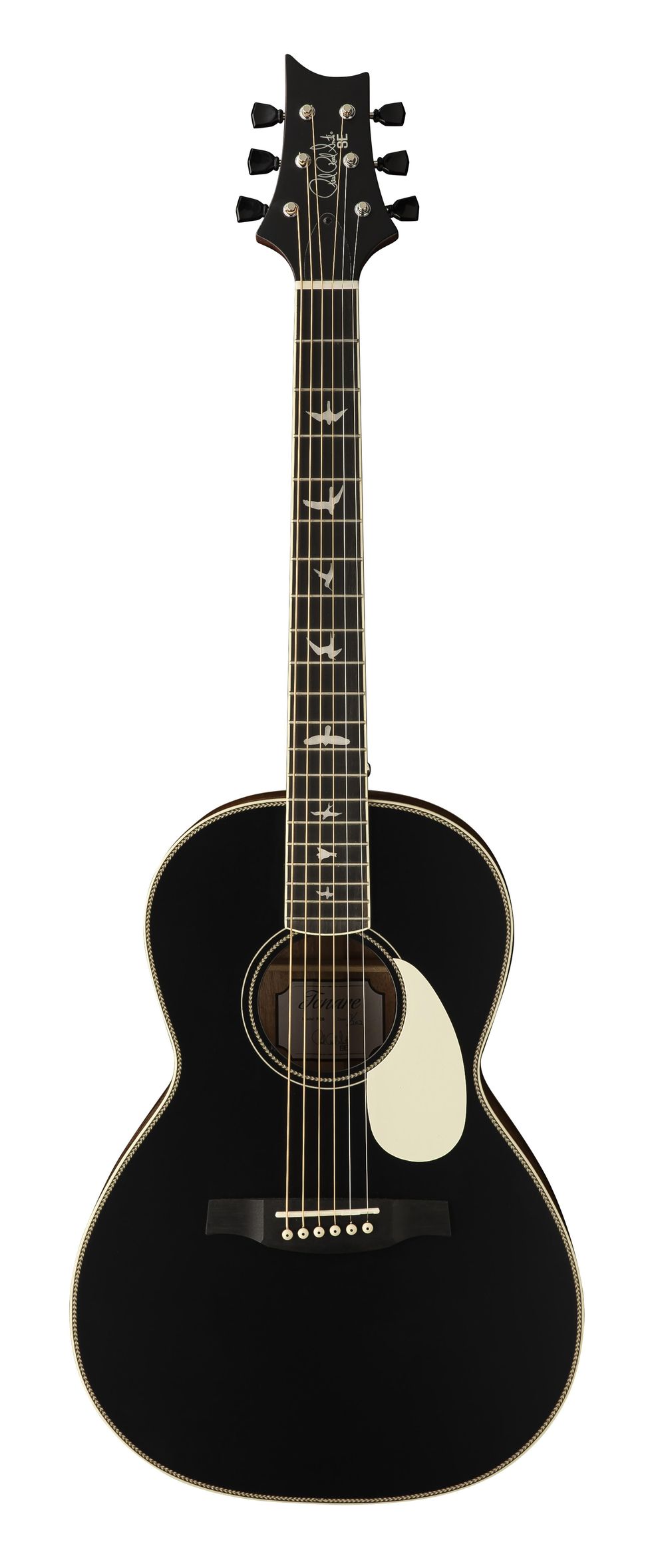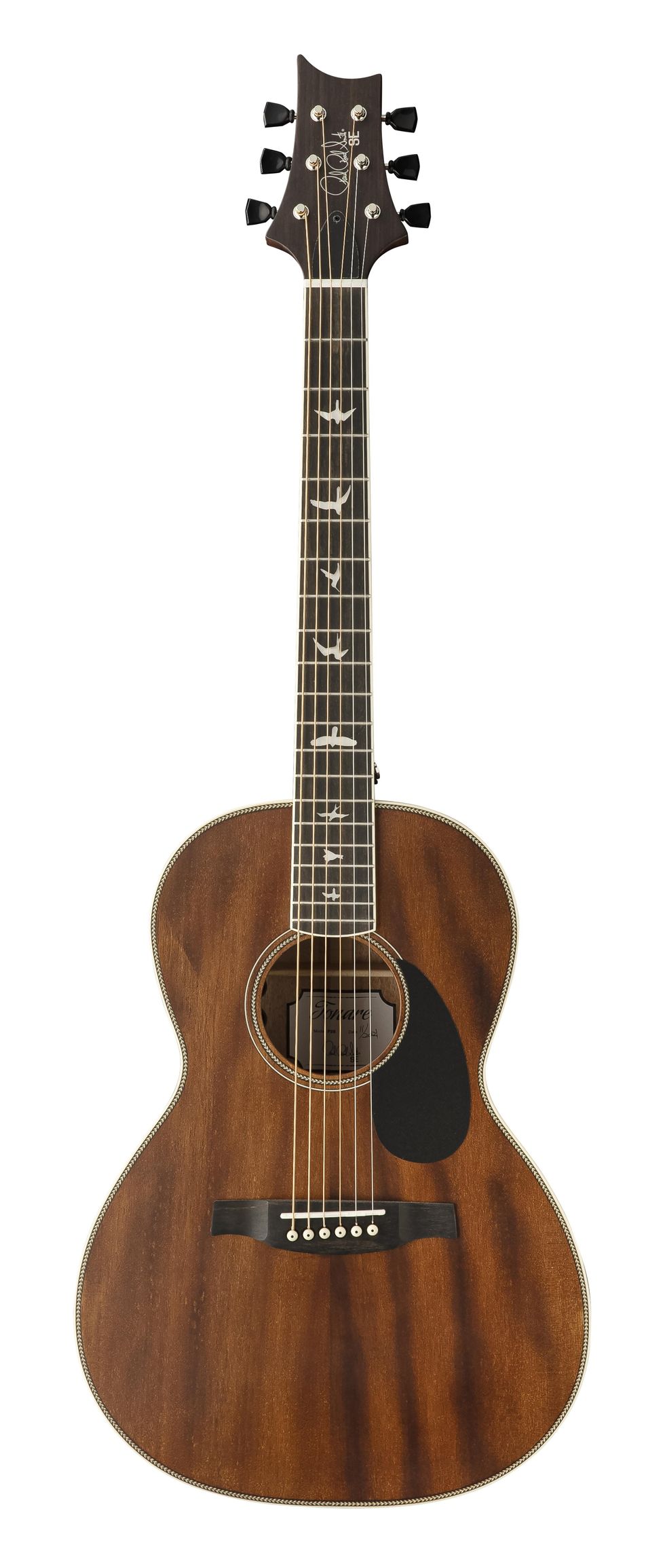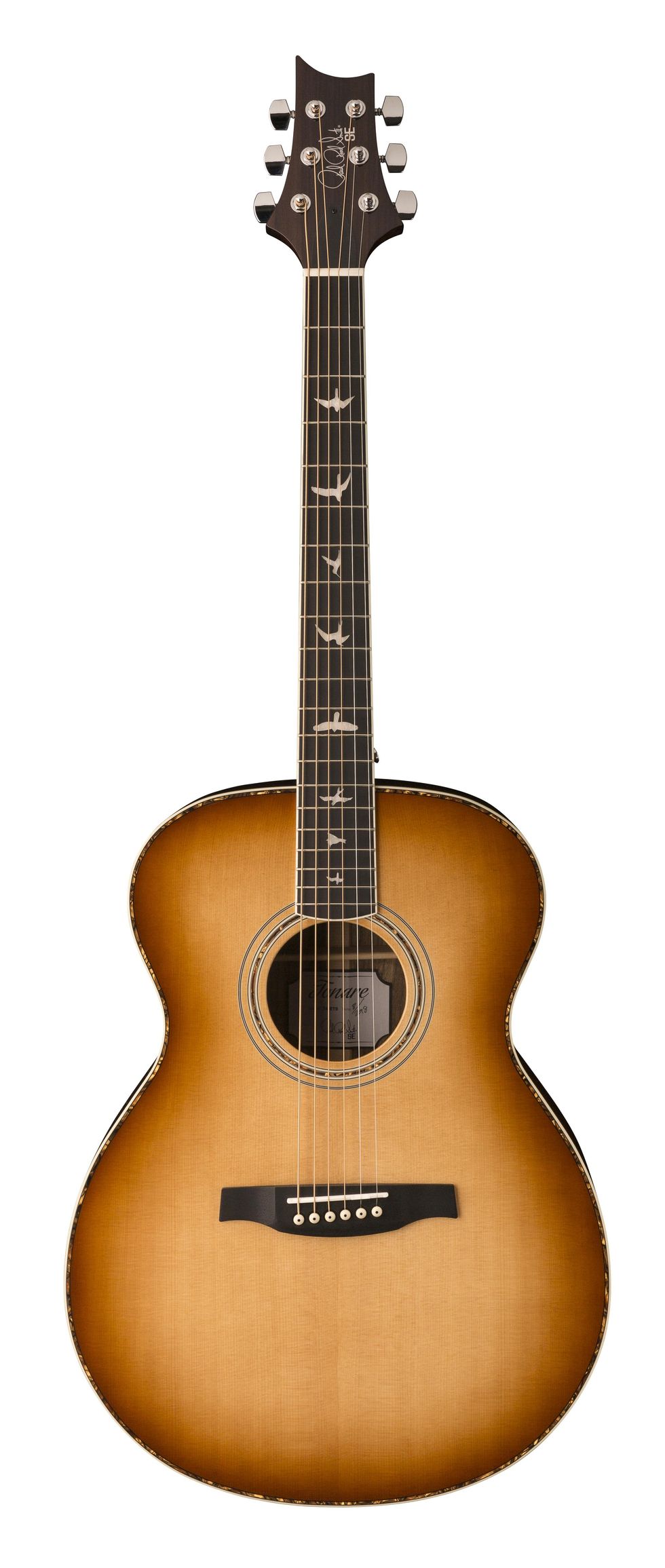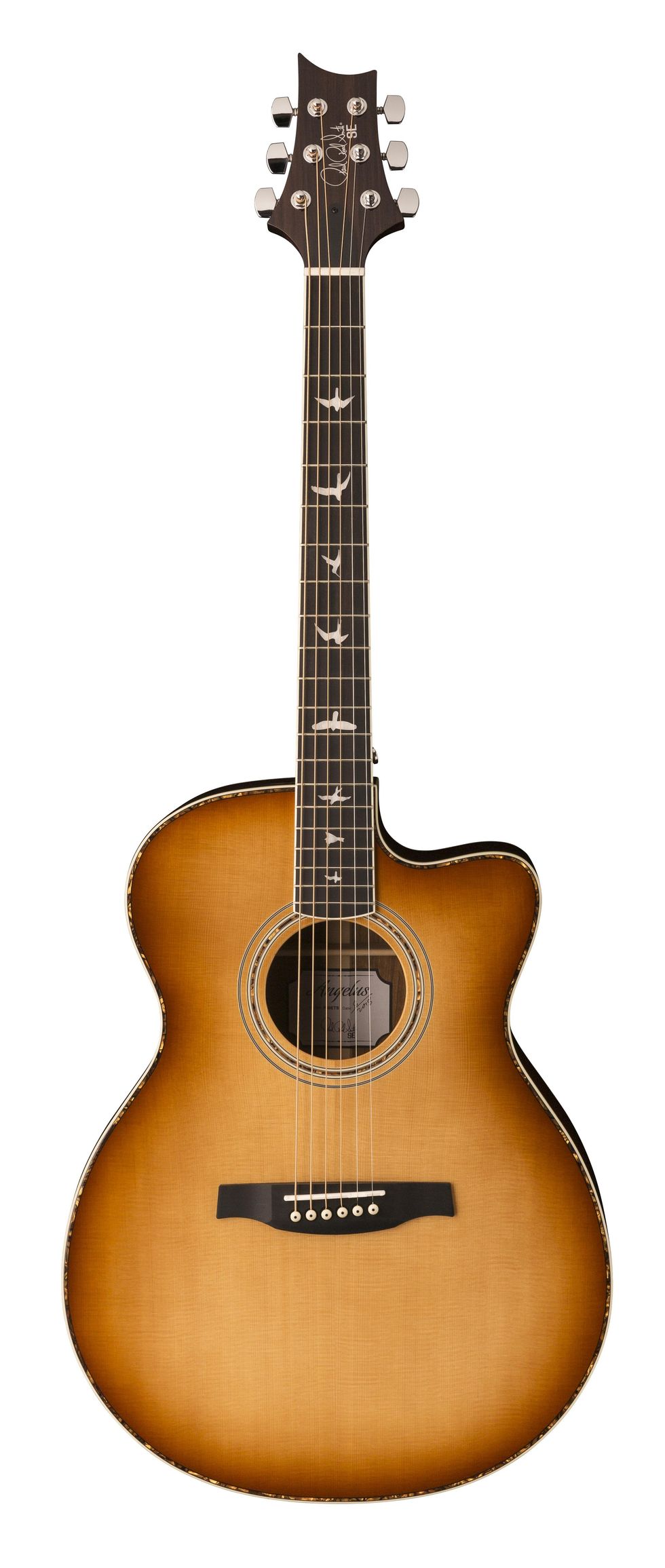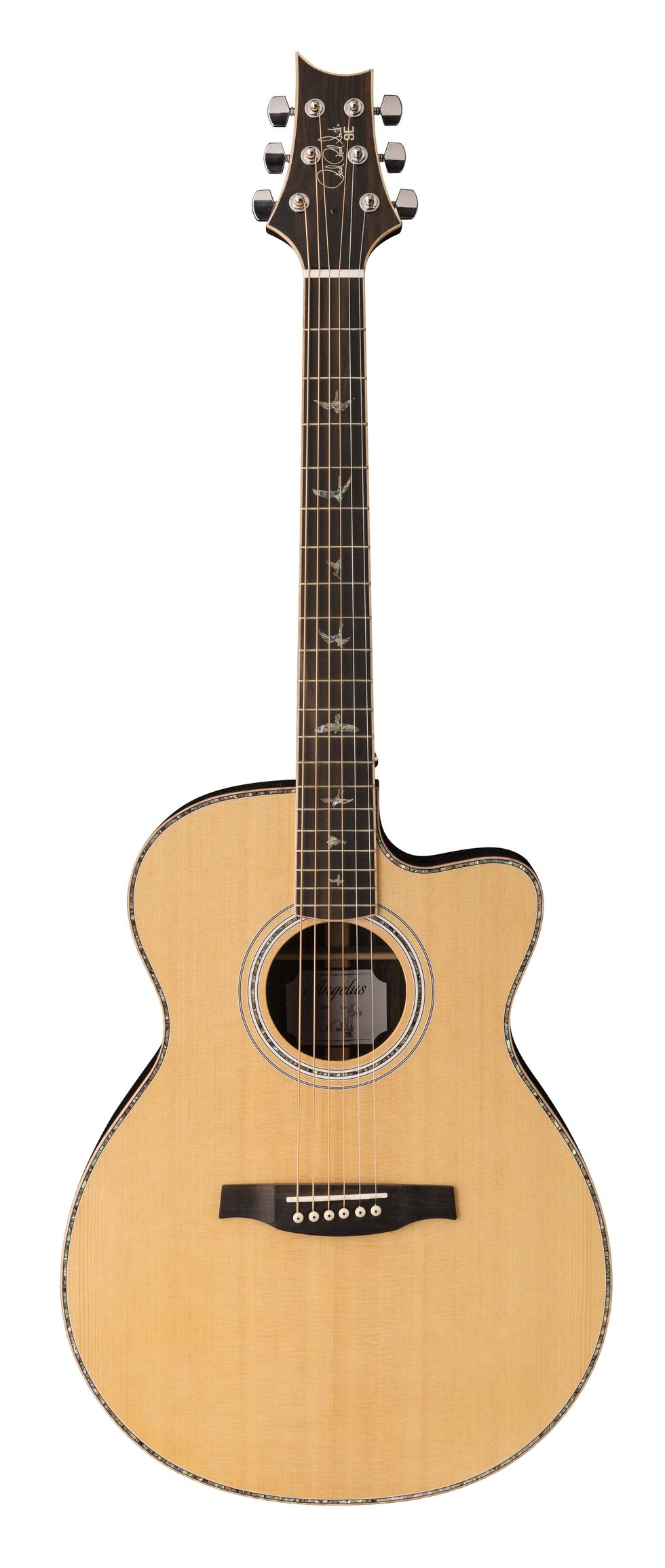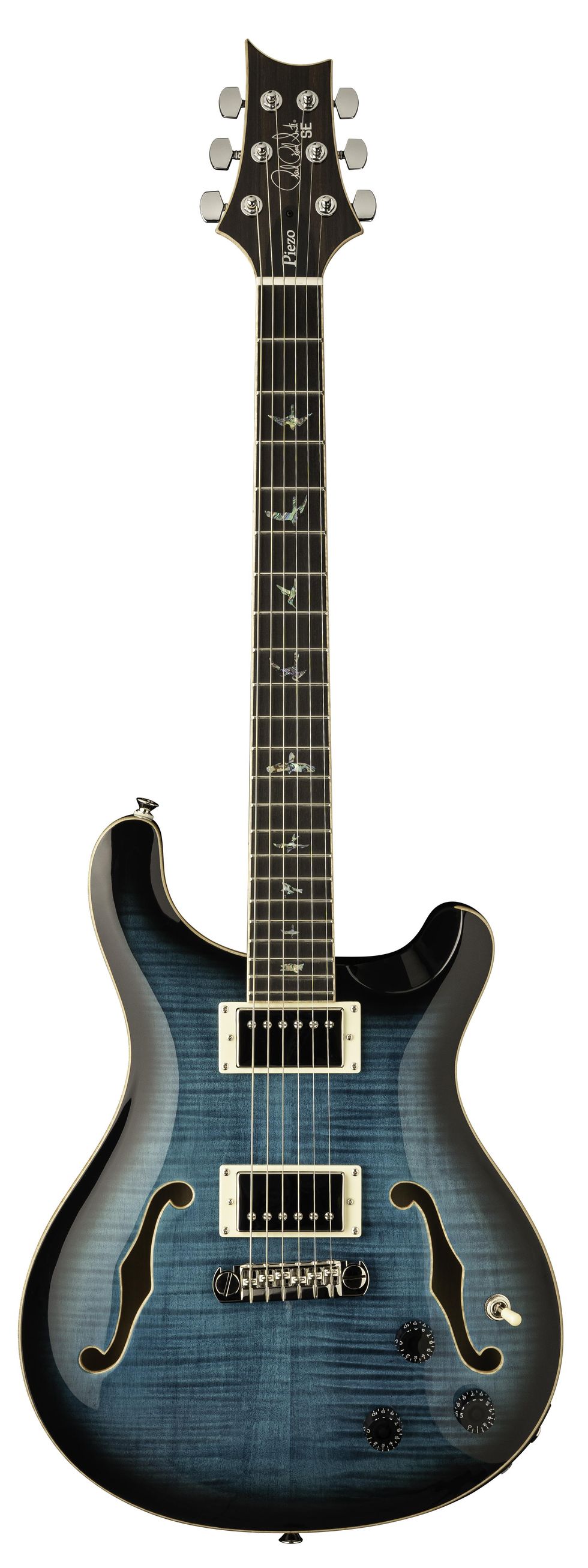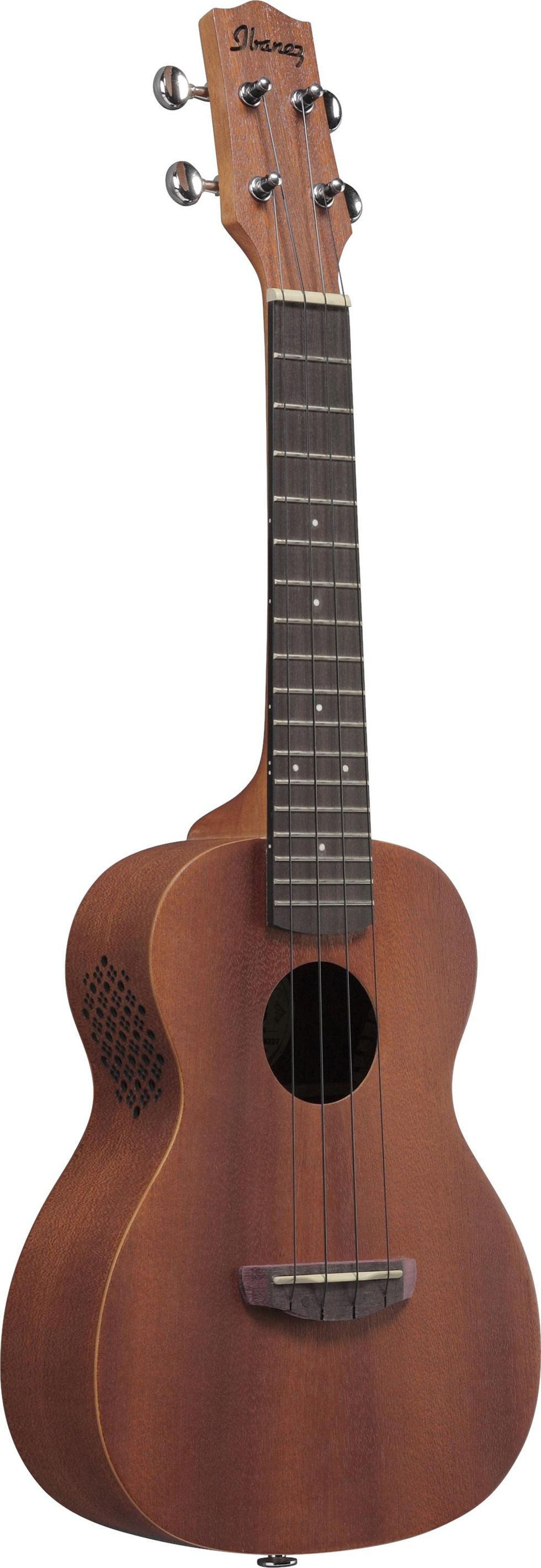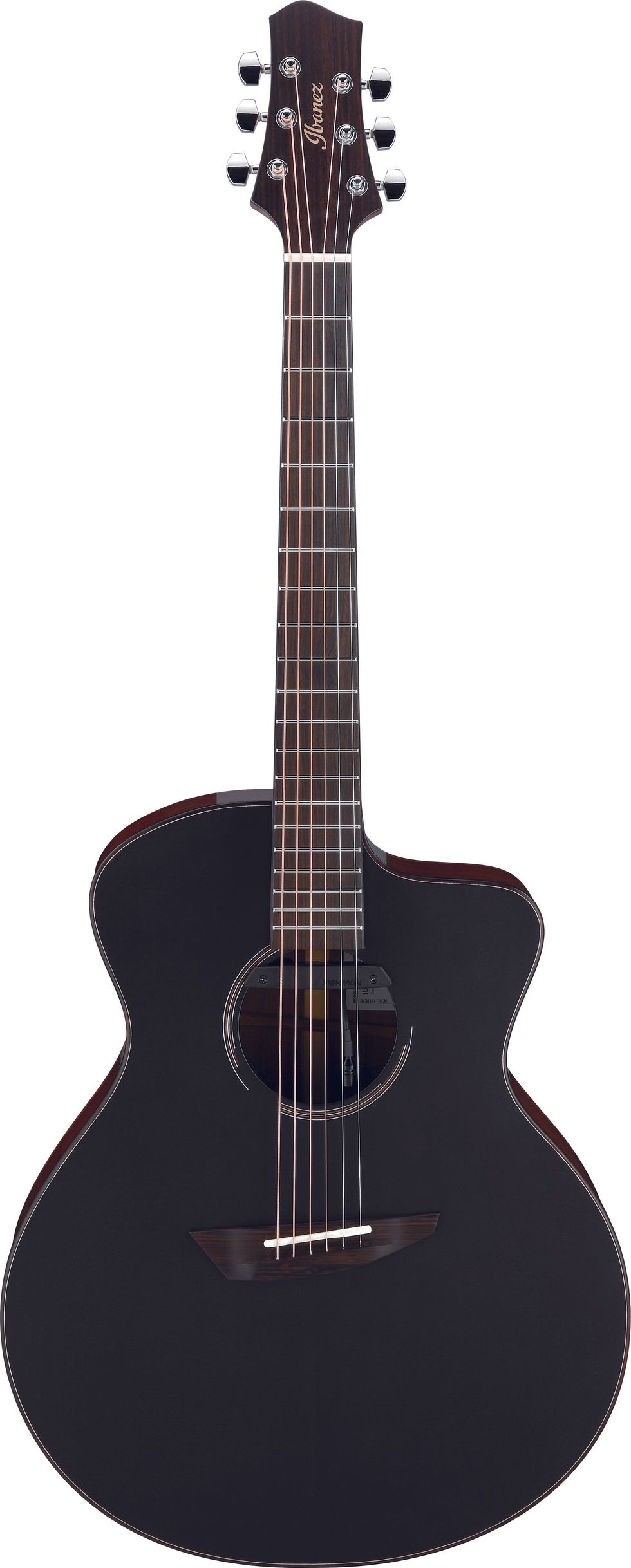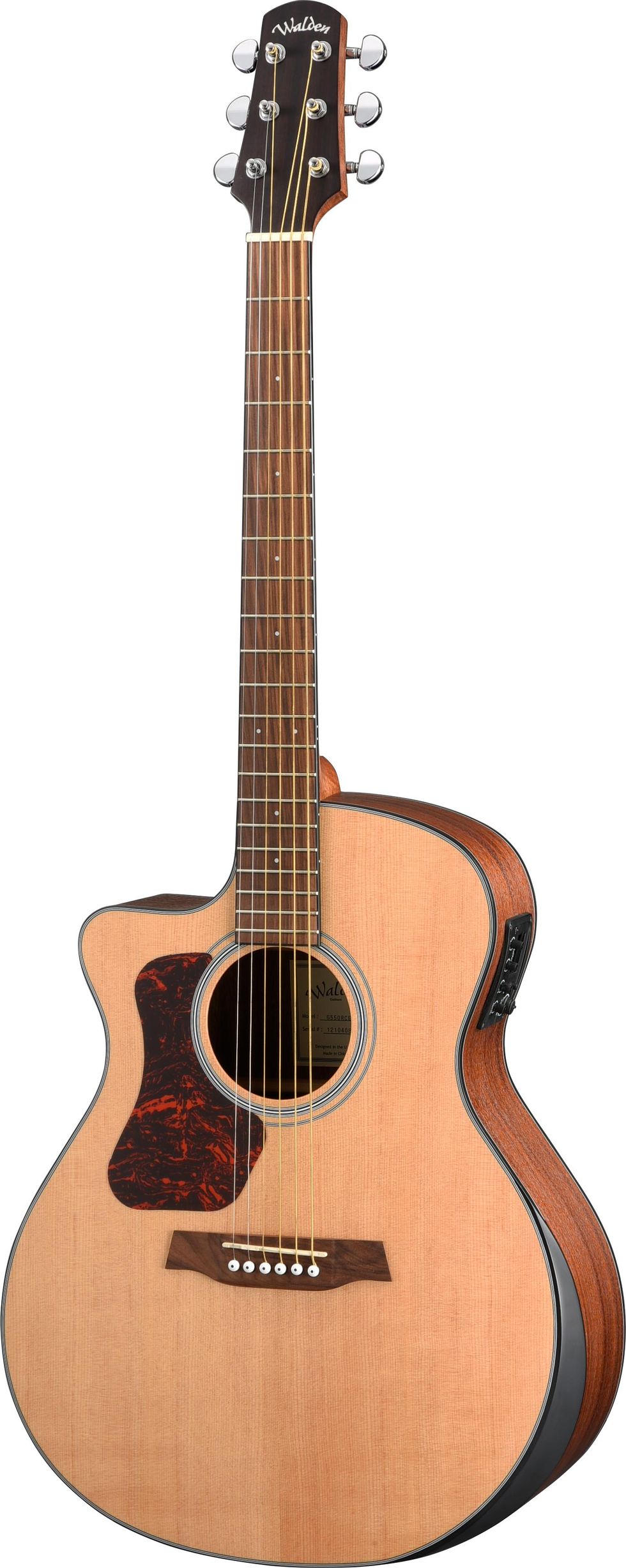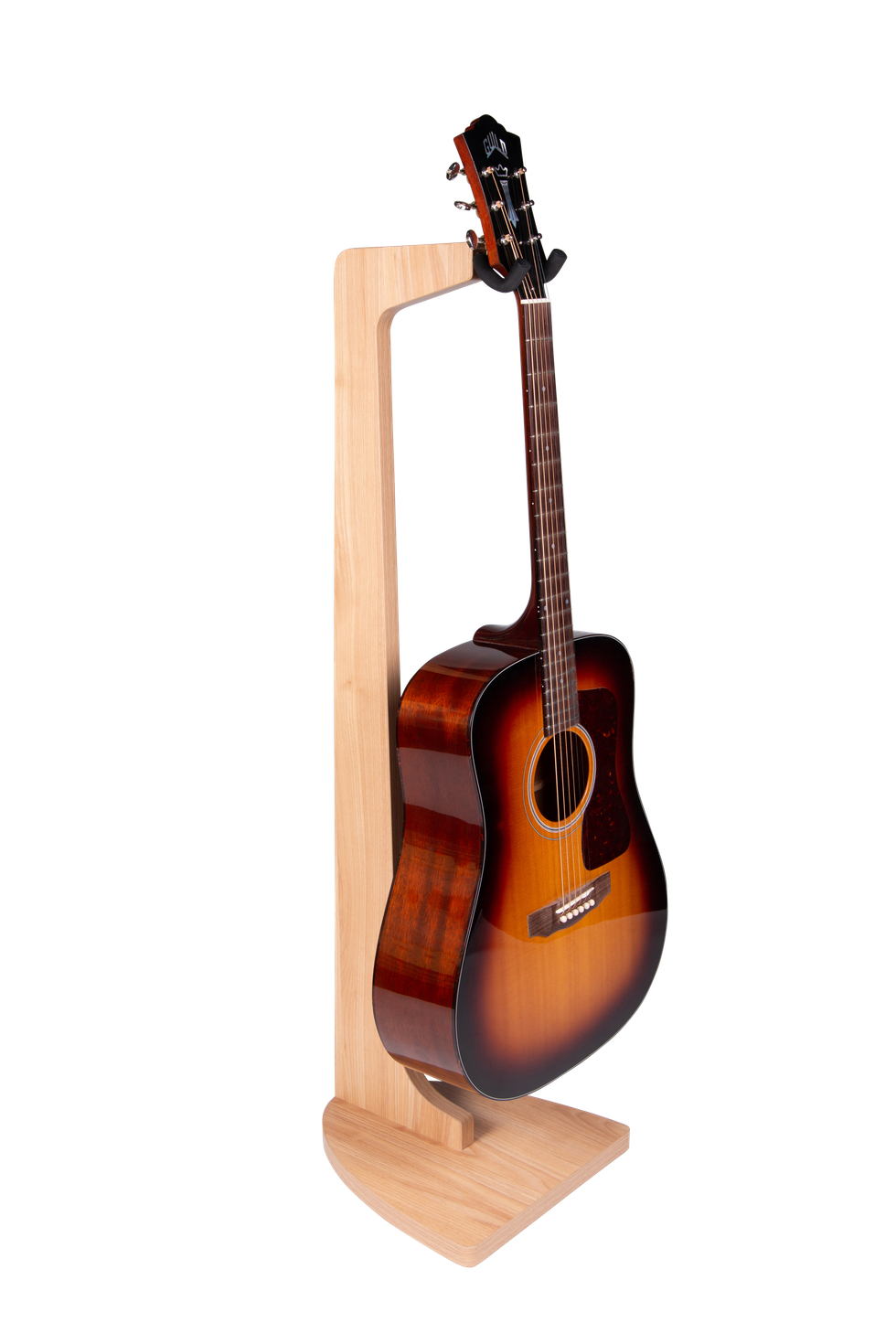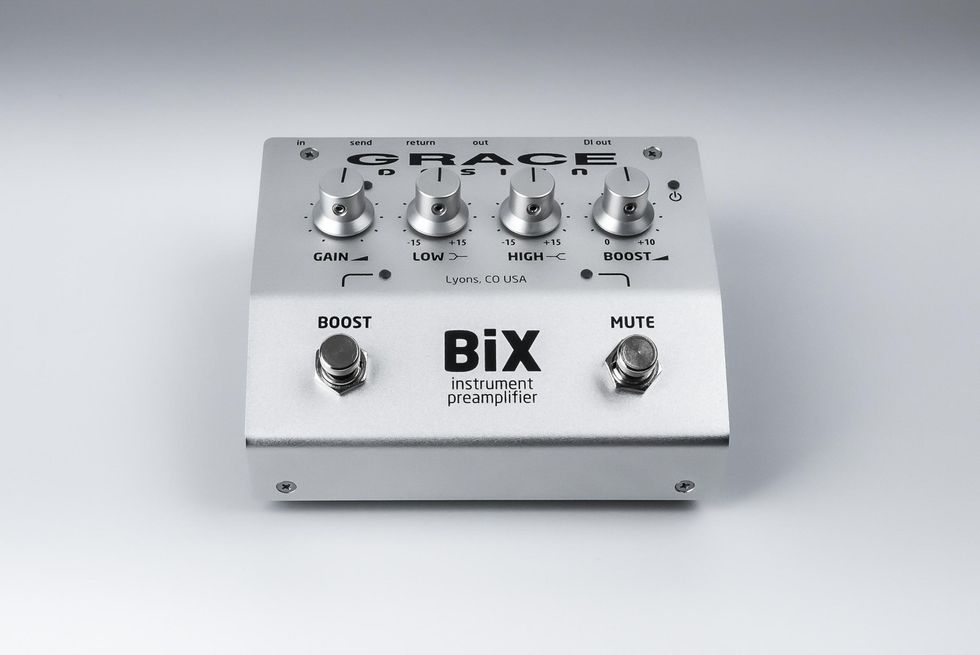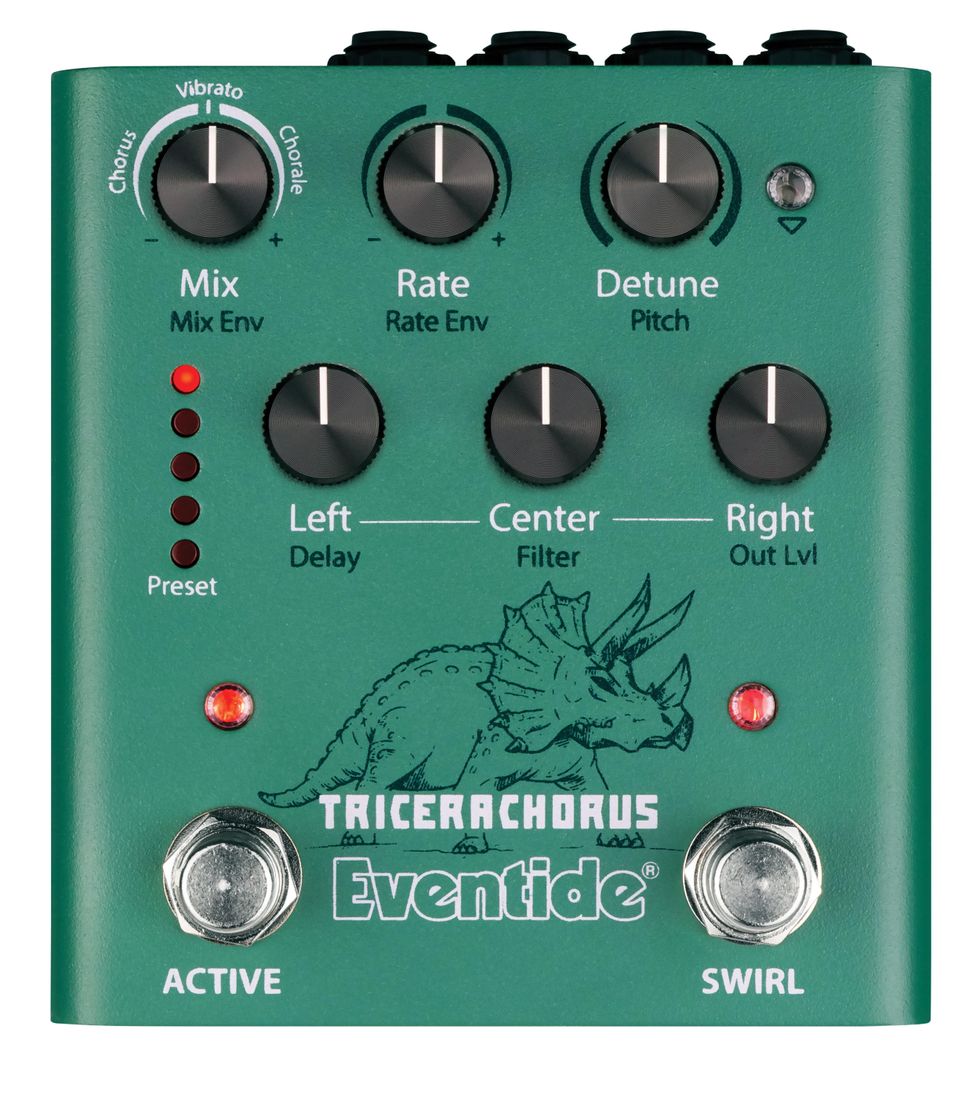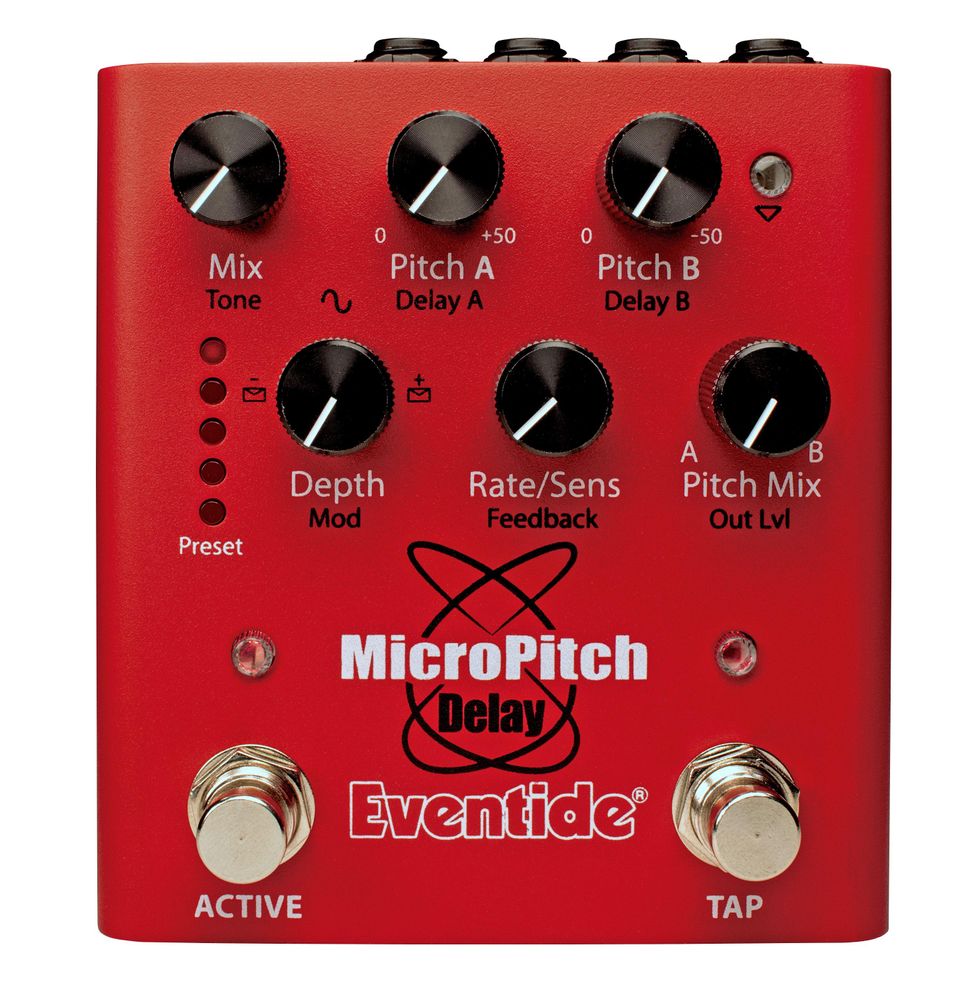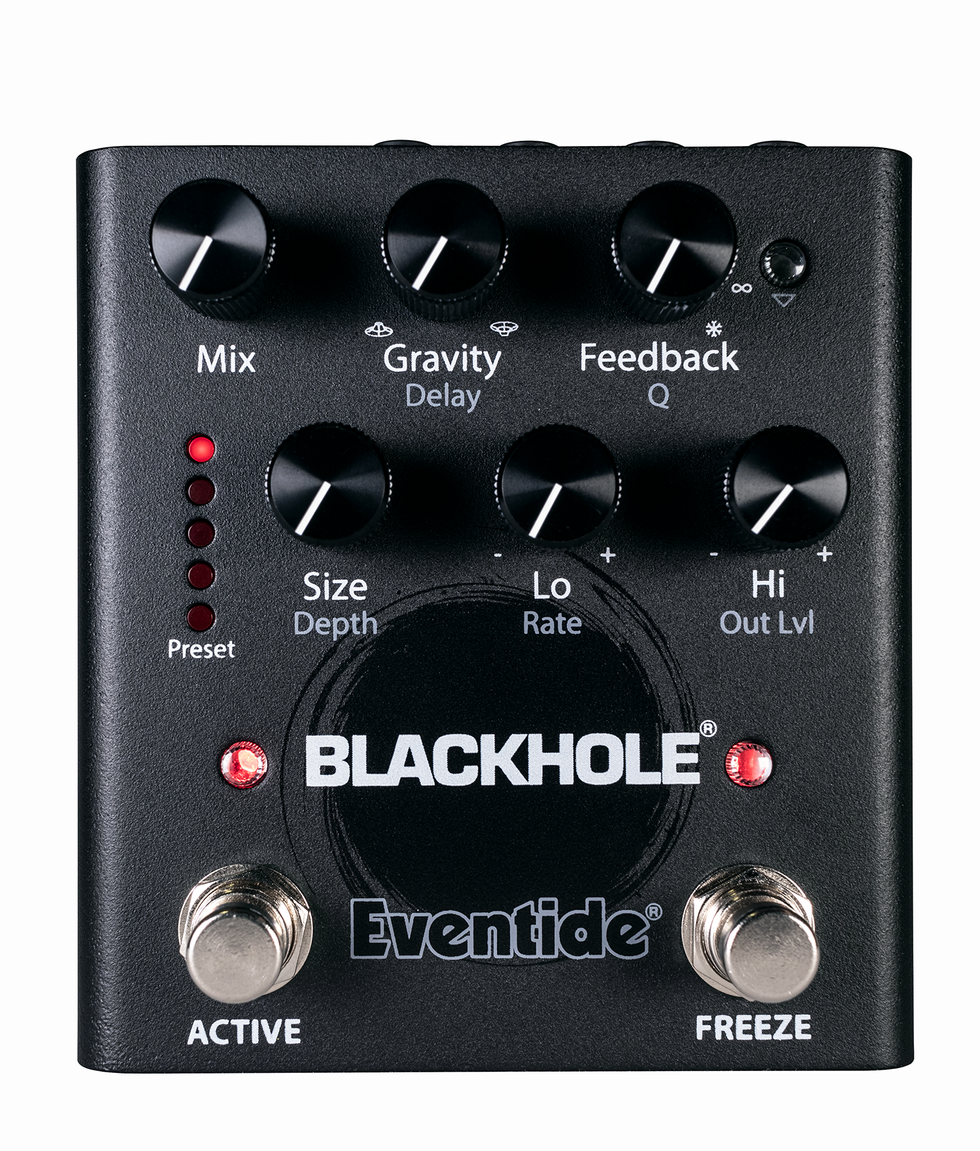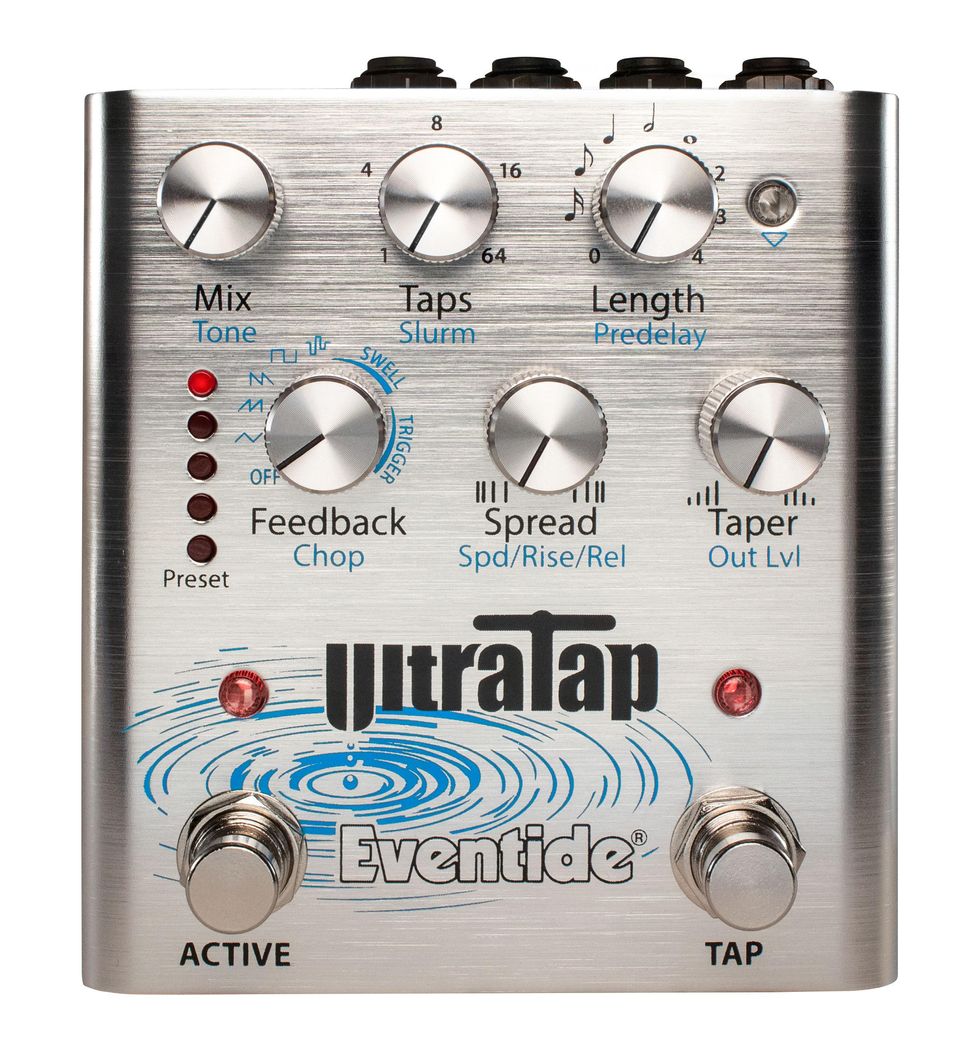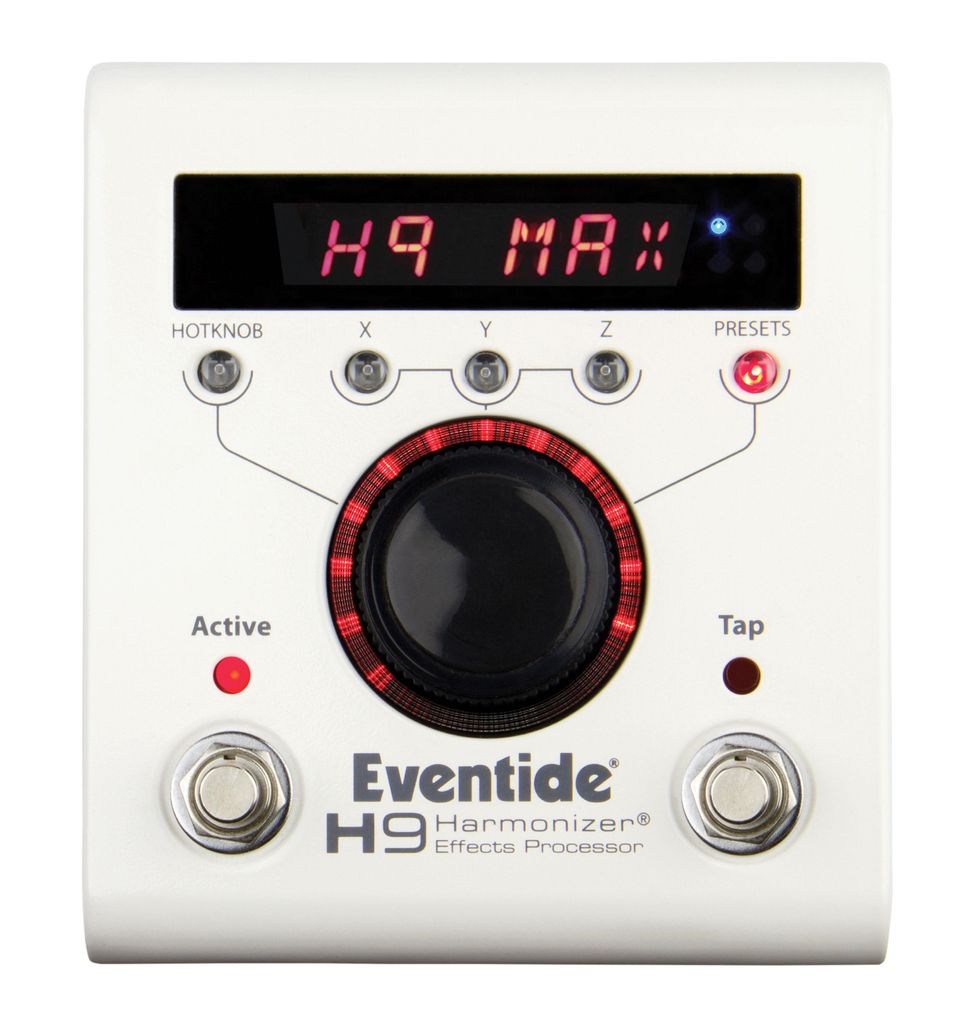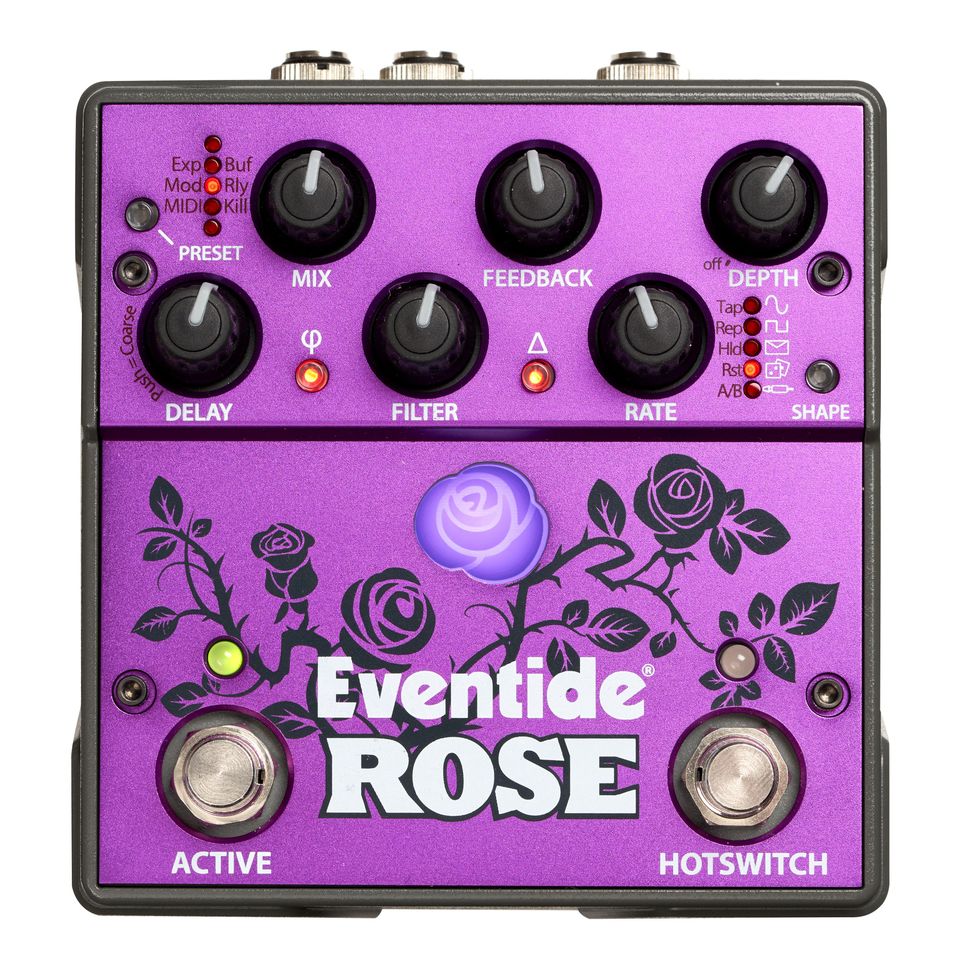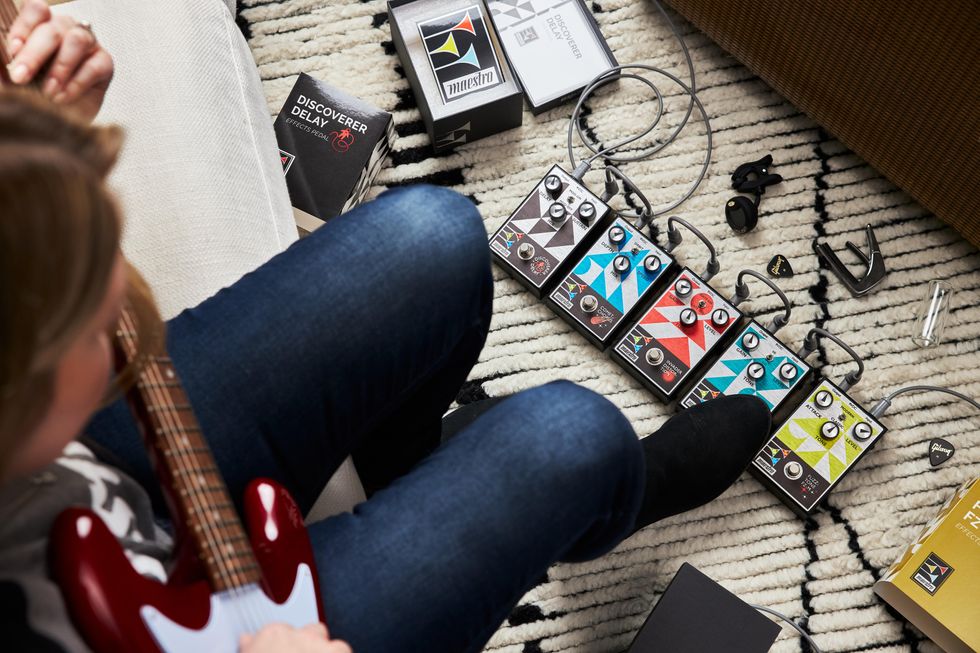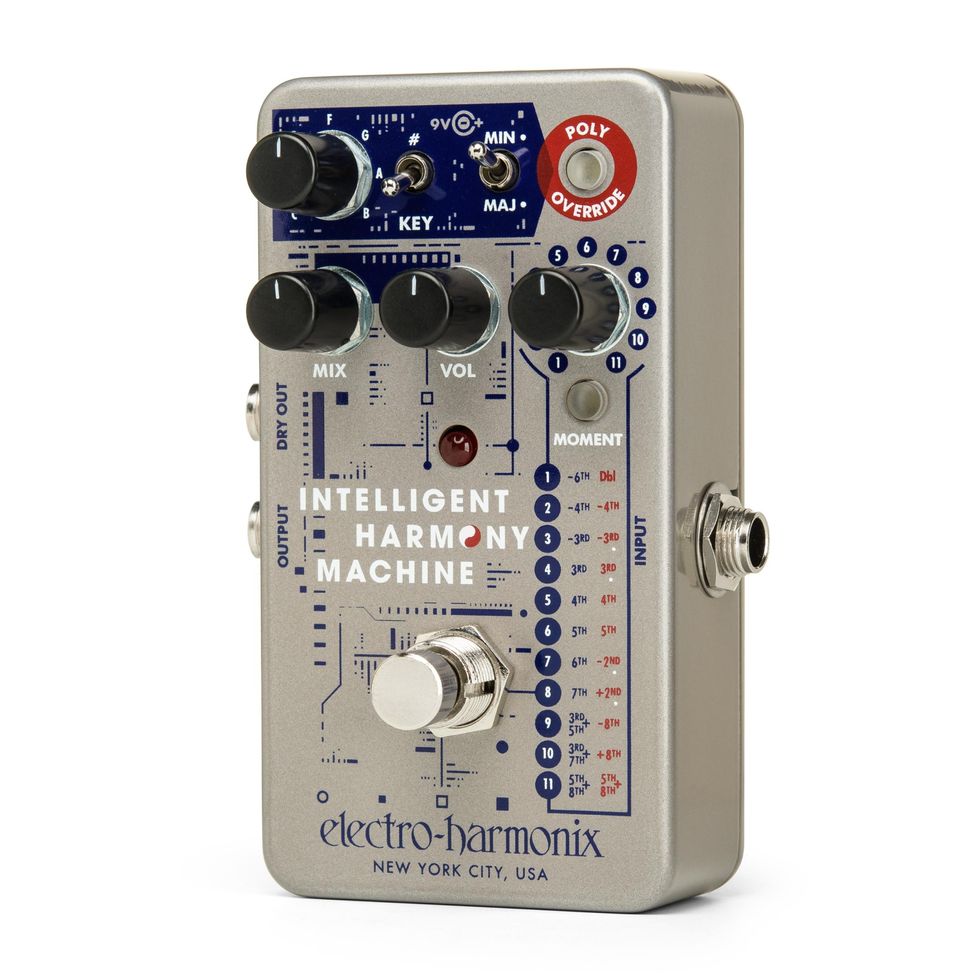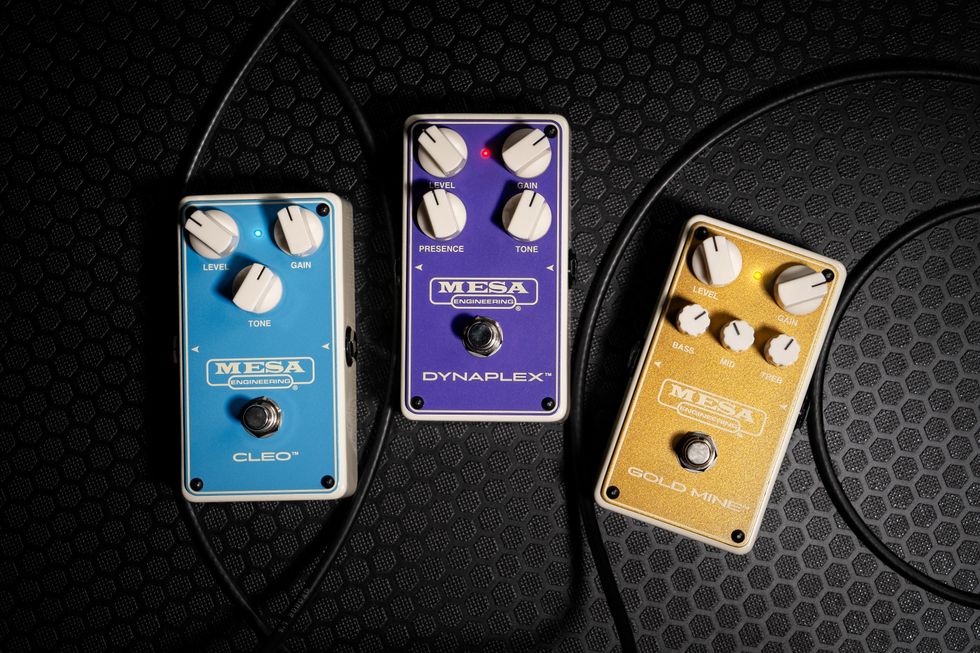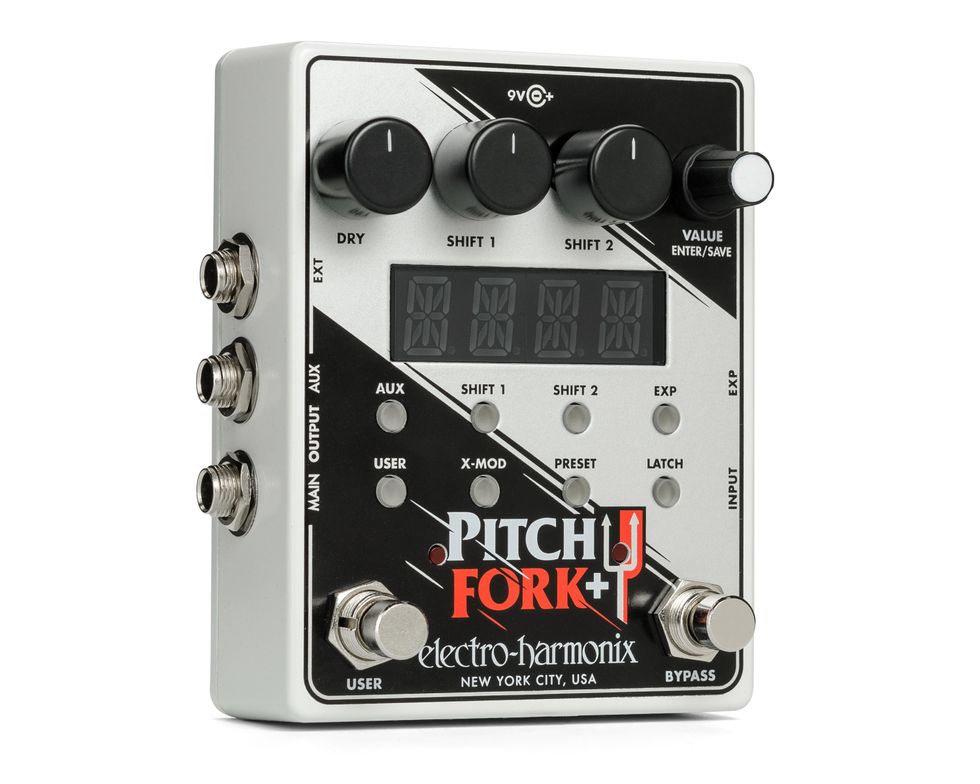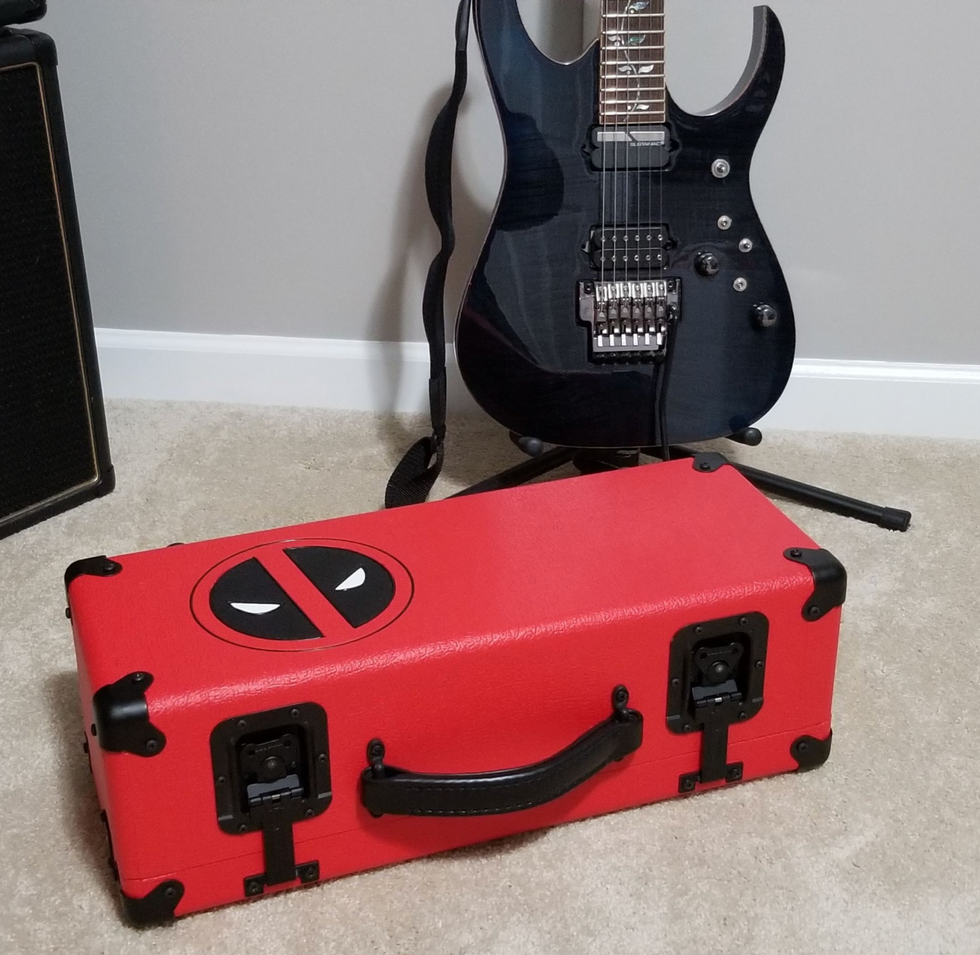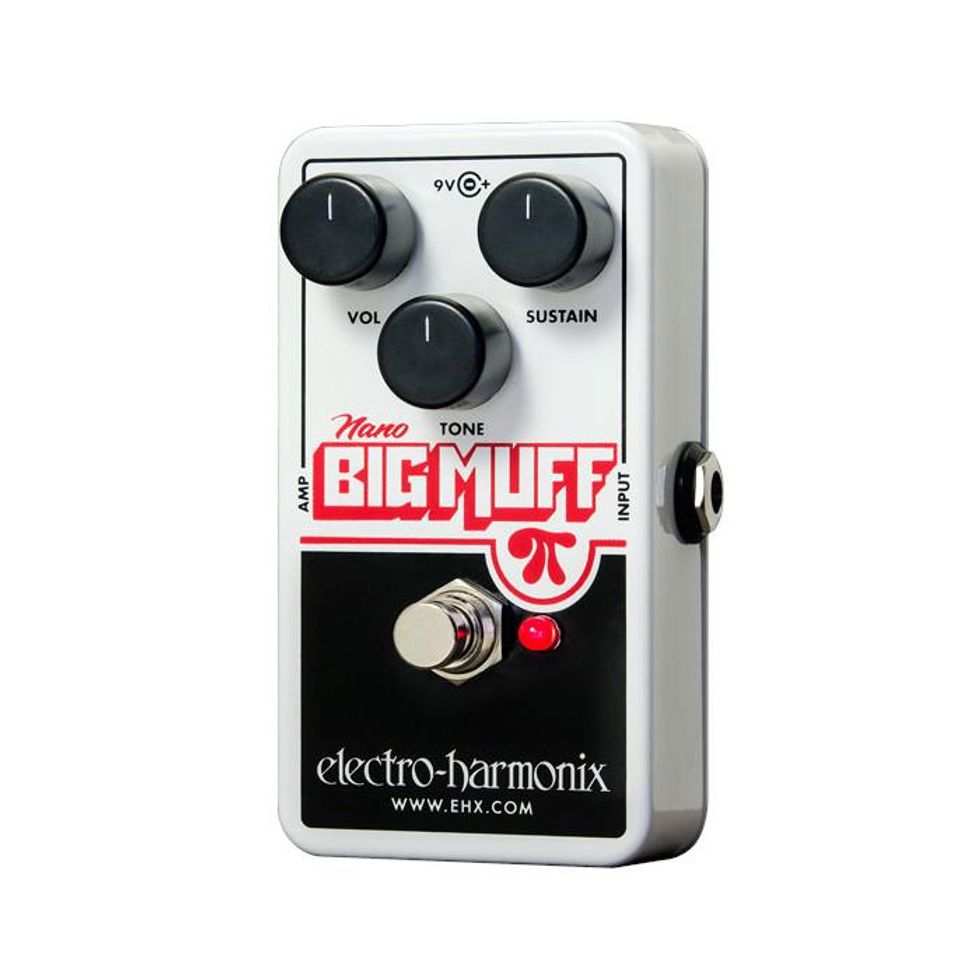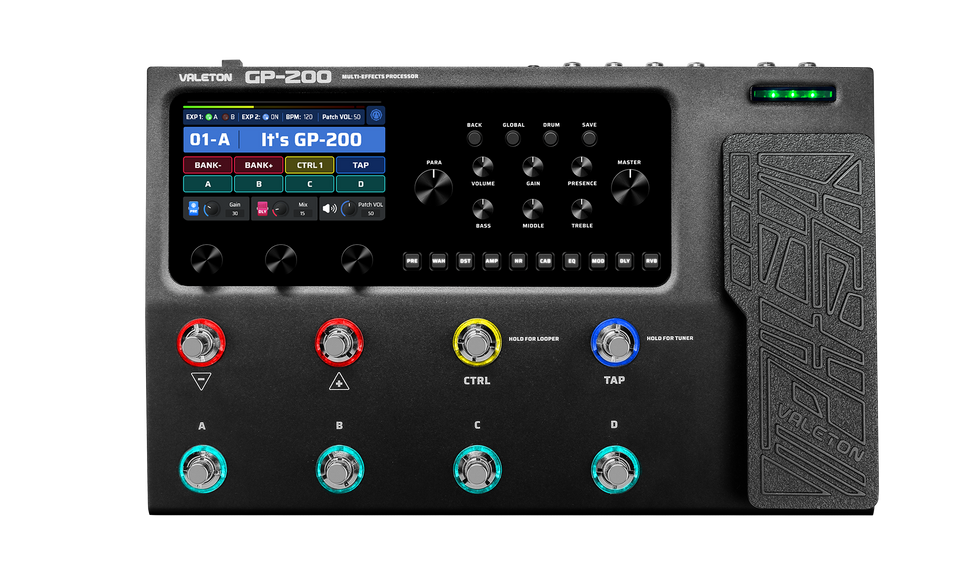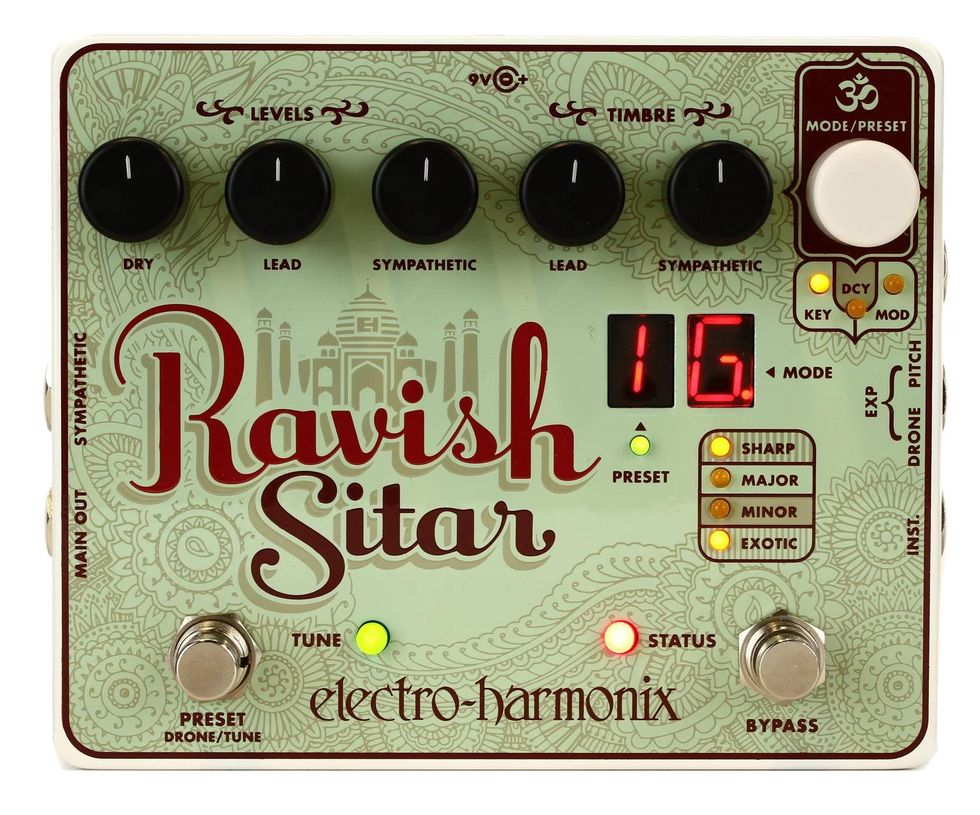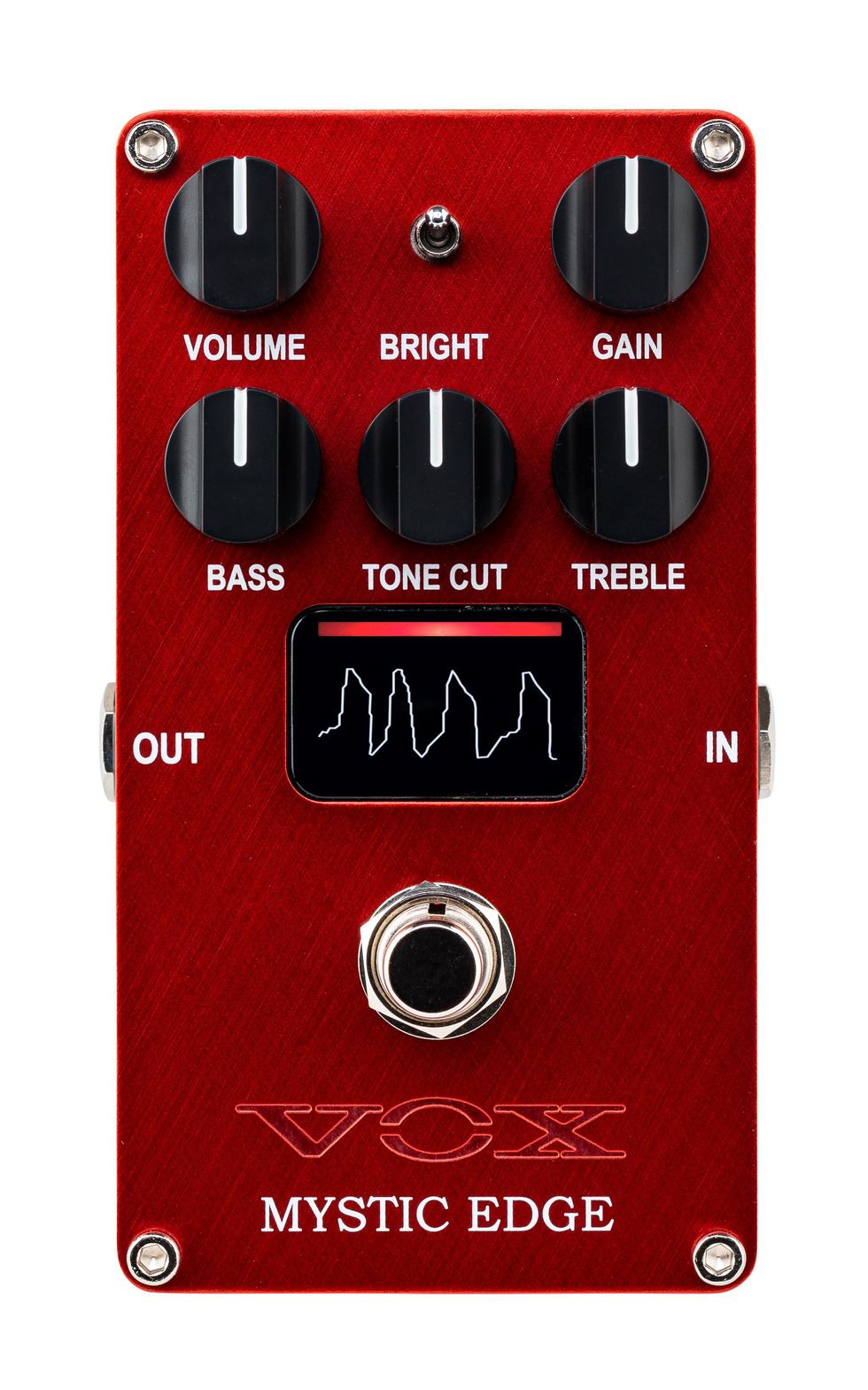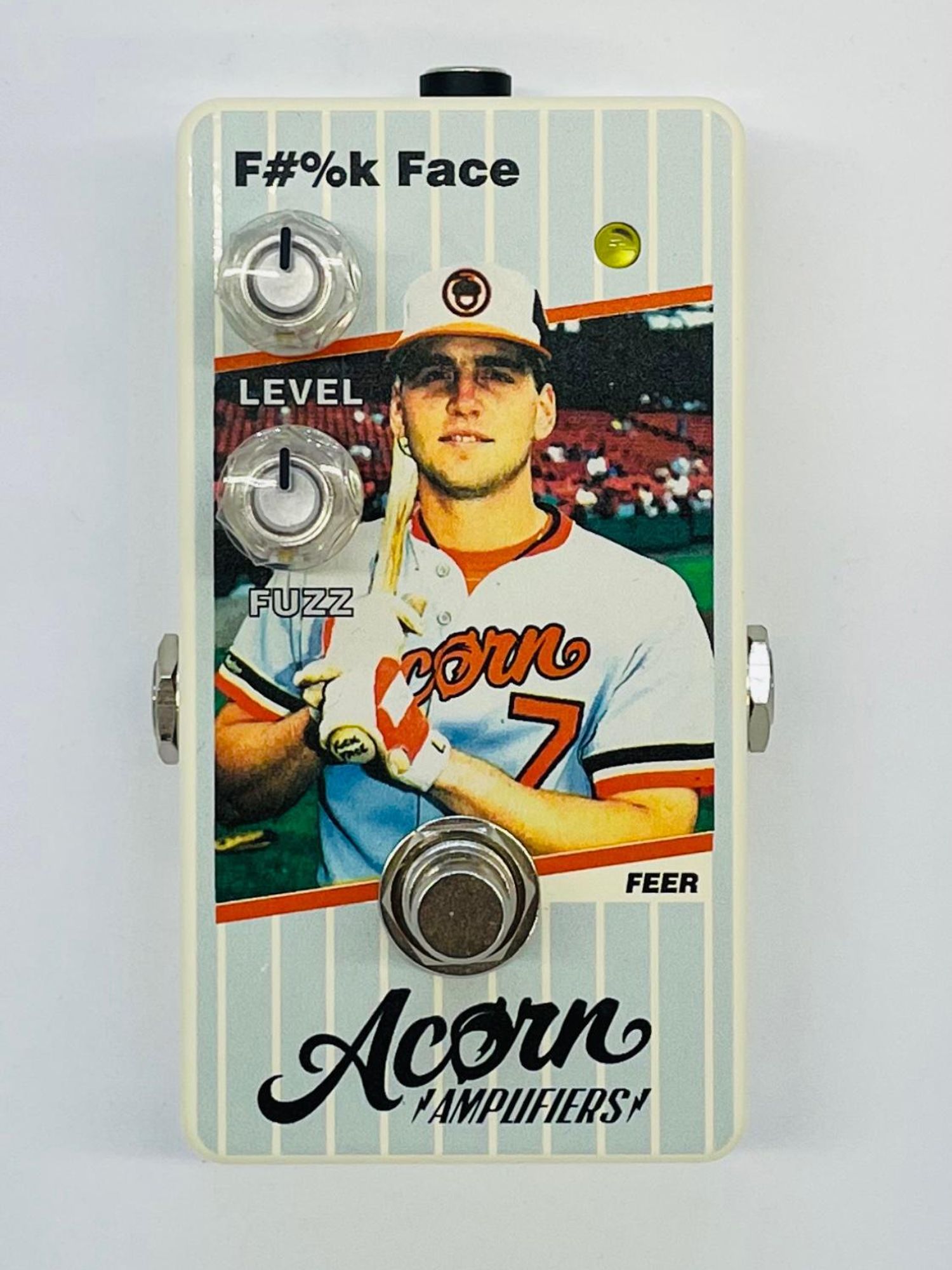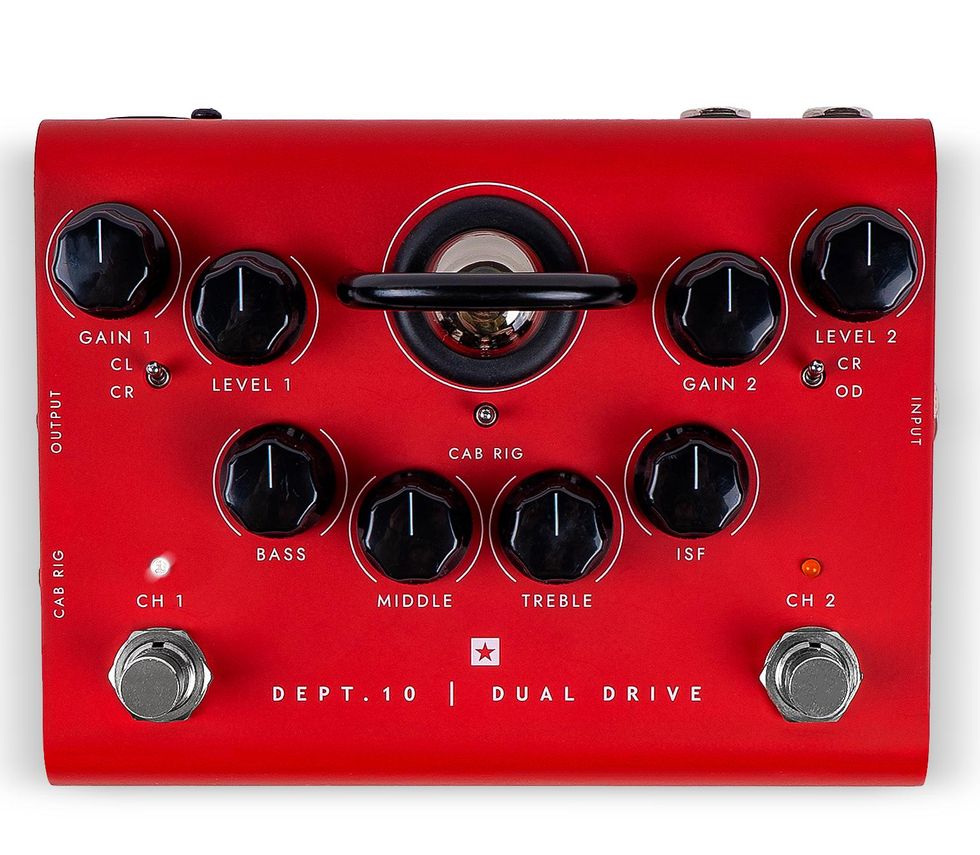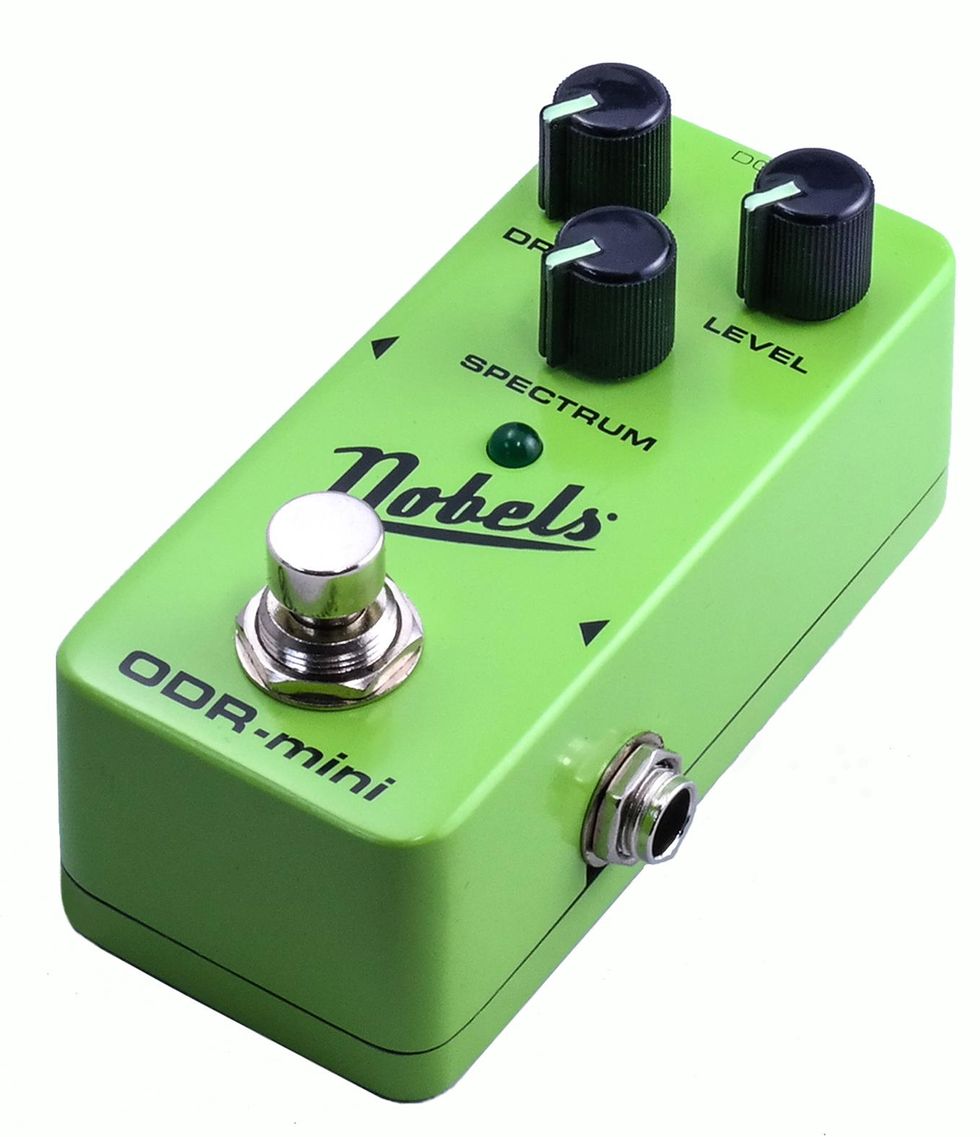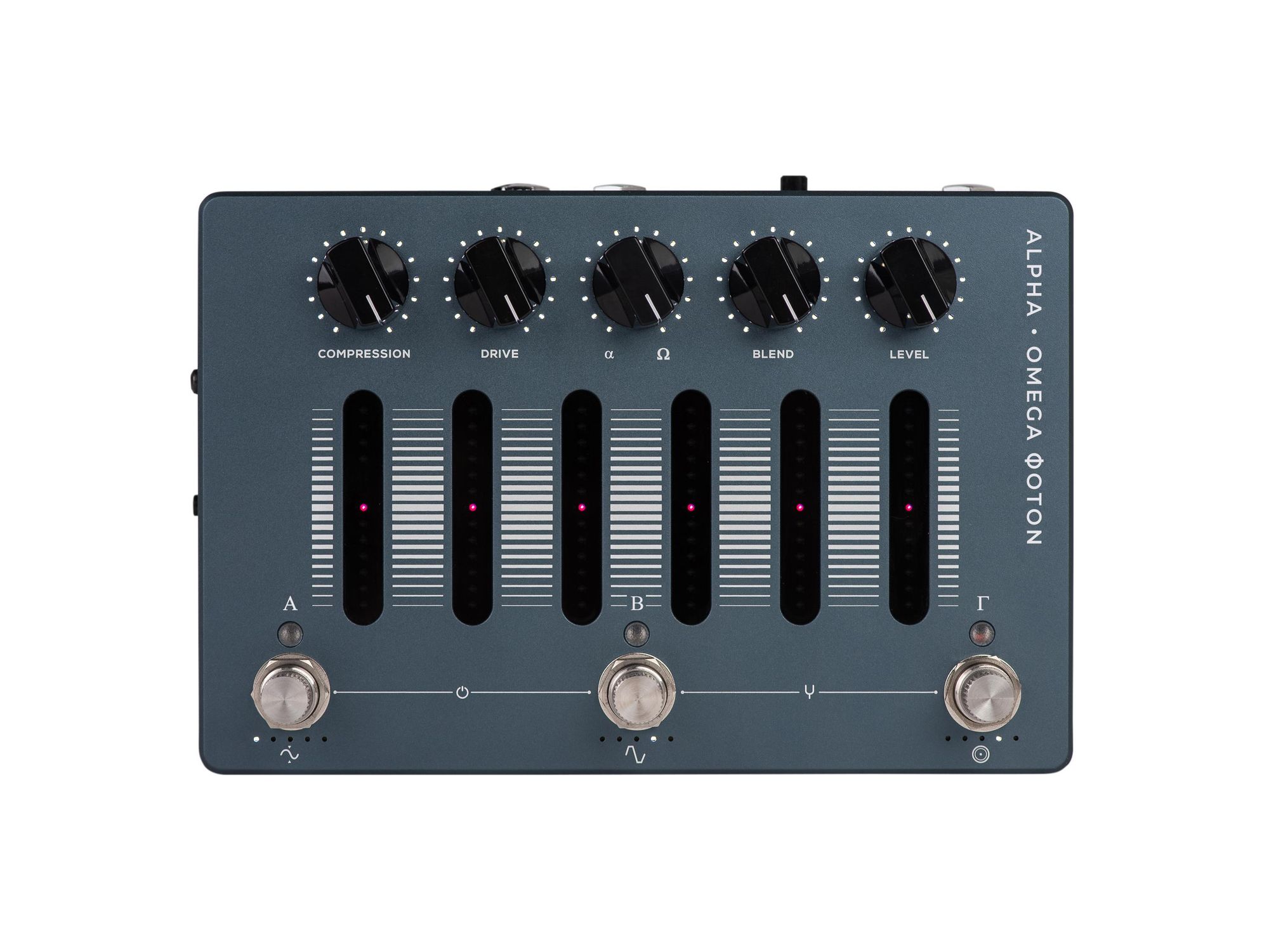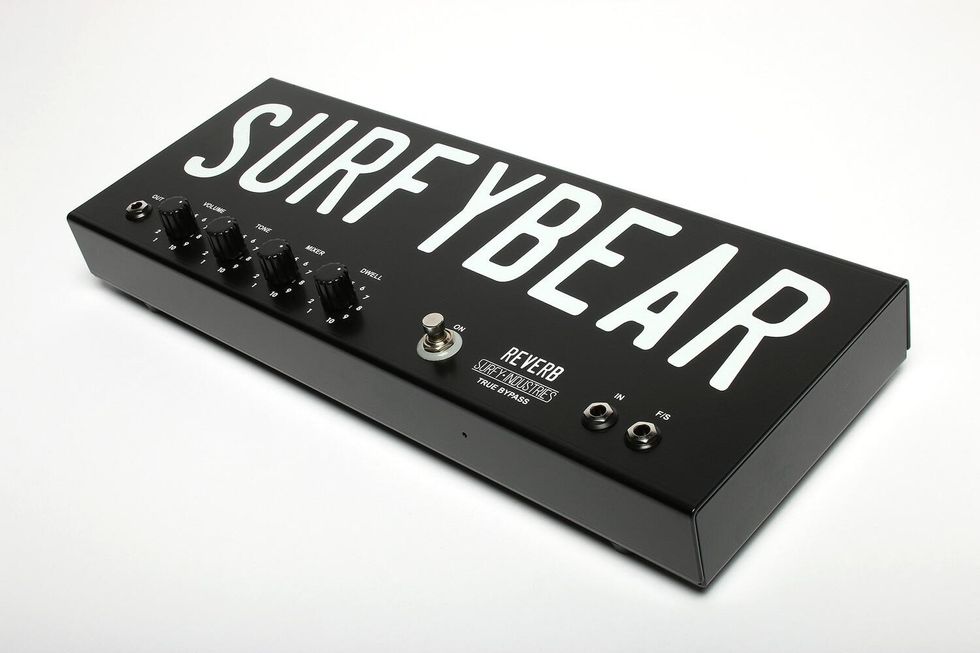As we near the holiday retail season, many marketing teams around the world are knee-deep in spreadsheets looking for answers to these burning questions. What did we spend this on year? Where did we spend digital promotion this year? Is it working? If not, why isn’t it working?
In many cases, the key questions revolve around marketers’ reliance on programmatic advertising – their primary mode for digital marketing.
What is Programmatic Advertising?
Since the early part of this decade, programmatic banner advertising has taken the marketing world by storm. If you aren’t aware of what marketers are spending 75-85% of the their digital display advertising on, programmatic advertising can be defined pretty simply: advertising bought, placed, and paid for by computers. I mean, it makes sense, right? From our offices to our cars, and even our kitchens, computers dominate our lives. Why wouldn’t they be the best at buying and targeting online advertising?
For the last 10 years or so, a growing number of marketers became convinced that their best value in digital advertising would be to place ads through 3rd-party, programmatic marketplaces. It seemed like an easy, efficient course-of-action. You set a budget and buy into a marketplace of publishers offering their website real estate to target the audiences of your choice - allowing a marketer a hands-off approach from the leg-work required to grow brands.
Does it work?
As usual, with a little experience, most things that sound too good to be true are just that. As noted in this fantastic piece from marketing expert David Kohl, marketers are quickly discovering that programmatic advertising isn’t the end-all-be-all solution to attracting customers online. Marketwide, the results have been declining year after year. But, why? The social media age has taught us all firsthand about audience targeting. You search for a pair of scissors on Amazon. You decide not to buy them and move on to checking Weather.com. You scroll to the middle of the page and there it is -- an ad for scissors. Despite the dystopian, 1984-esque, concerns, there is another clear point here: You’re looking at the weather, is now a great time to offer you that can’t-miss deal on scissors?
Consider the Context and Environment
And, so, we’ve reached the meat of it: Context matters. Here it is directly from Mr. Kohl on the reasons behind the ineffectiveness of programmatic advertising:
“I’d argue we’re witnessing the perfect storm of three interwoven factors that make it nearly impossible to close the gap between programmatic advertising investment and returns: namely the dismal ratio between digital media budgets and their actual media buying power, an over-reliance on audience targeting, and the near complete disregard for the content environment perpetuated by marketer’s love affair with too-cheap-to-be-true programmatic advertising CPMs.”
The environment in which consumers view advertising is perhaps the most essential factor in driving engagement and, eventually, conversions. A 2016 comScore study examined “the effectiveness of advertising appearing adjacent to content generally considered to be premium”. Its research demonstrated a 67% higher brand lift attribute to the contextual environment in which ads are seen. If given the choice between extremely low-cost advertising on a thousand different sites unrelated to my brand, or a more expensive, but high-quality and premium content campaign in my industry, I’m taking the latter every time.
The Takeaway
Buying impressions and buying attention are not the same thing. As Kohl says, “Attention is built on a viewer’s trust of the environments in which ads are seen. Premium, professional content is an environment where attention is greater, dwell times are longer and trust in ad messages is highest.”
Audience targeting can still be a quality choice in reaching consumers. I would argue that the best strategy is to do both audience targeting AND content targeting. Find the content where users are highly engaged and are paying attention and buy your digital ads there.
After all, computers aren’t better at everything.
__
These are just a few, simple ideas to get the most out of your ad buys. If you need a more personal touch, PG’s Marketing Lab is here to help with any and all of your marketing questions. We’d love to help you develop a strategy specific to your brand, including how PG can help you spread the word via our social media channels. You can sign up for a free, no-pressure consultation with me using the calendar below.







